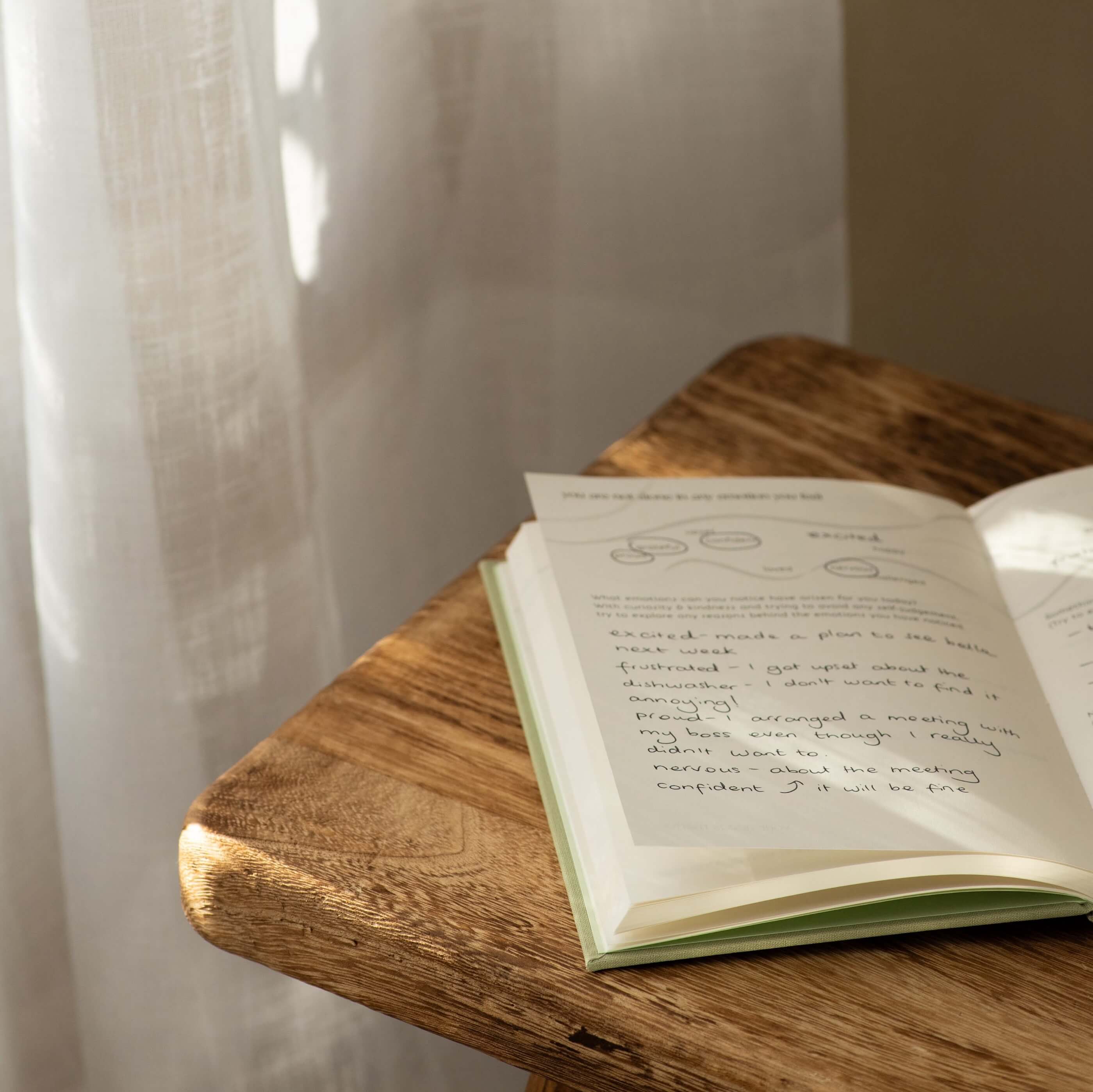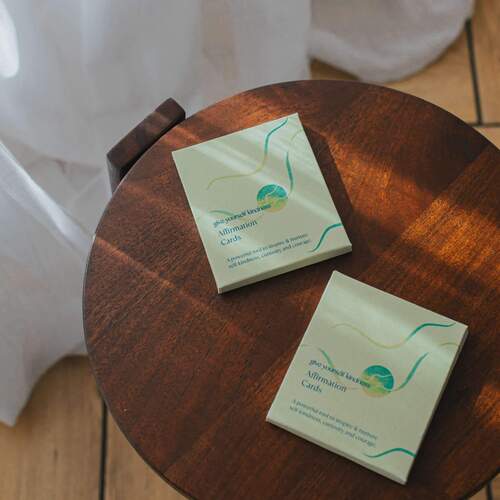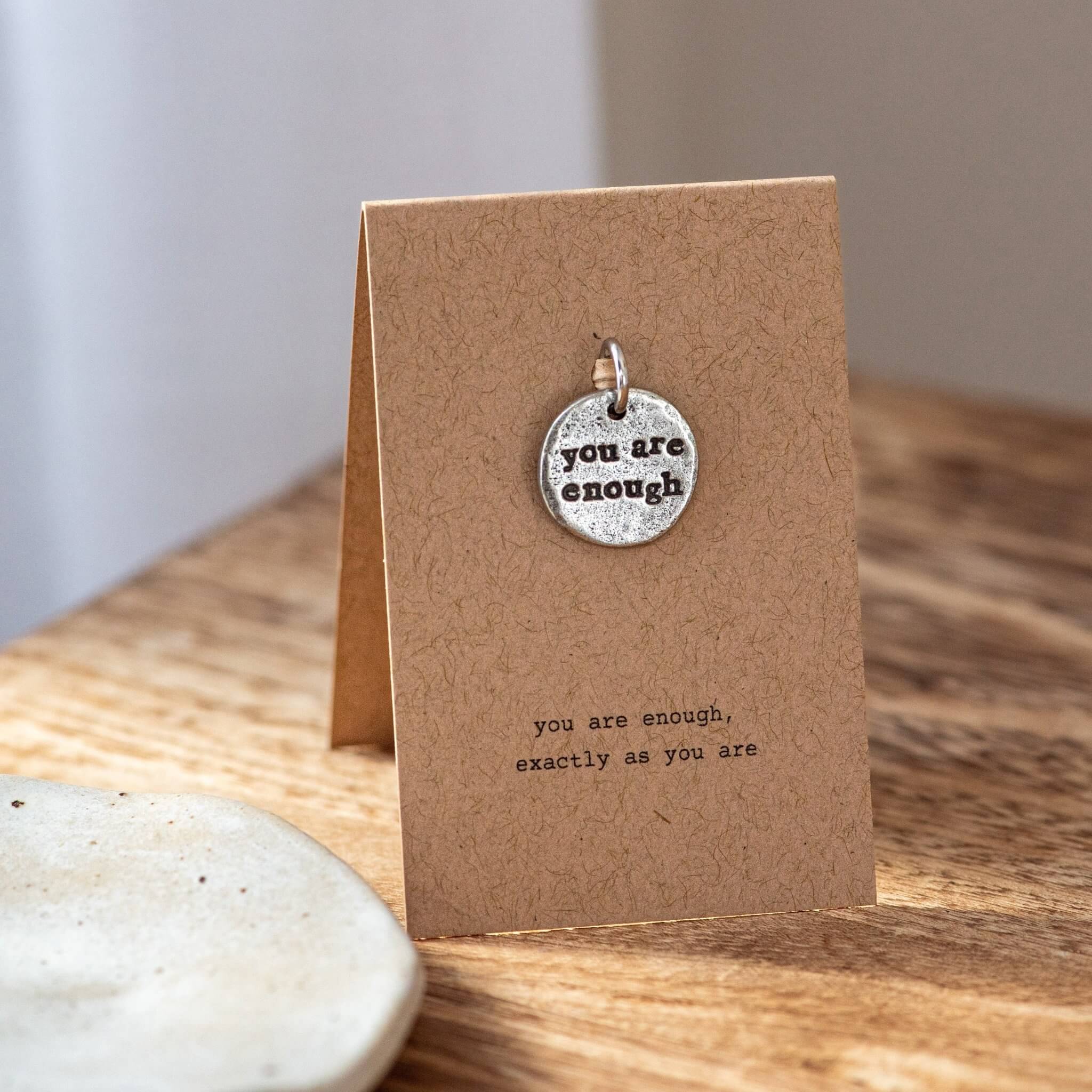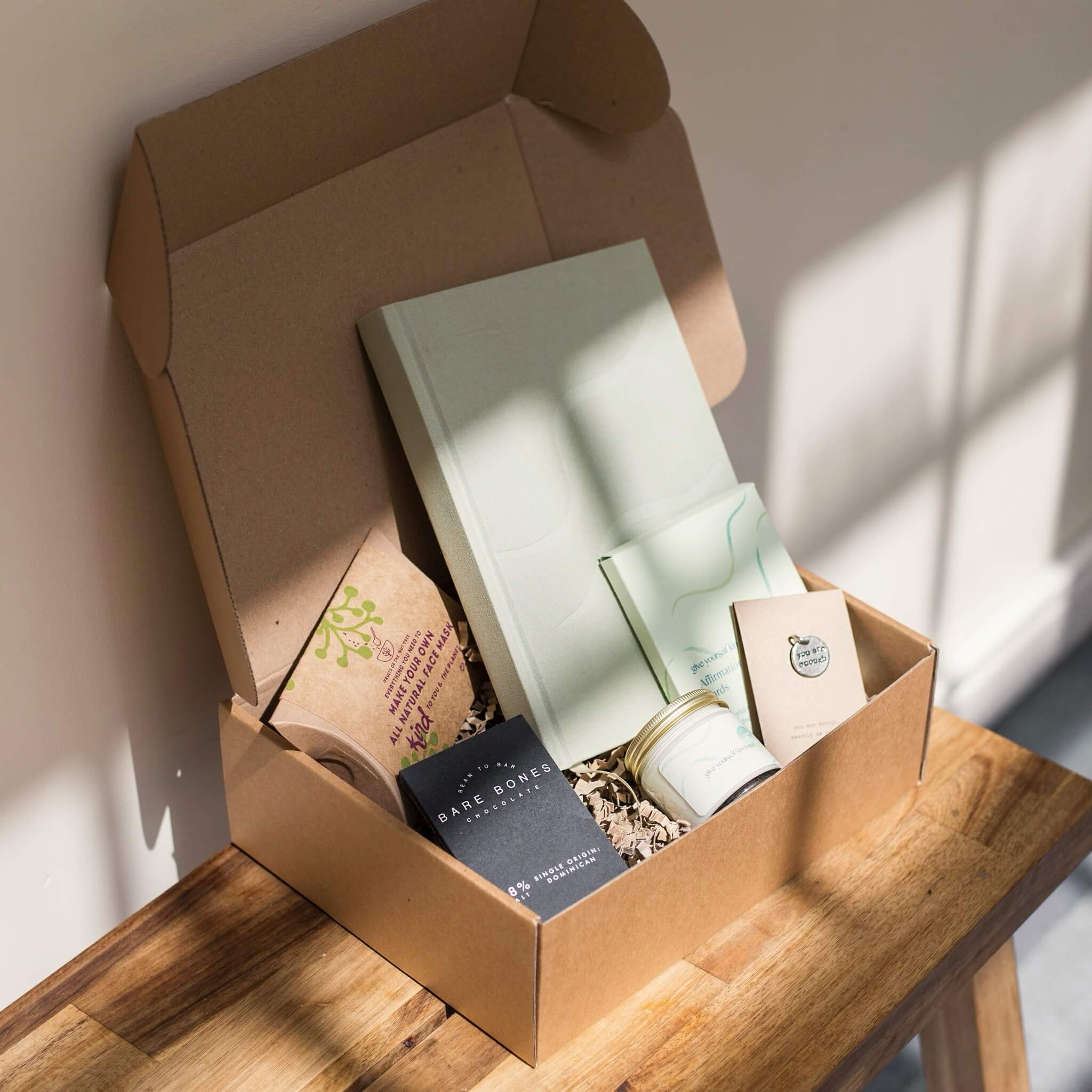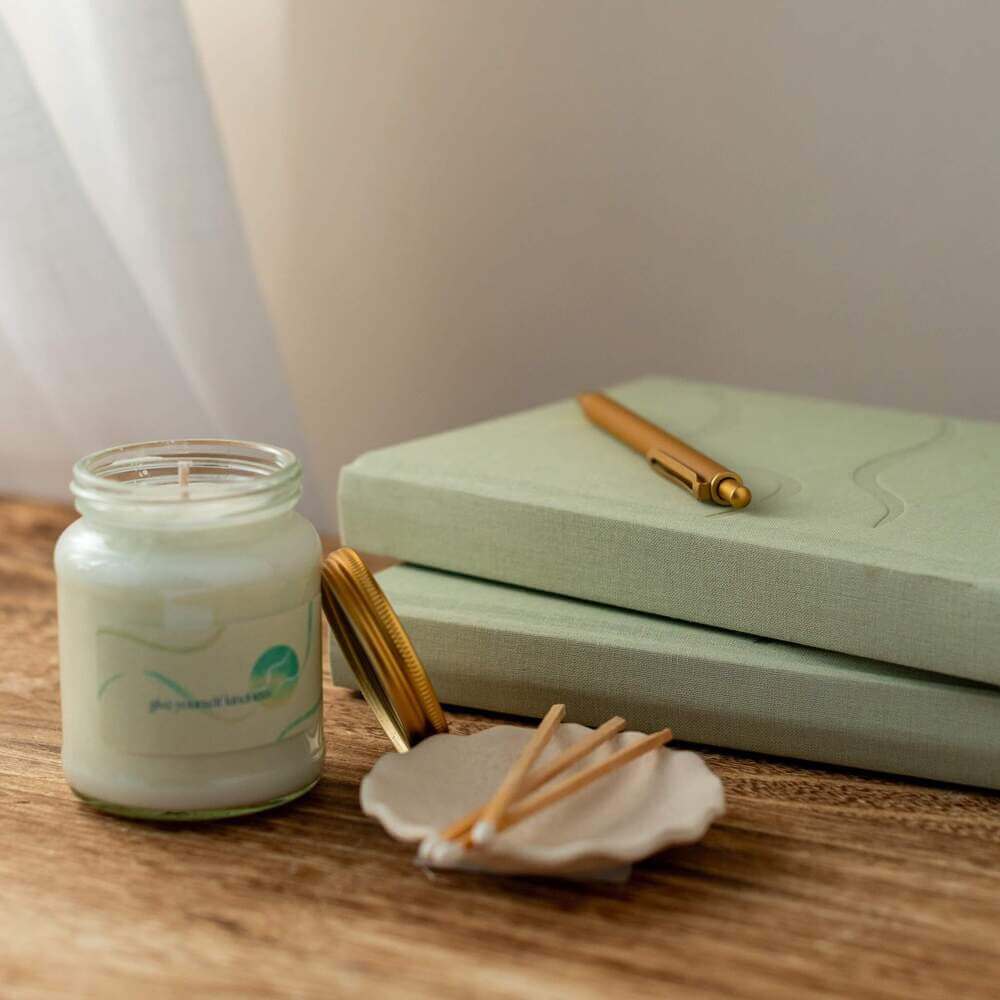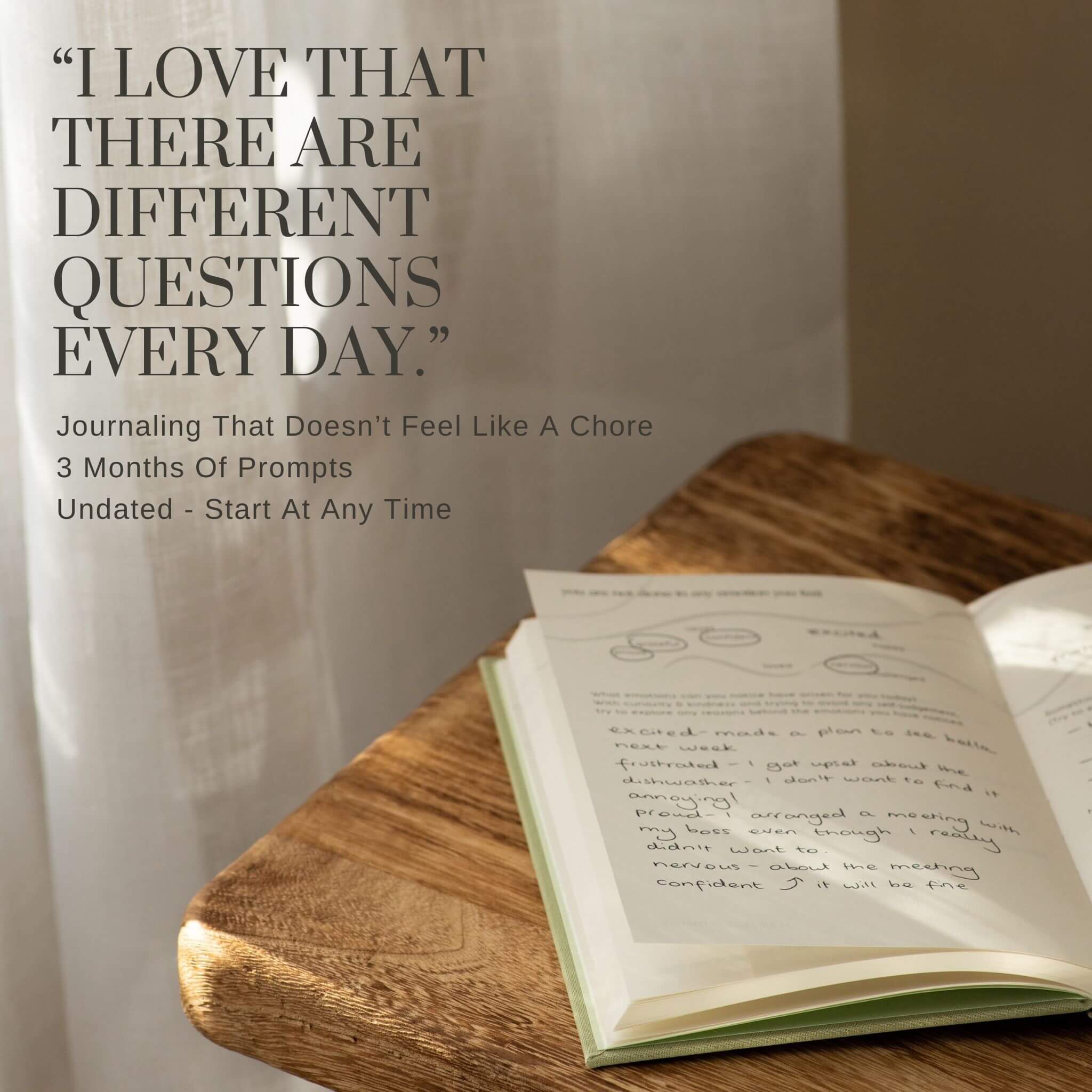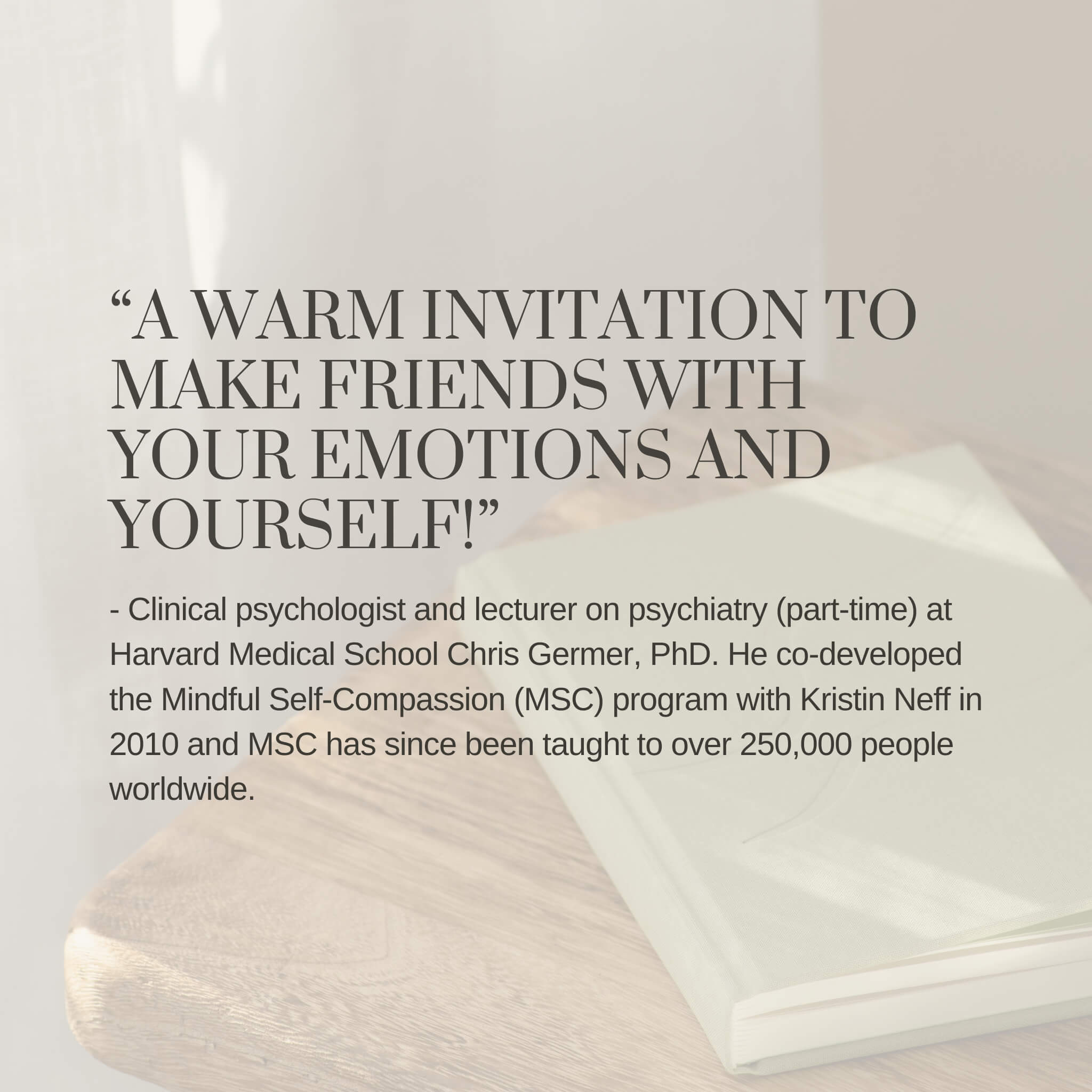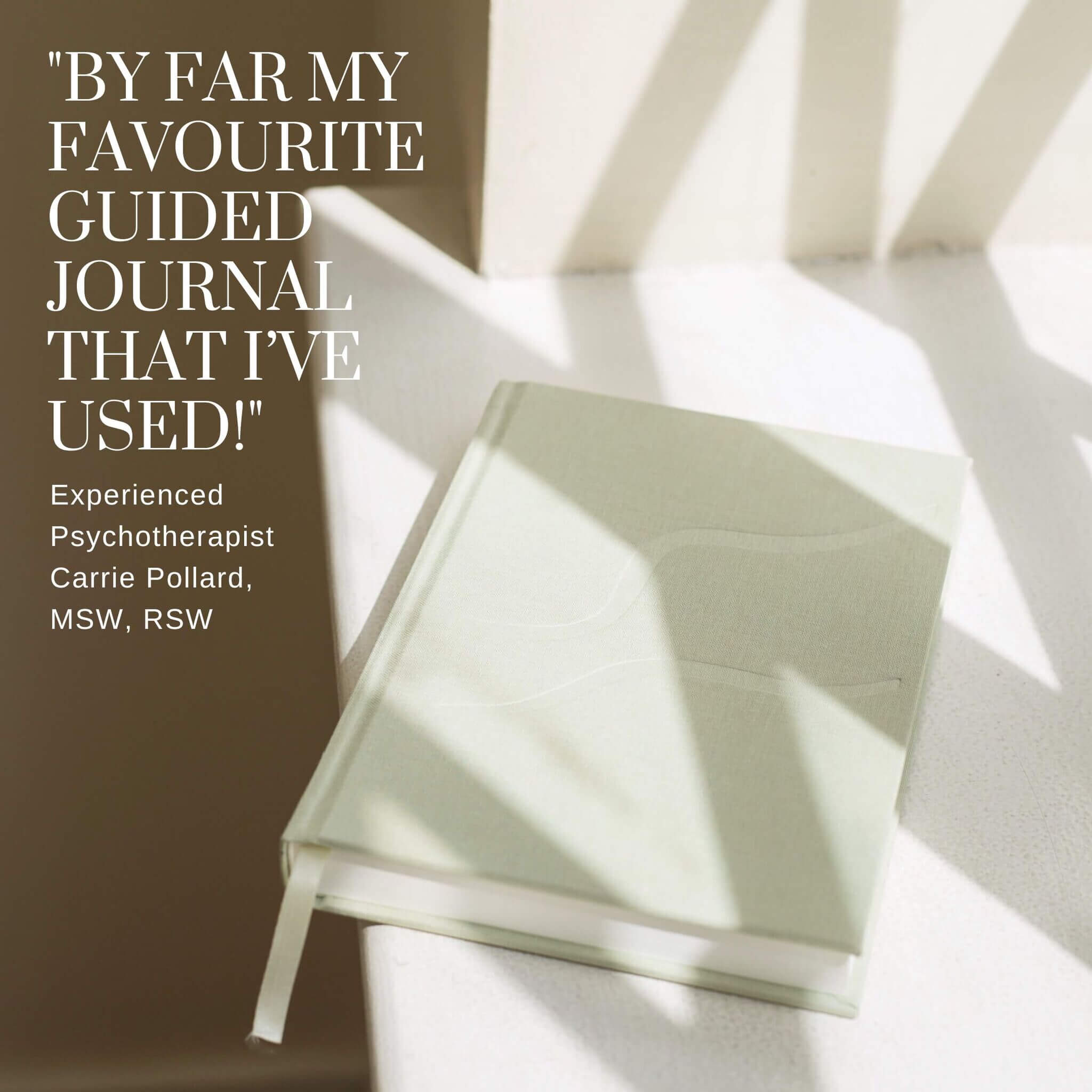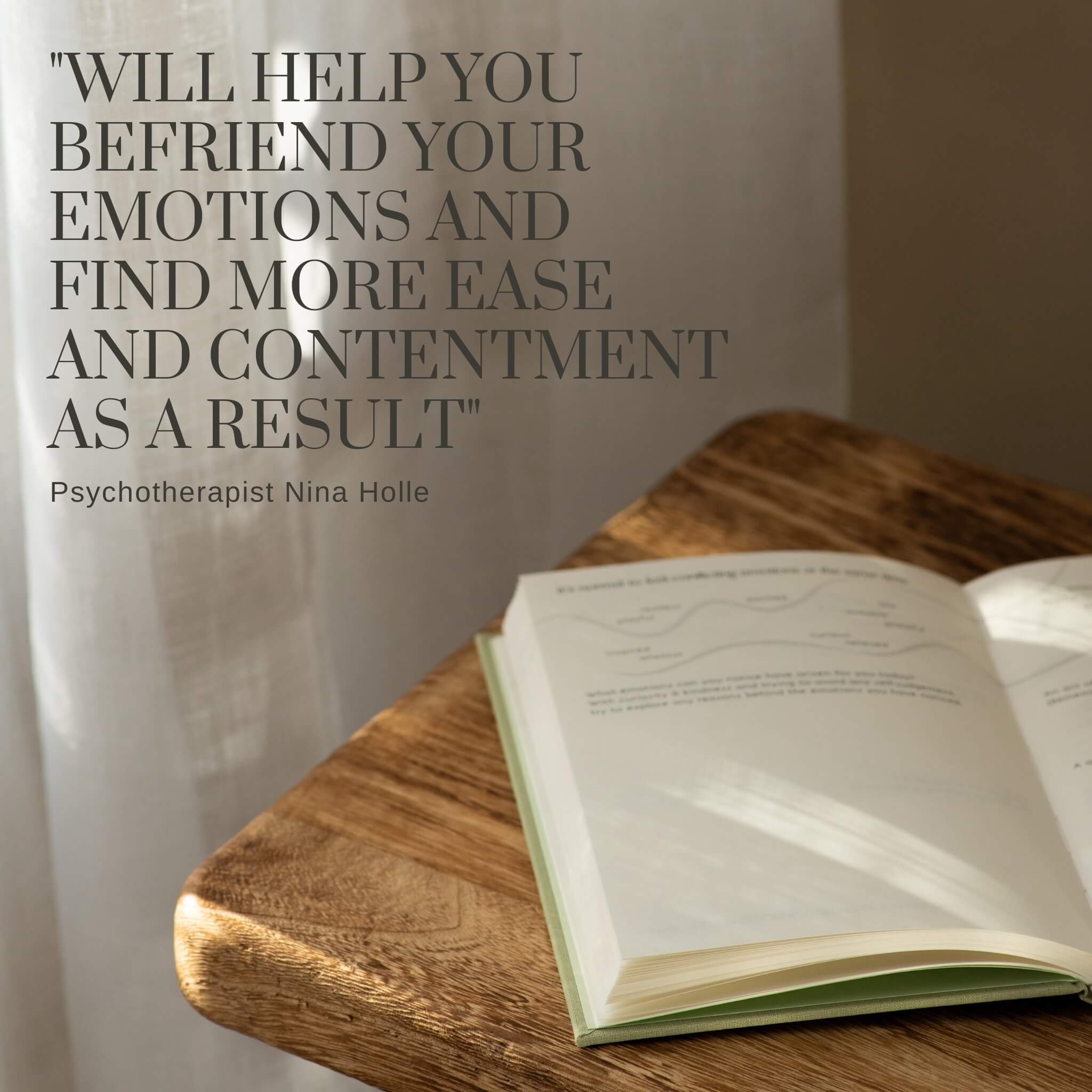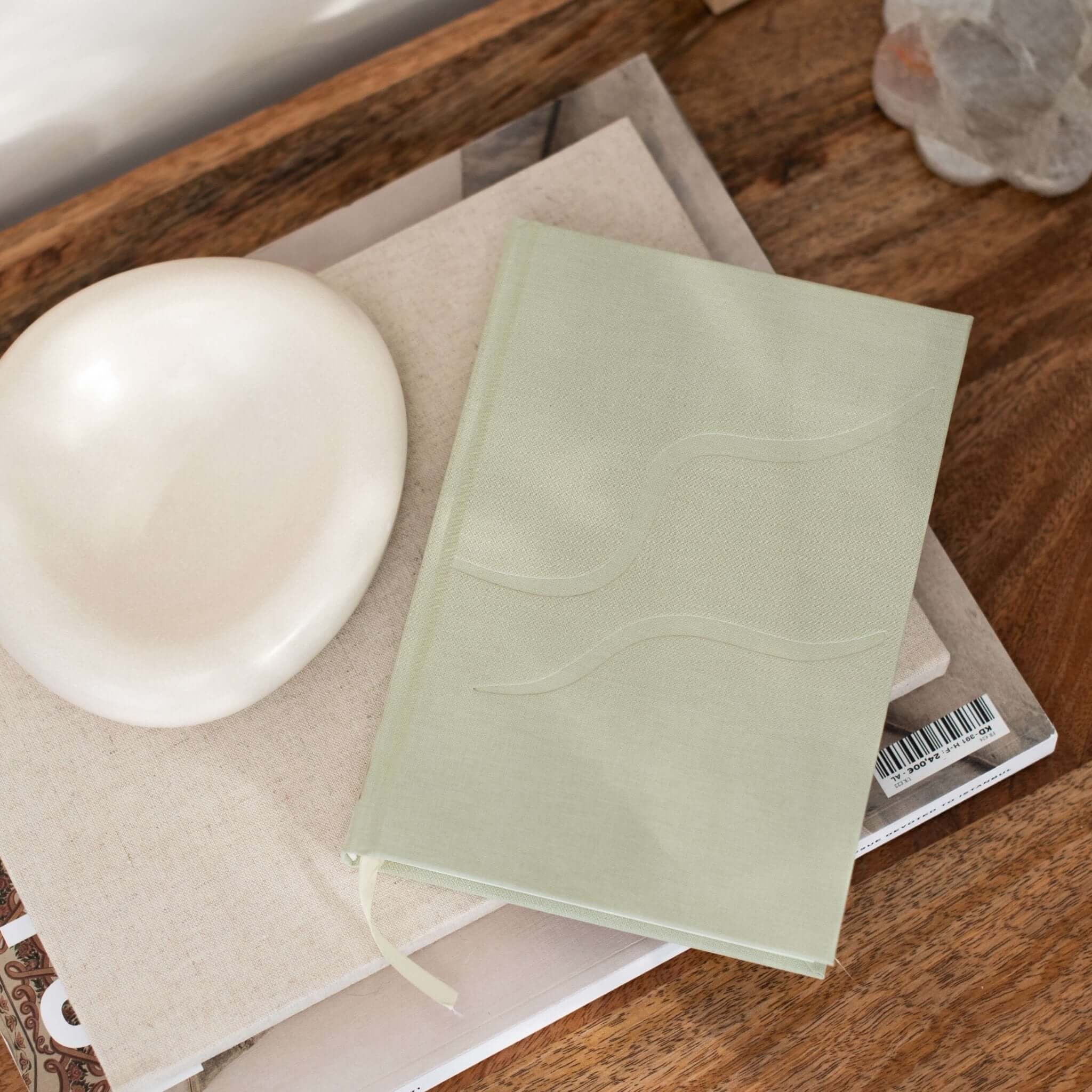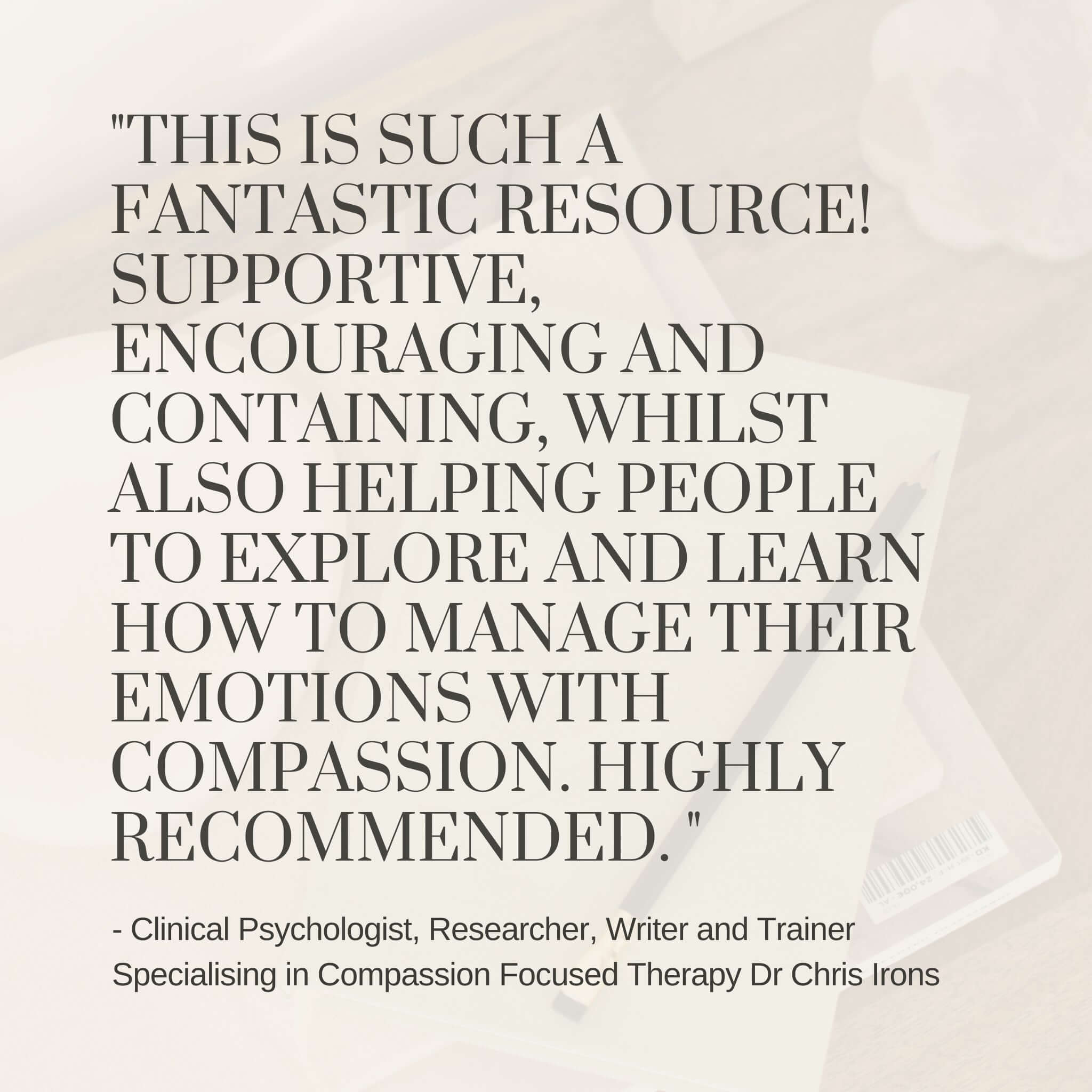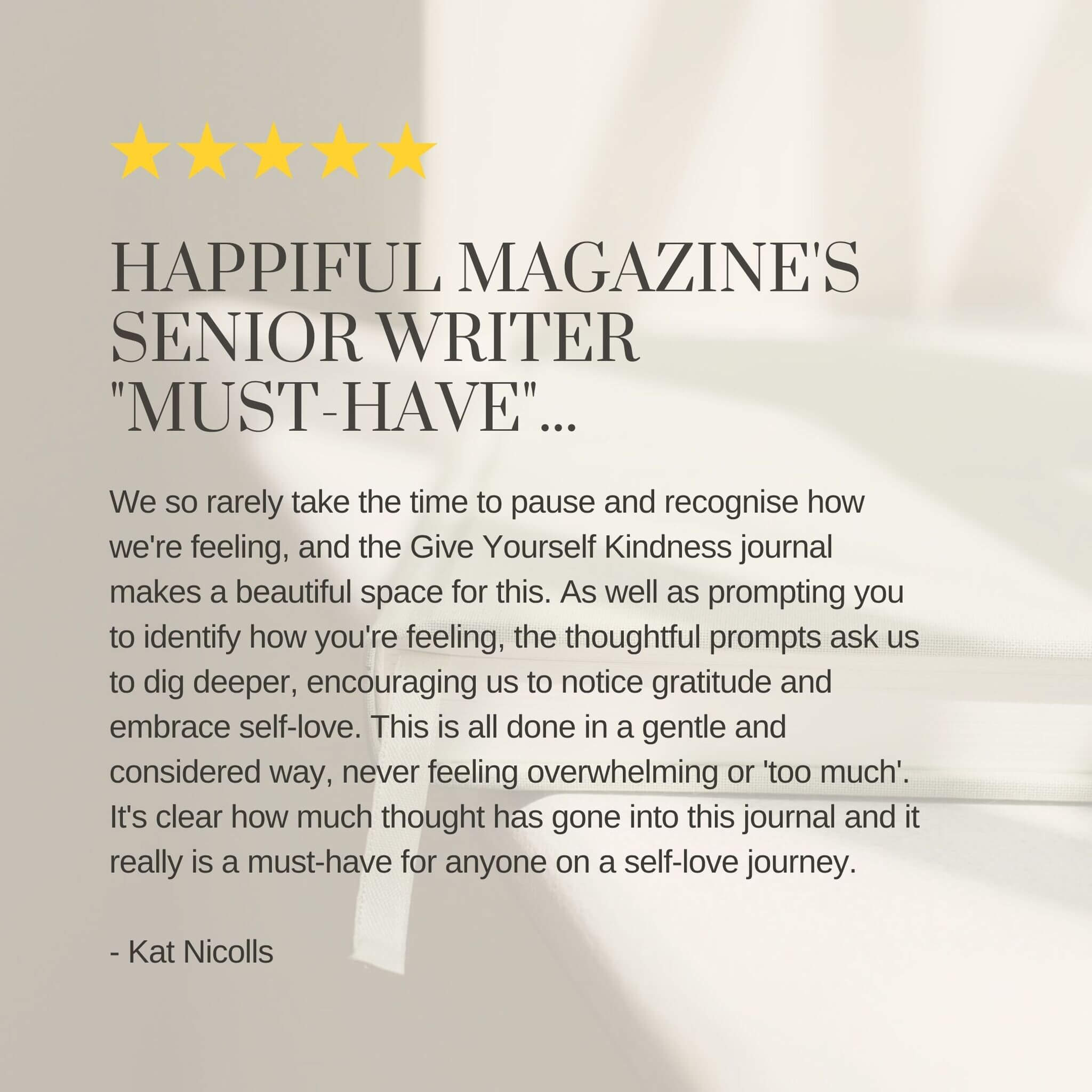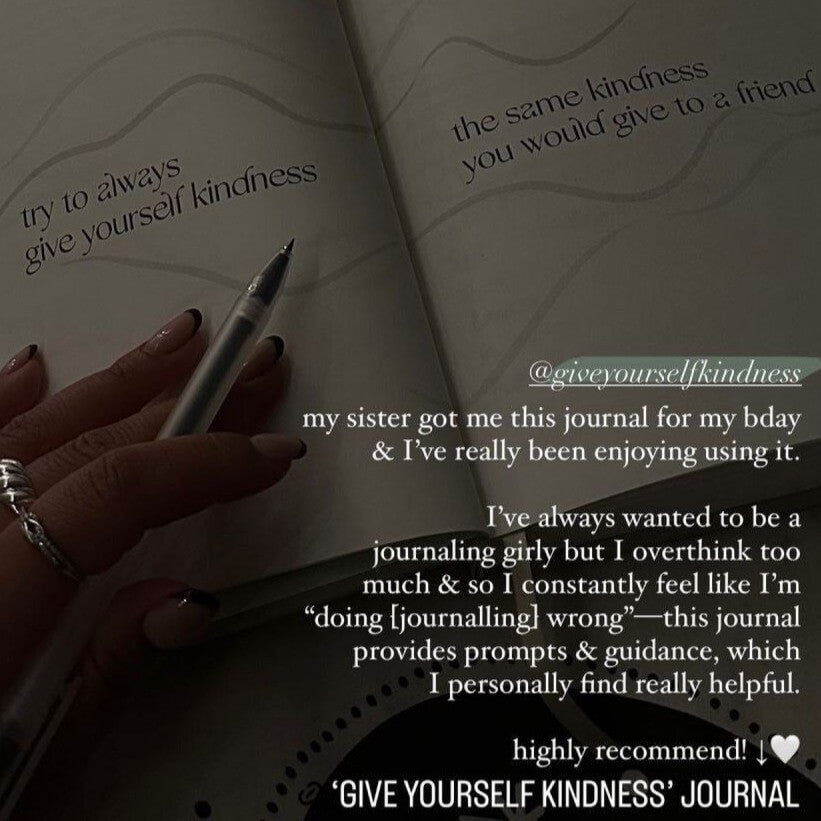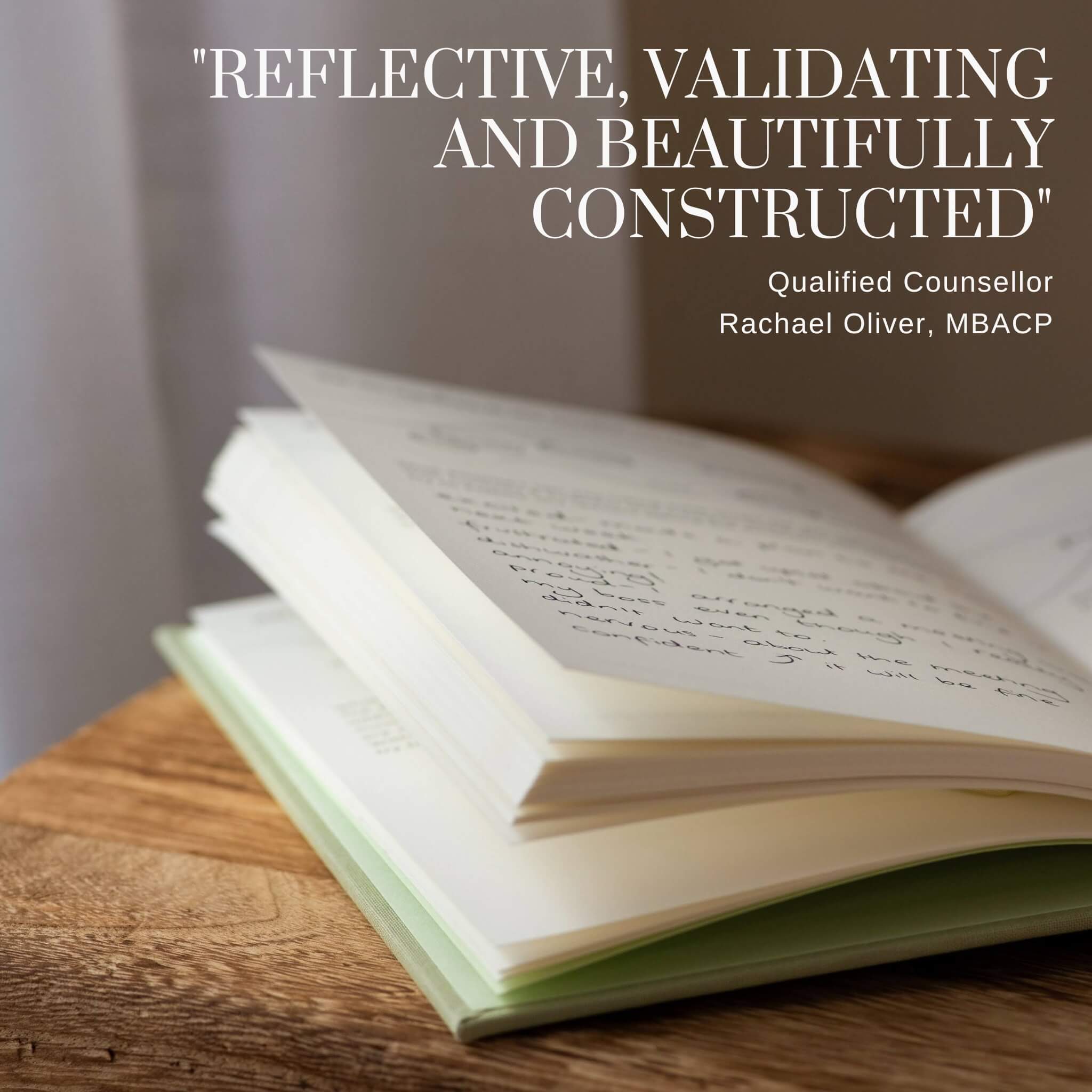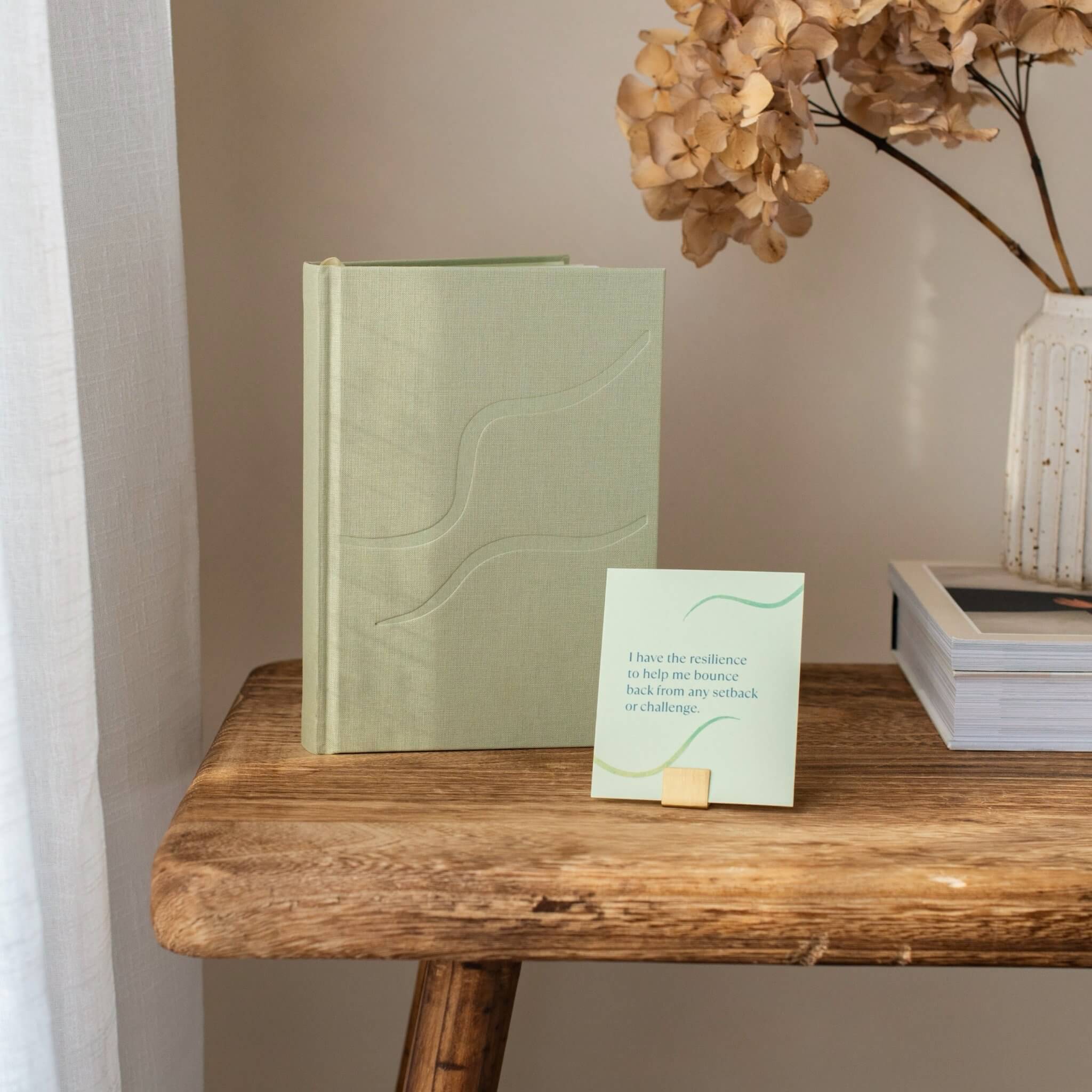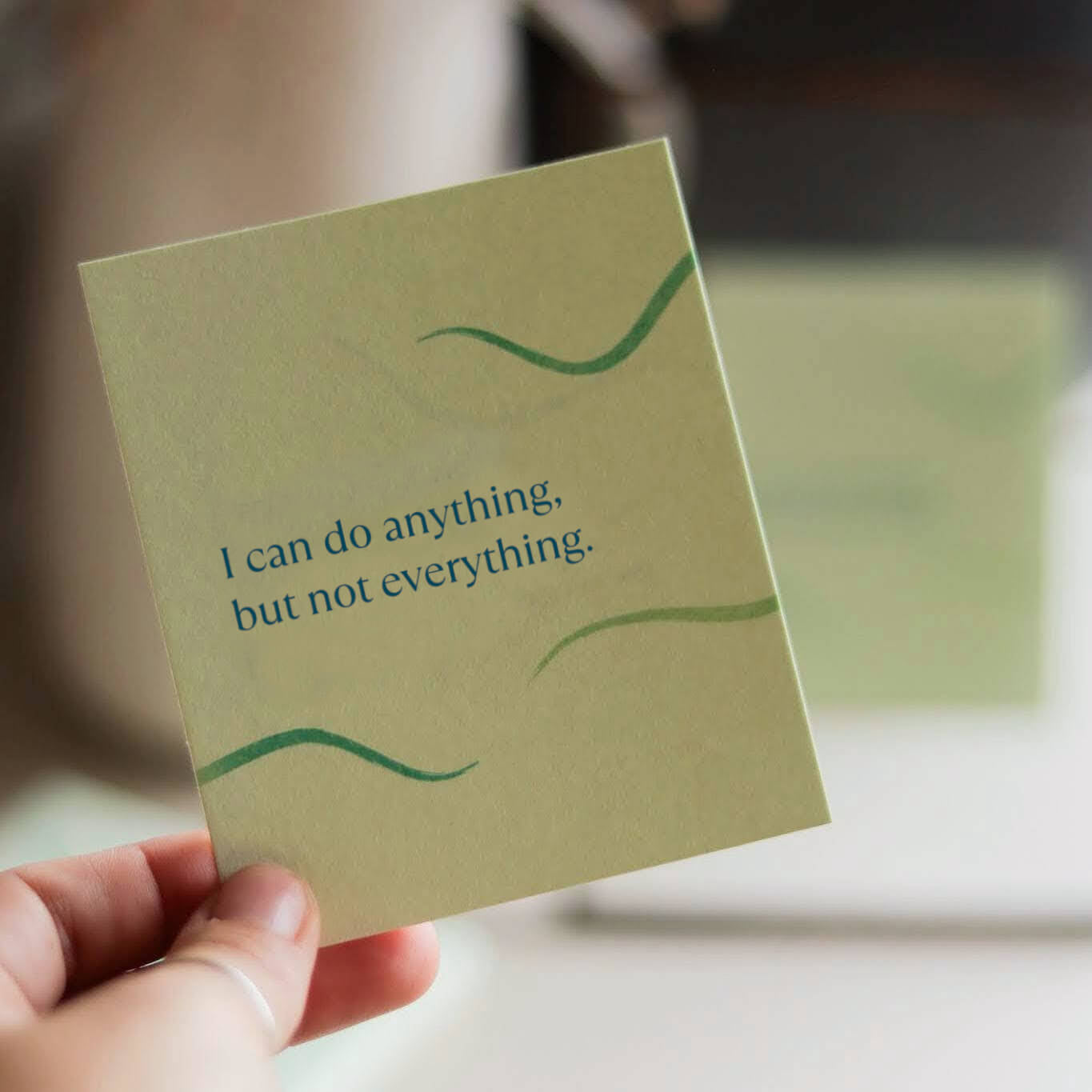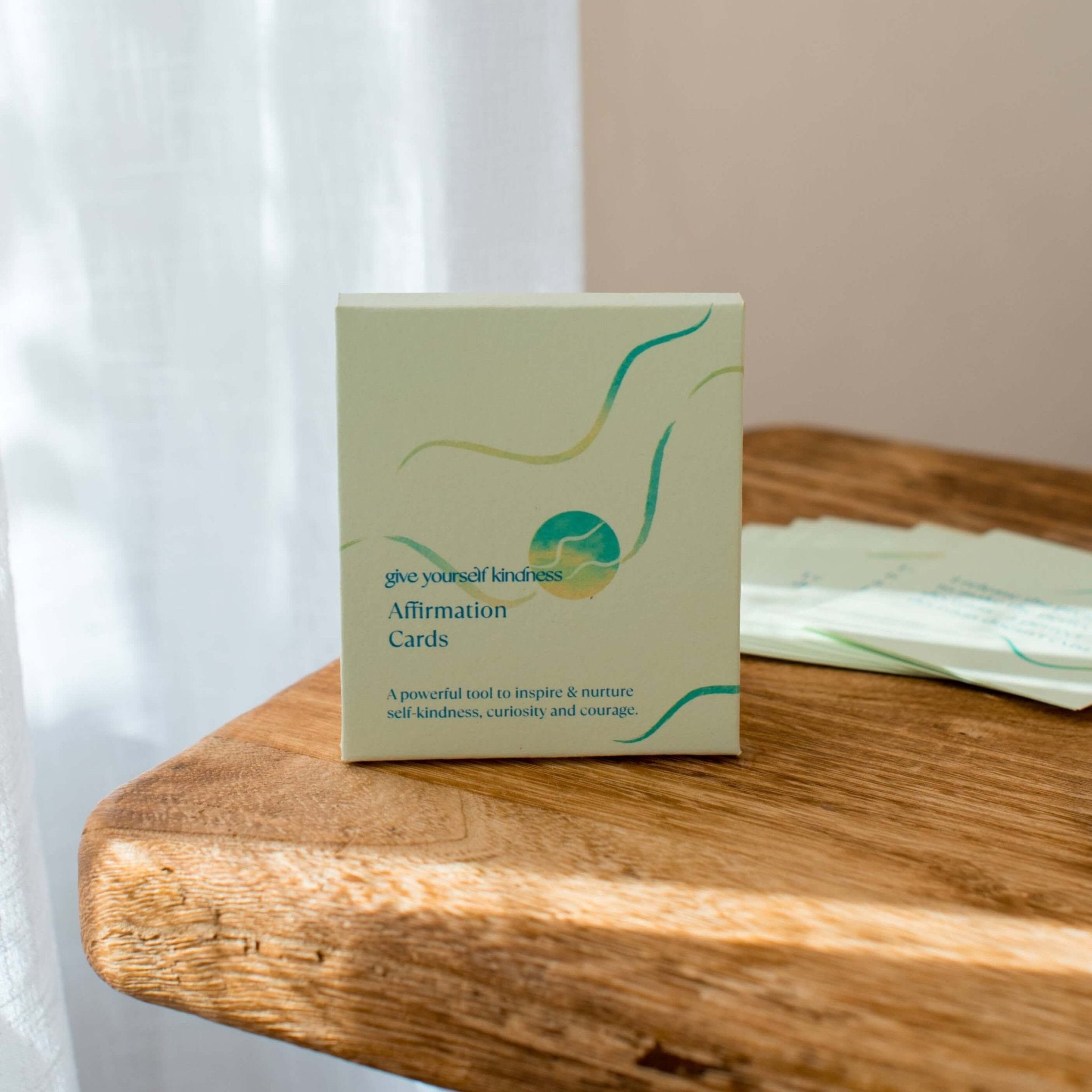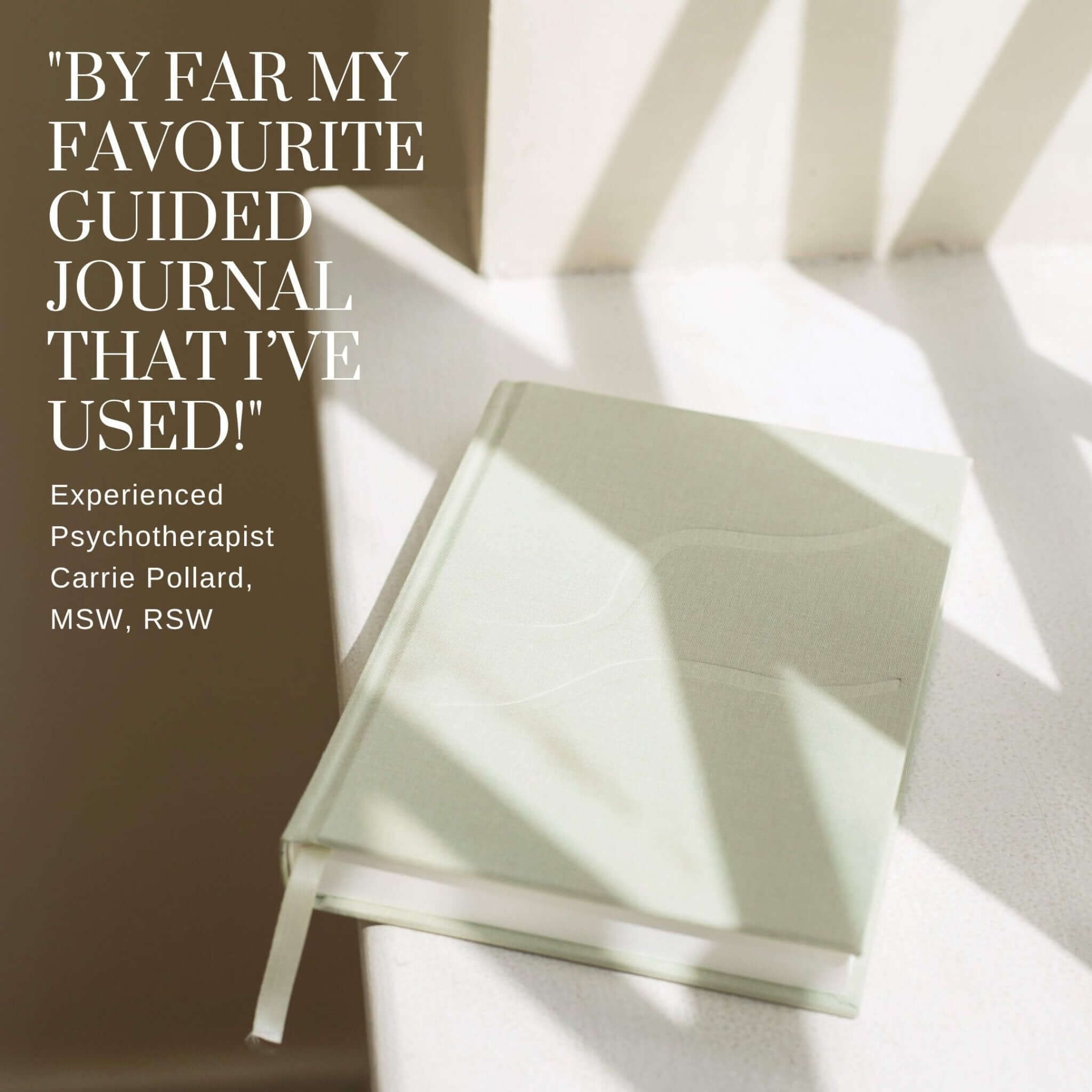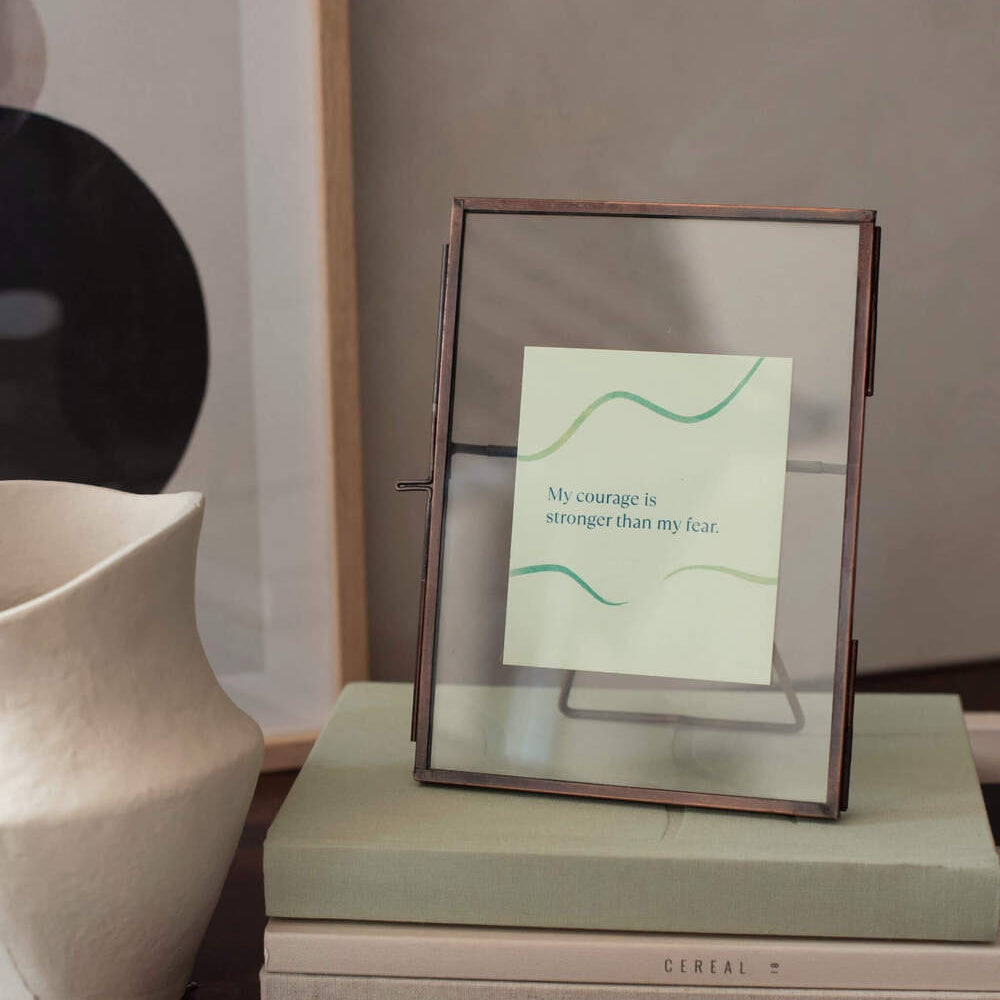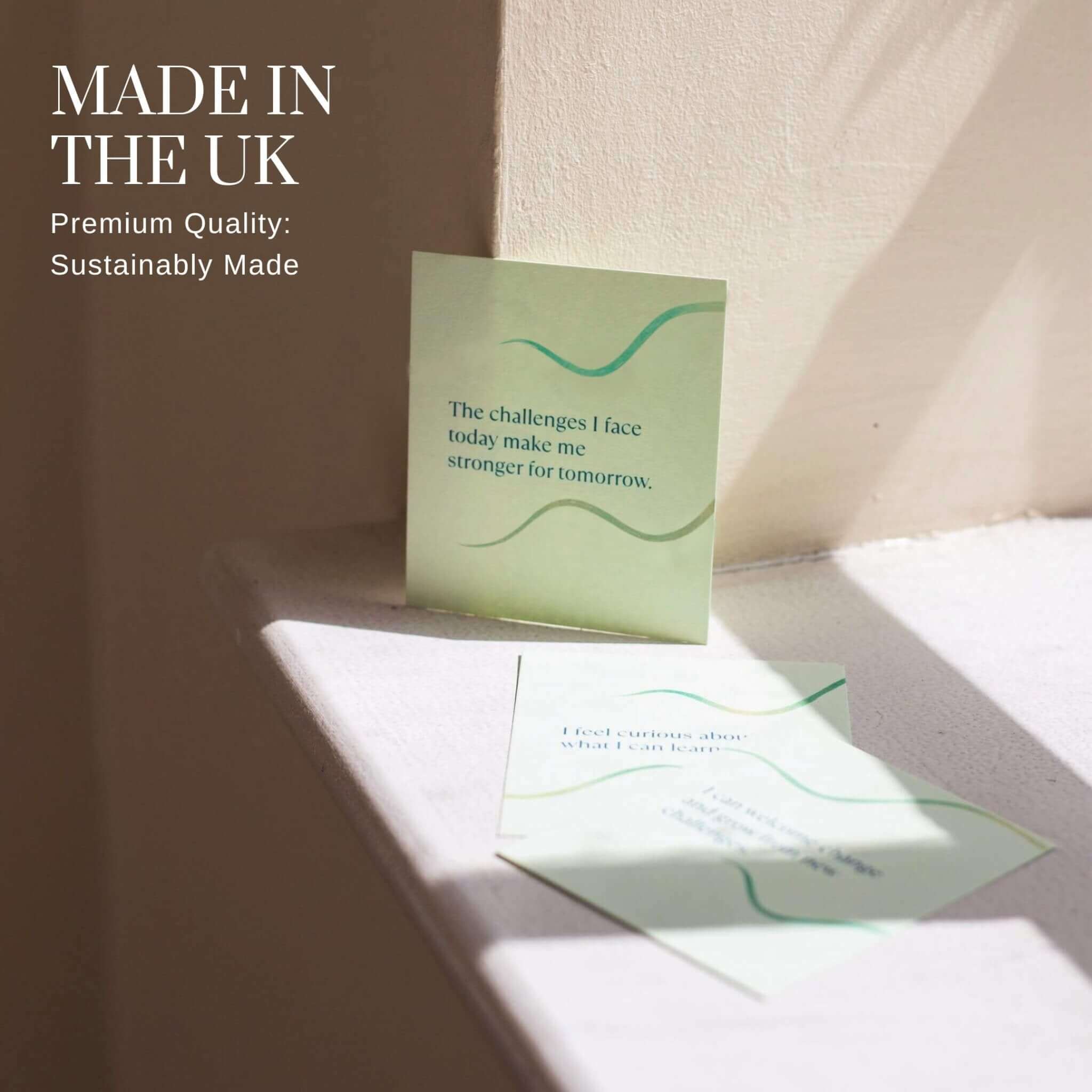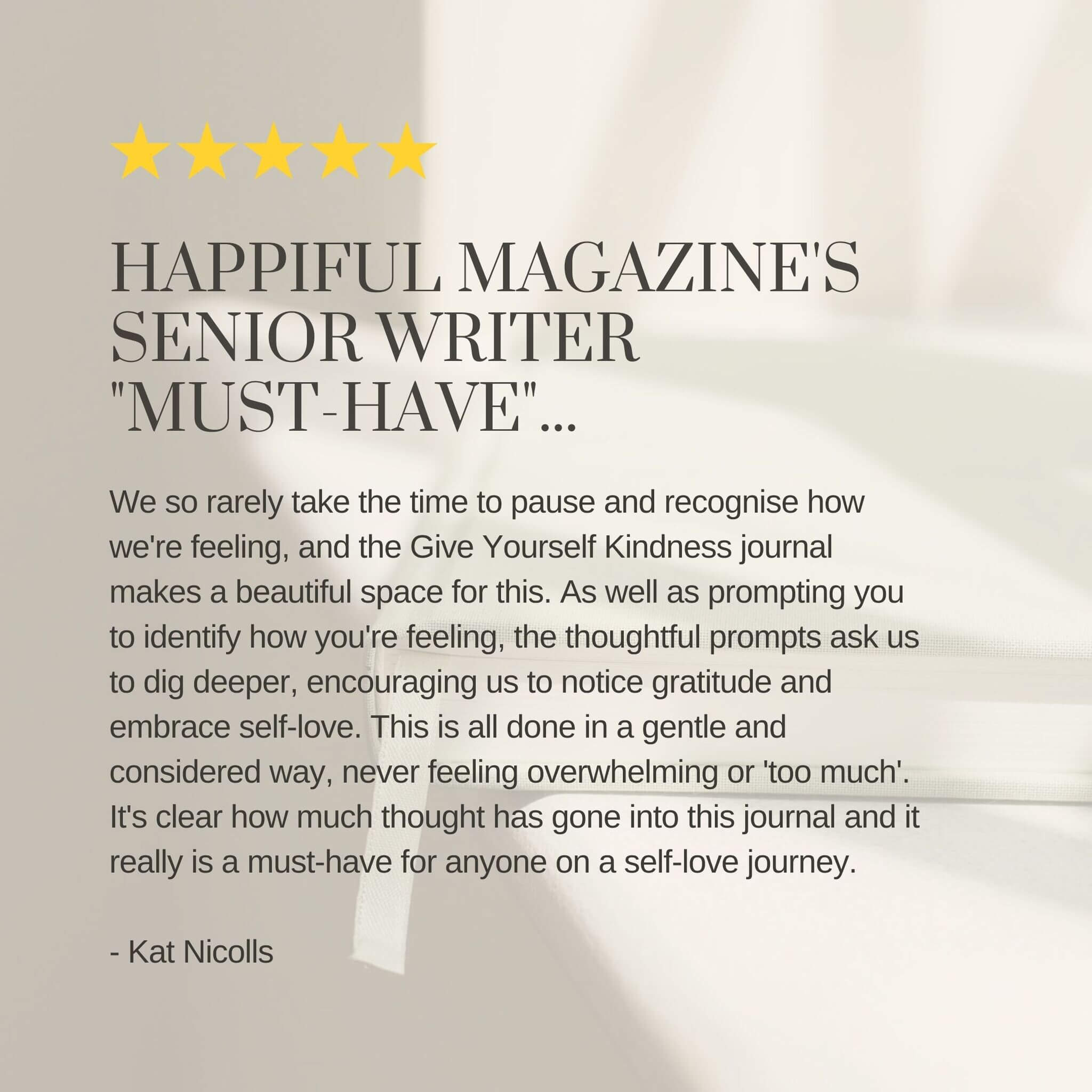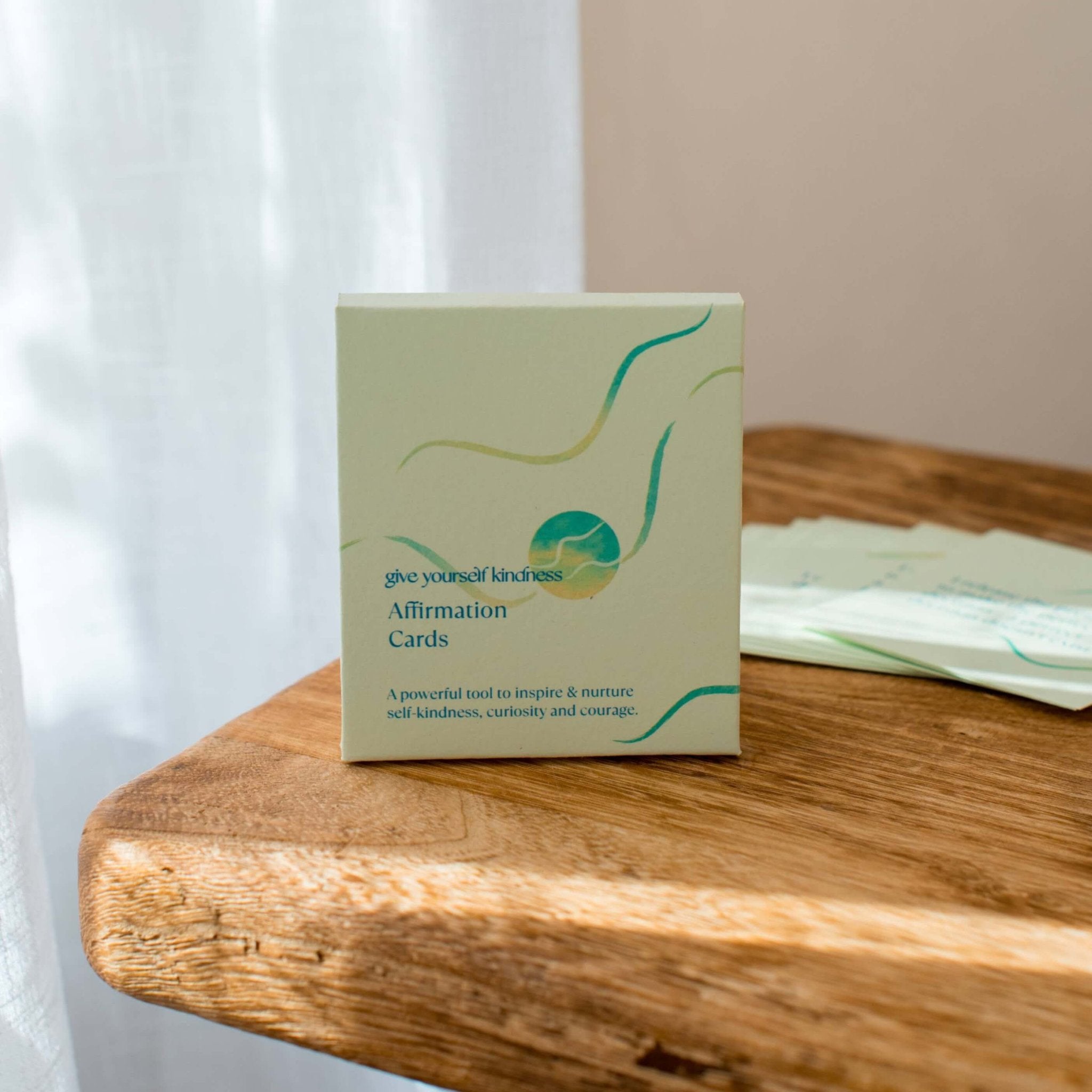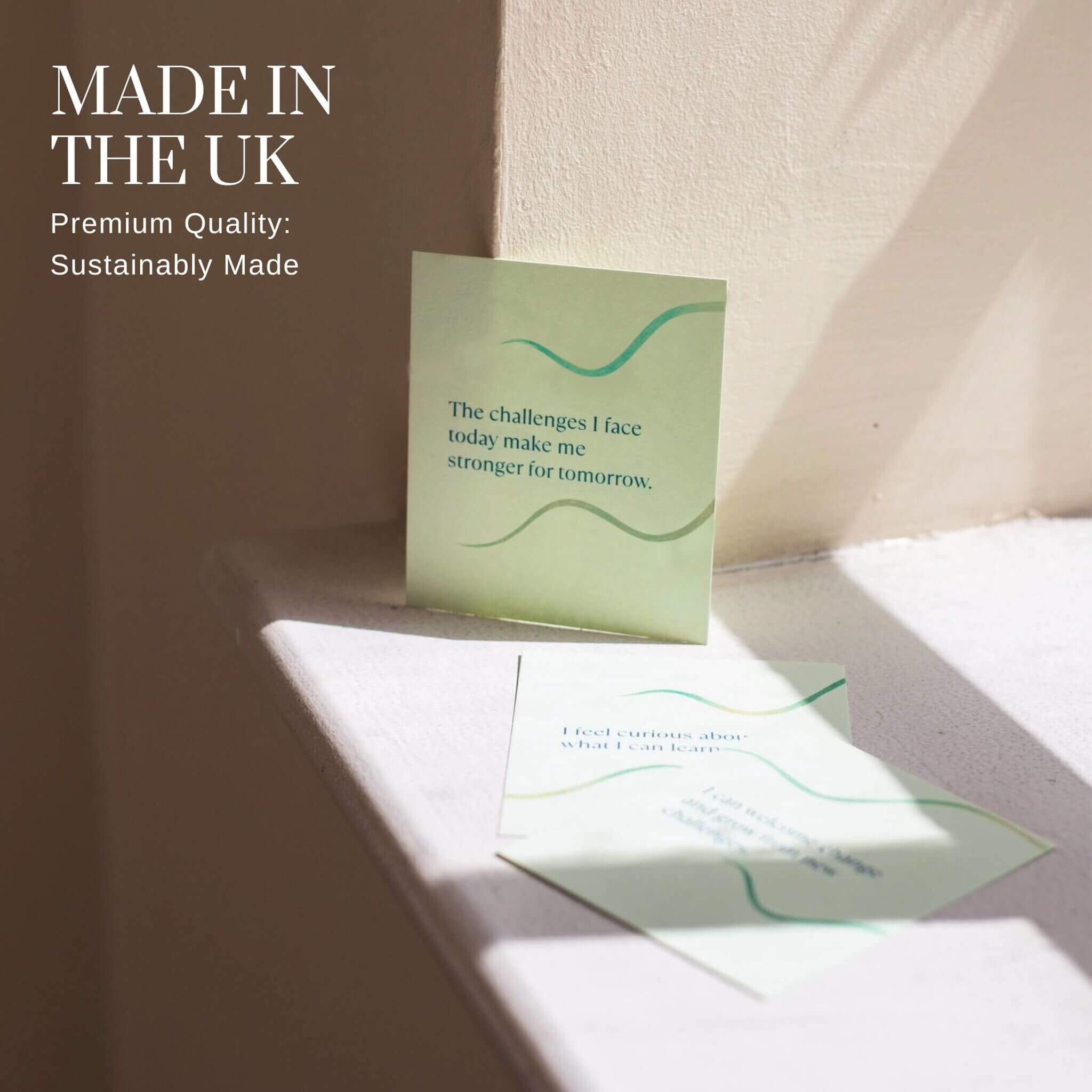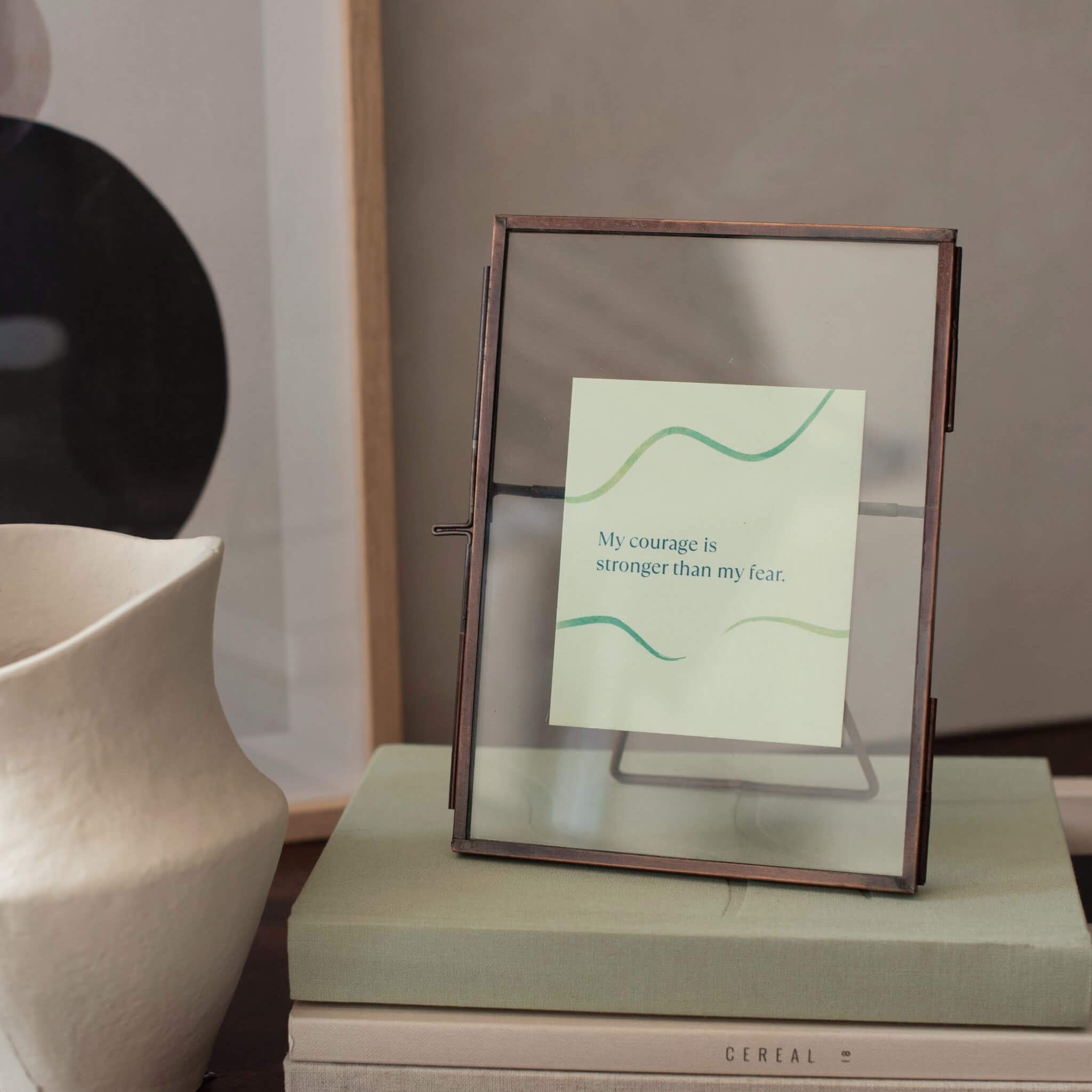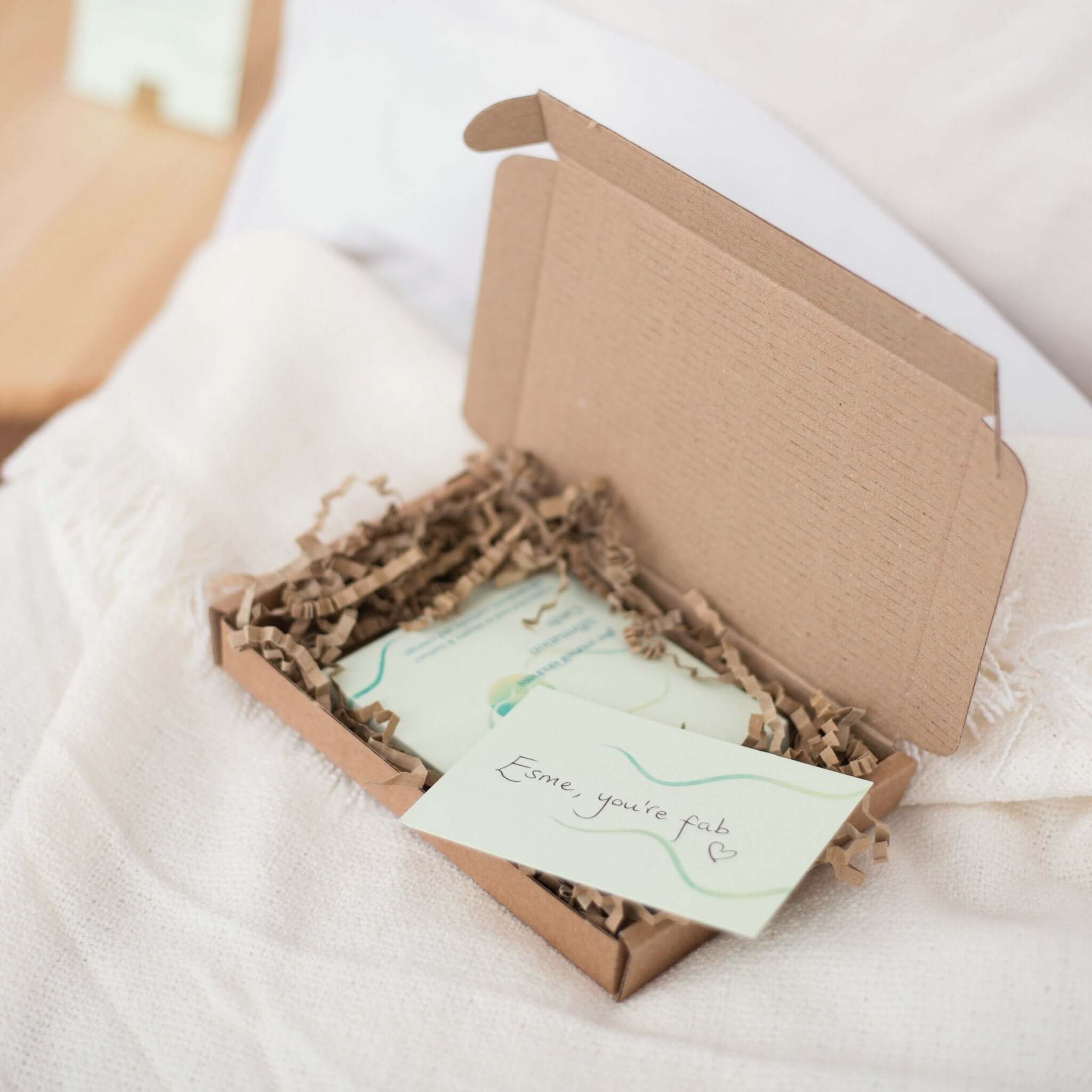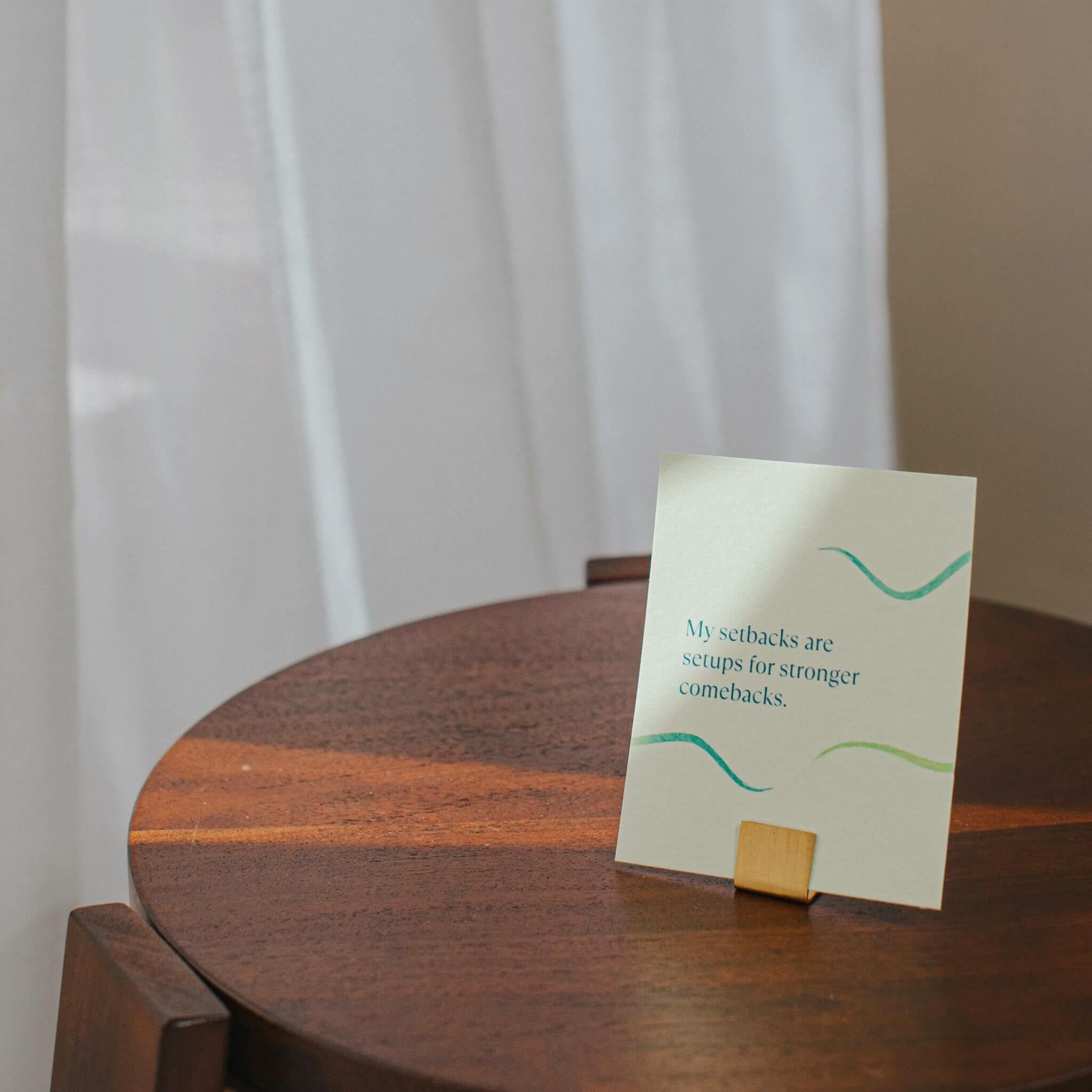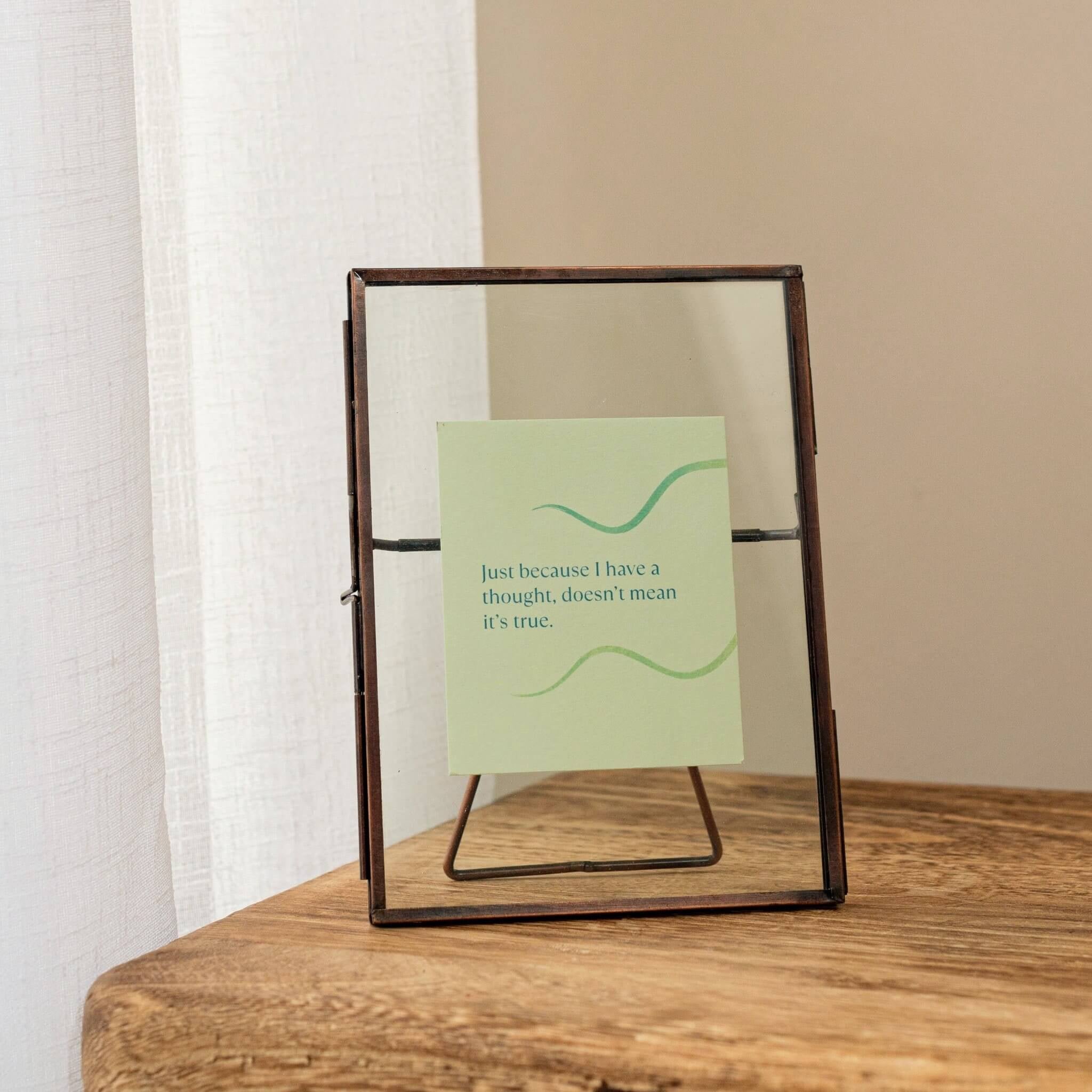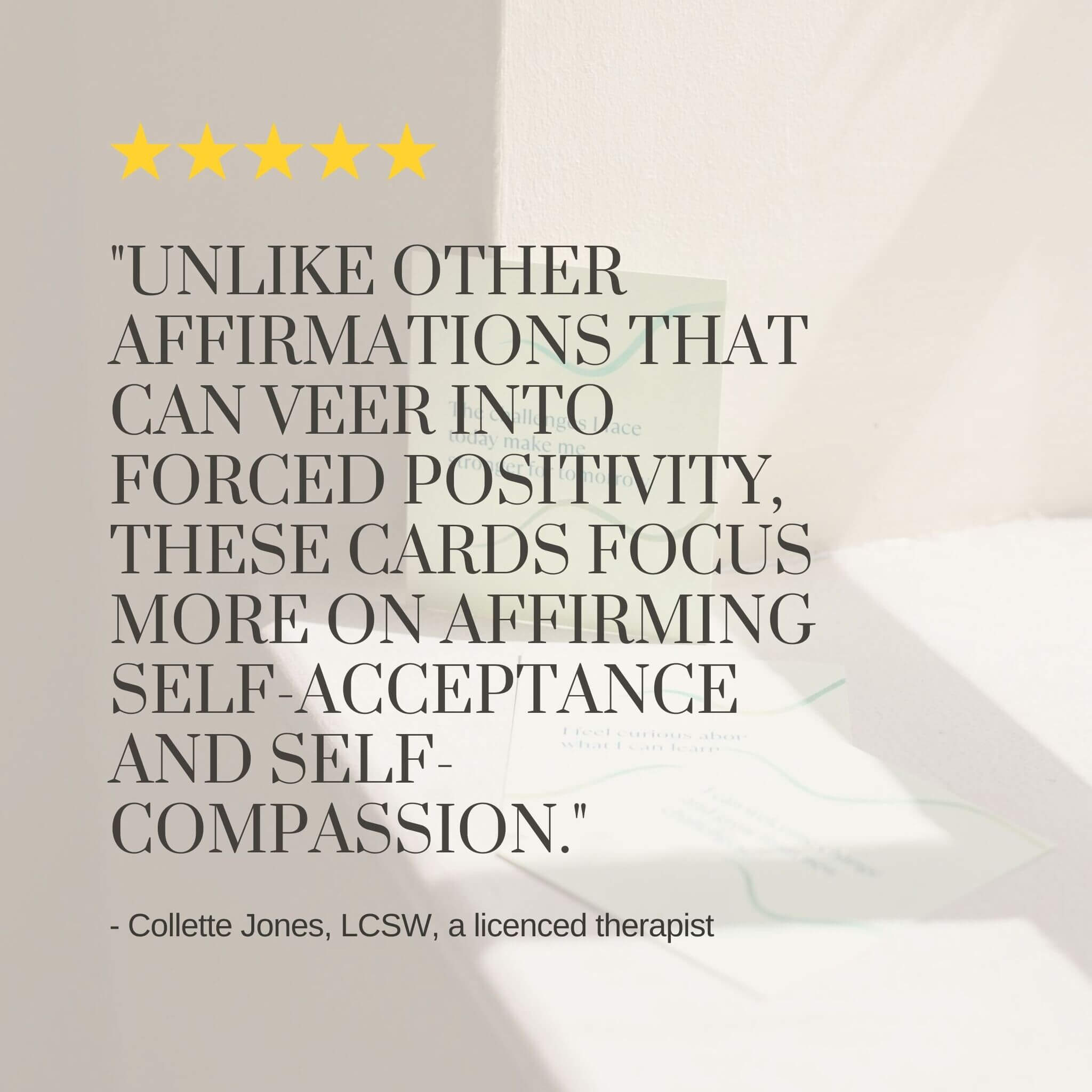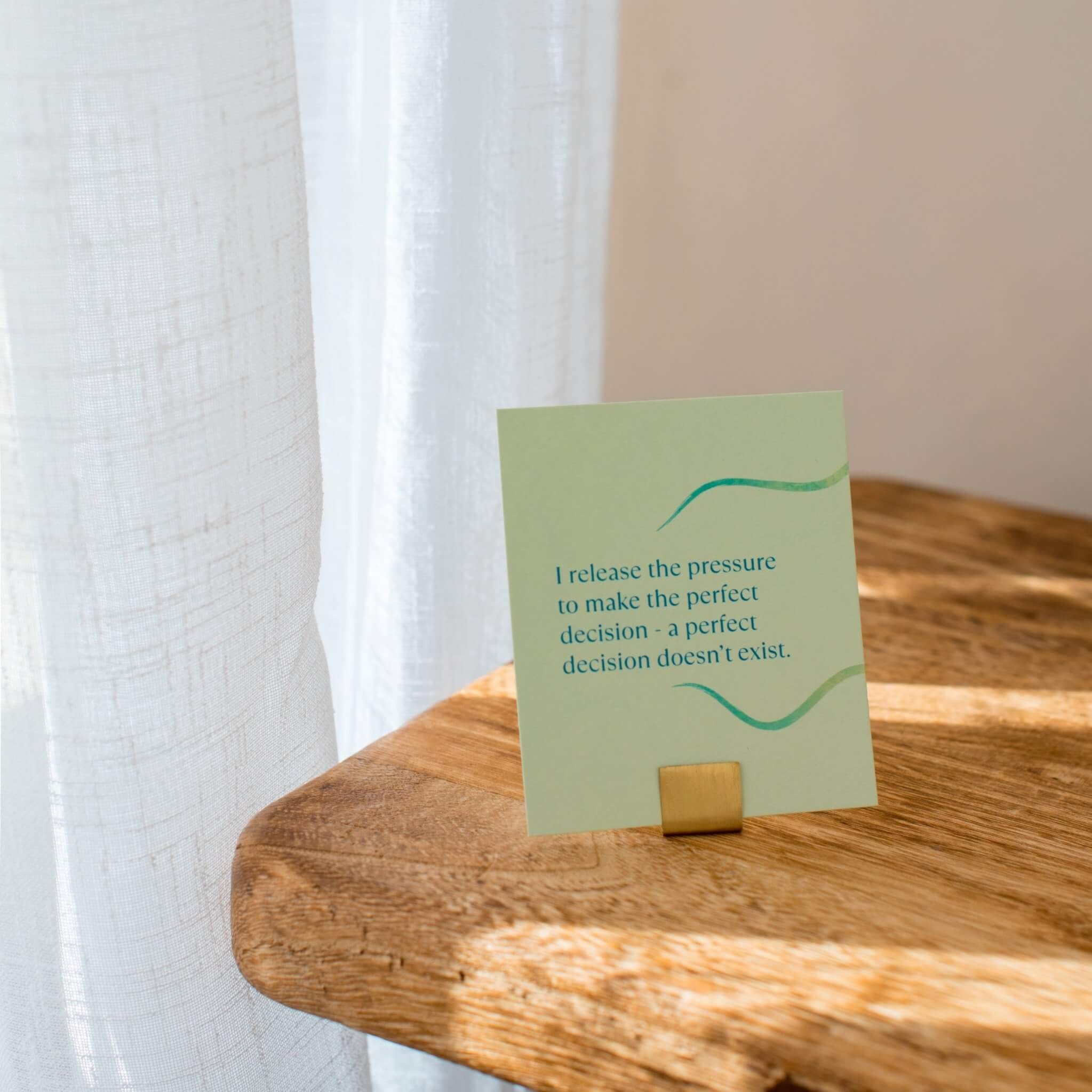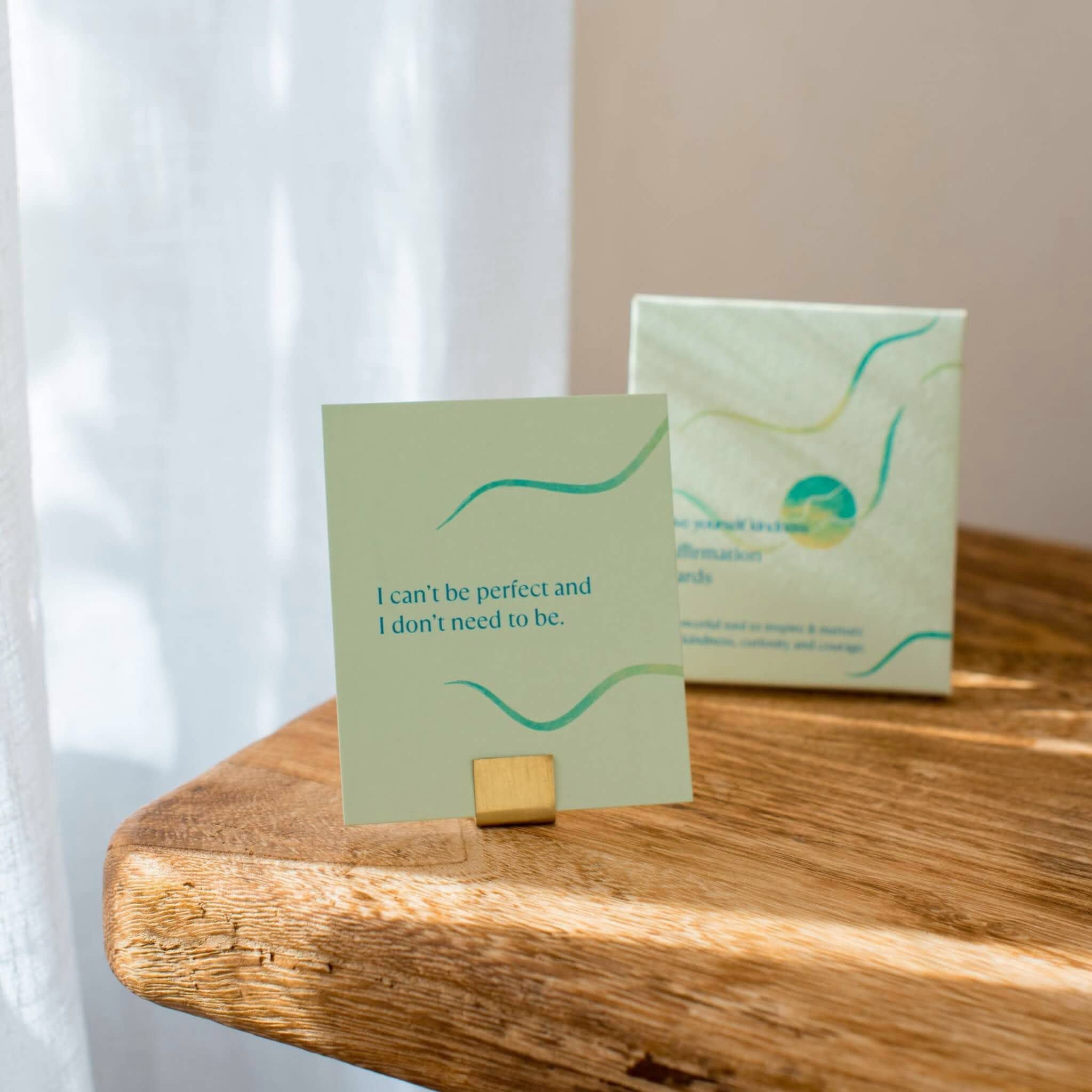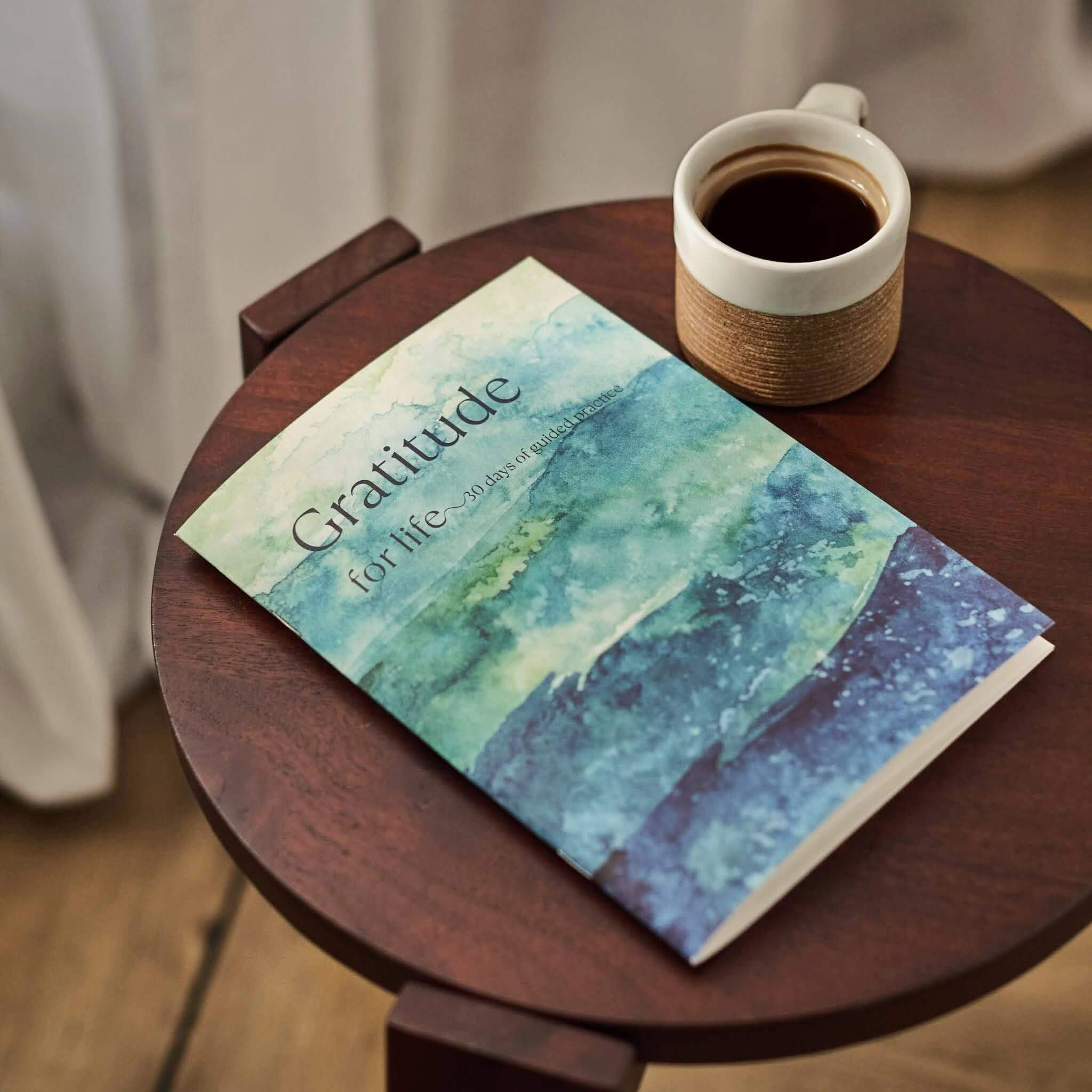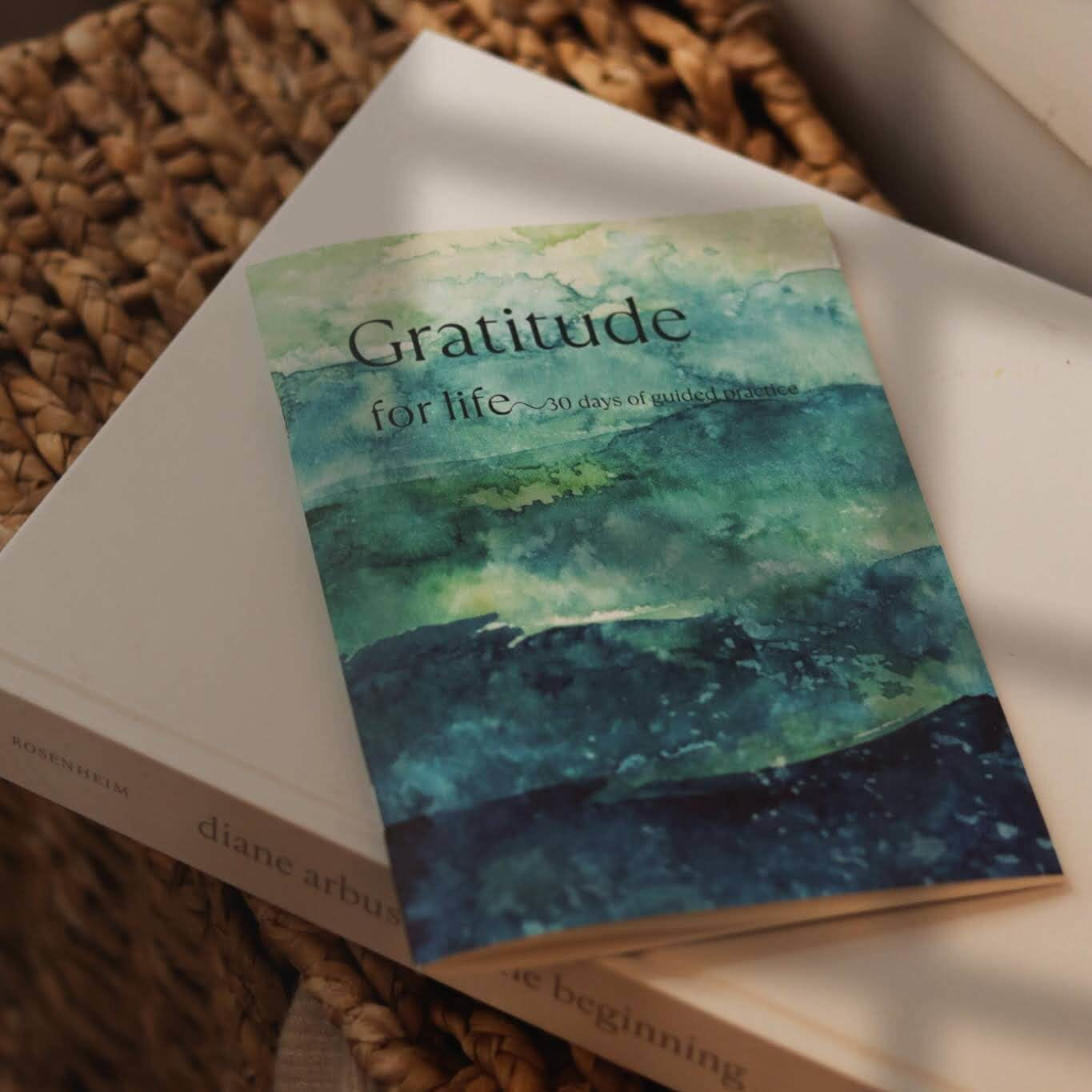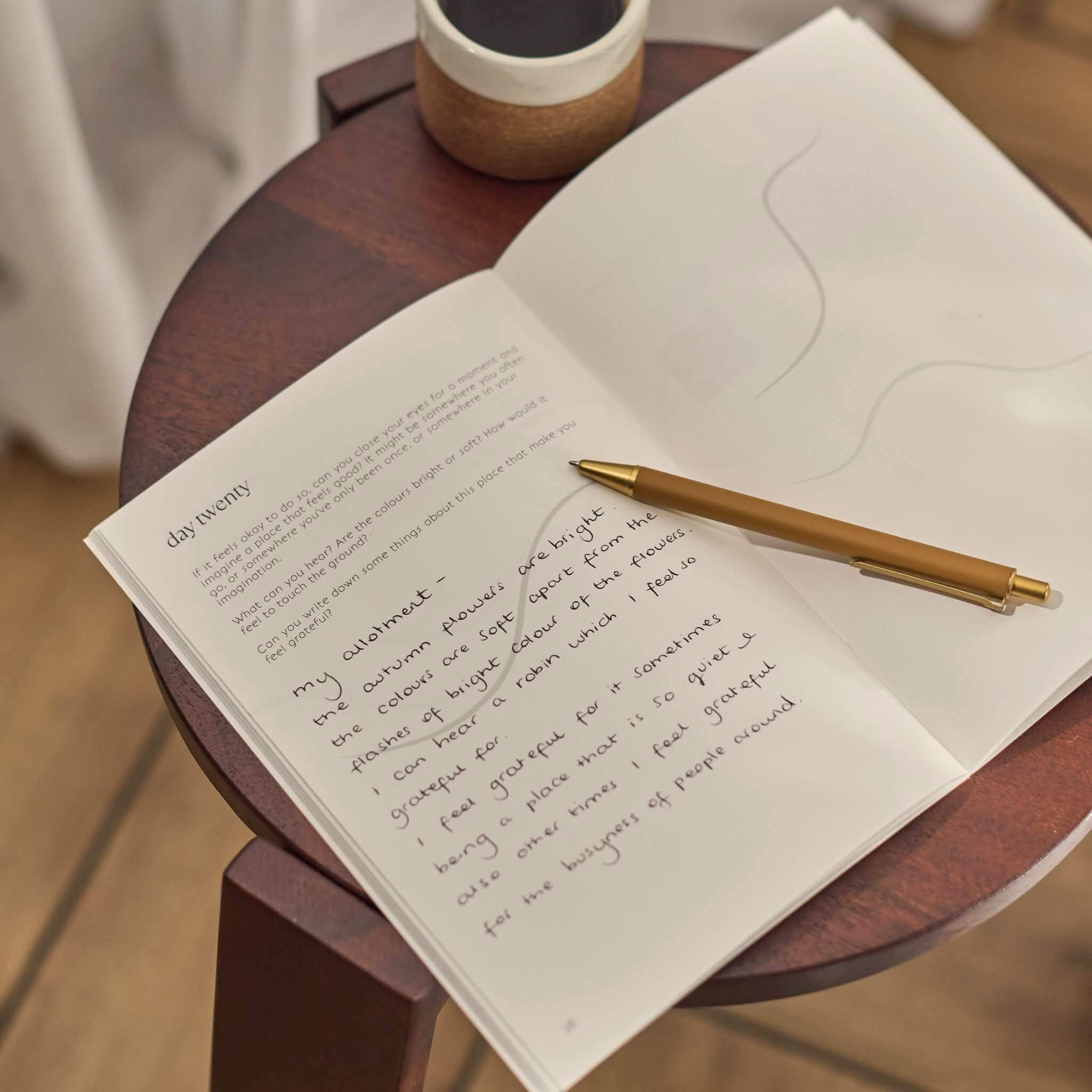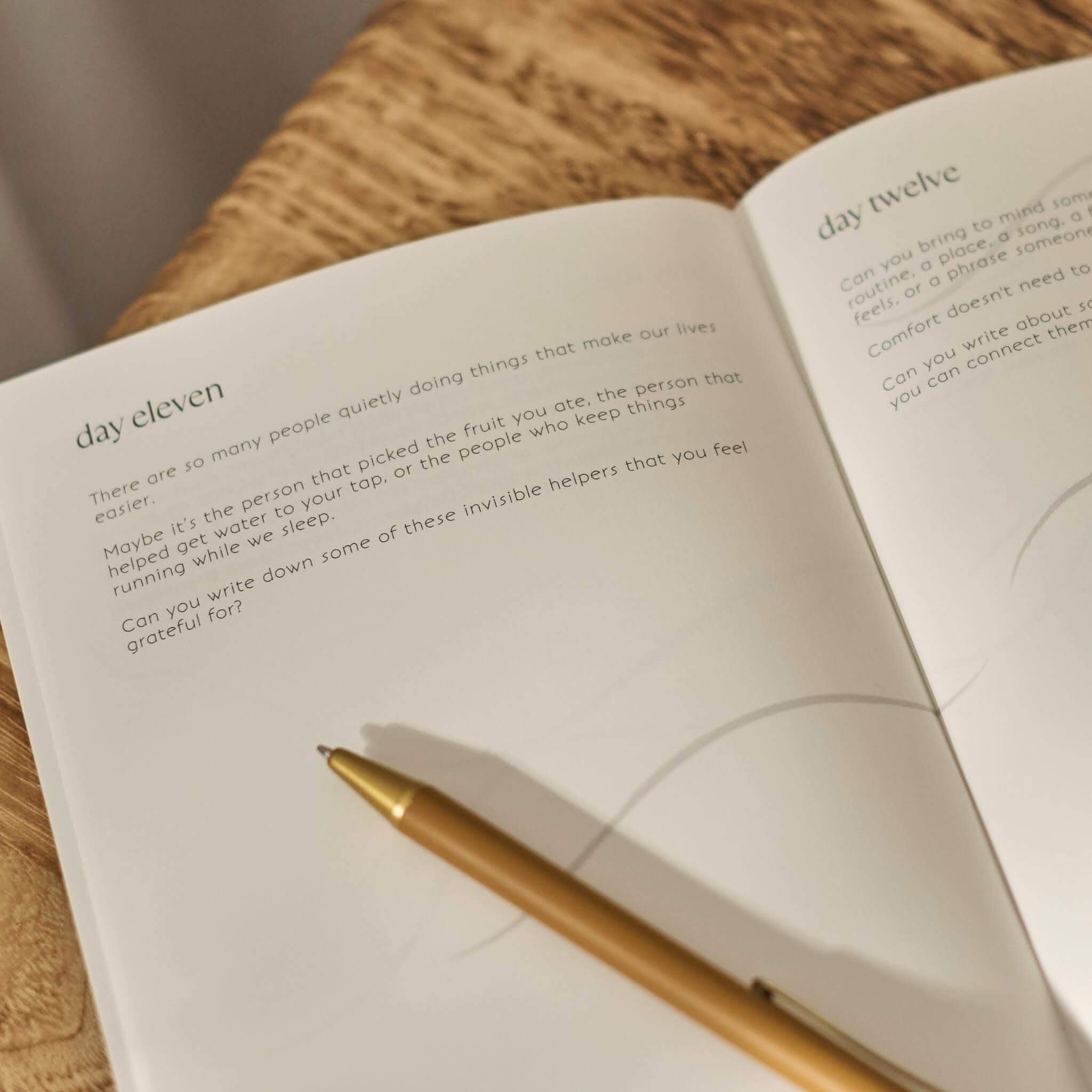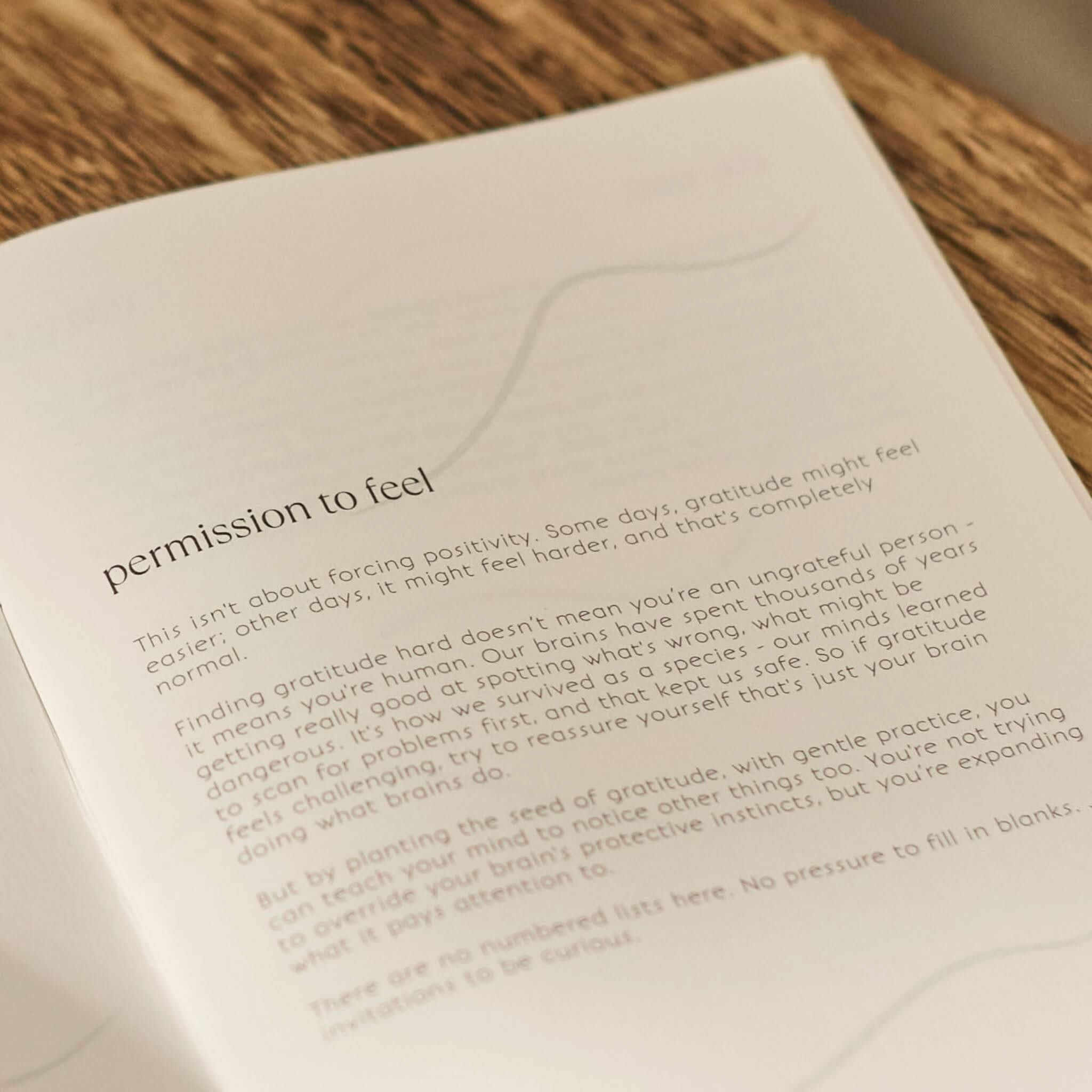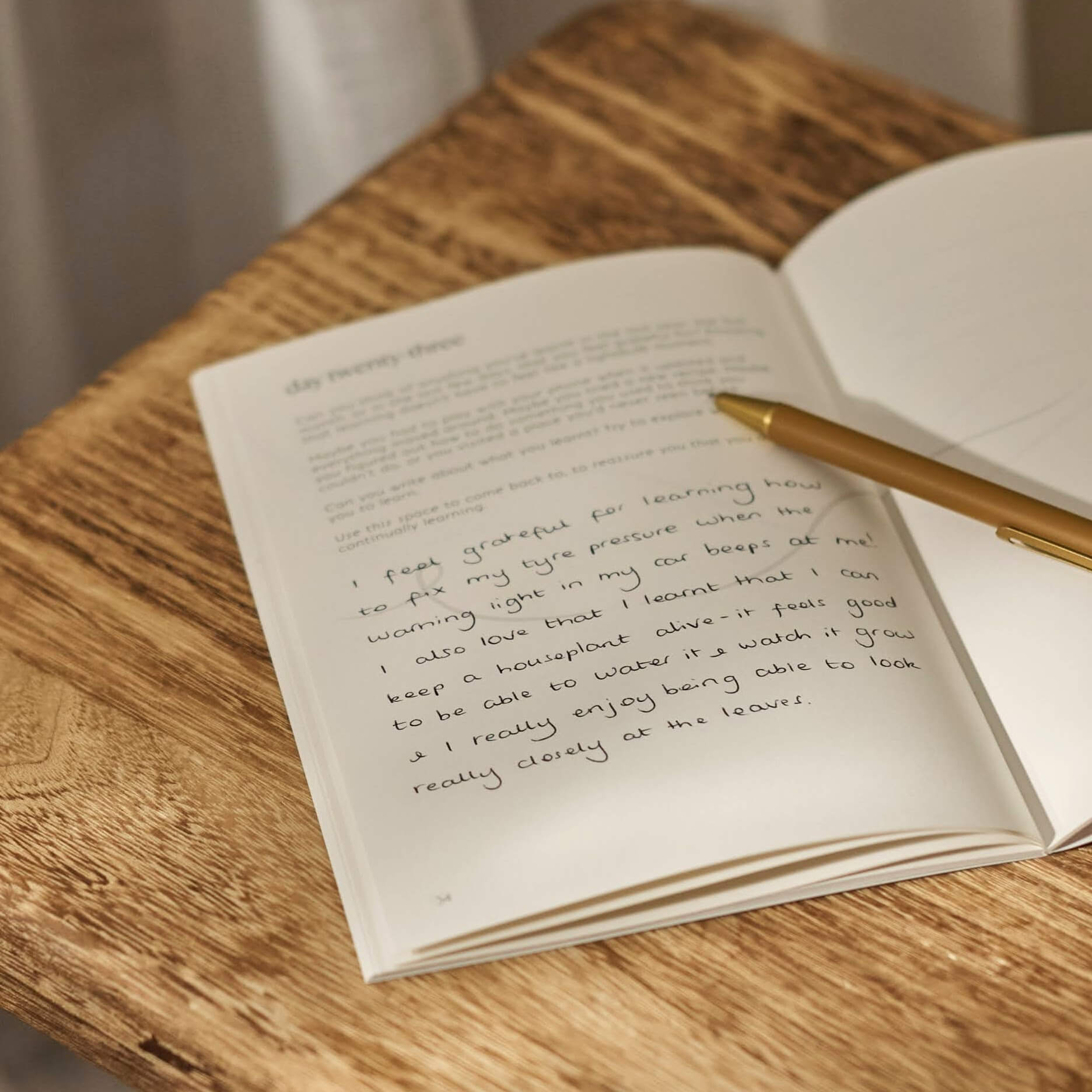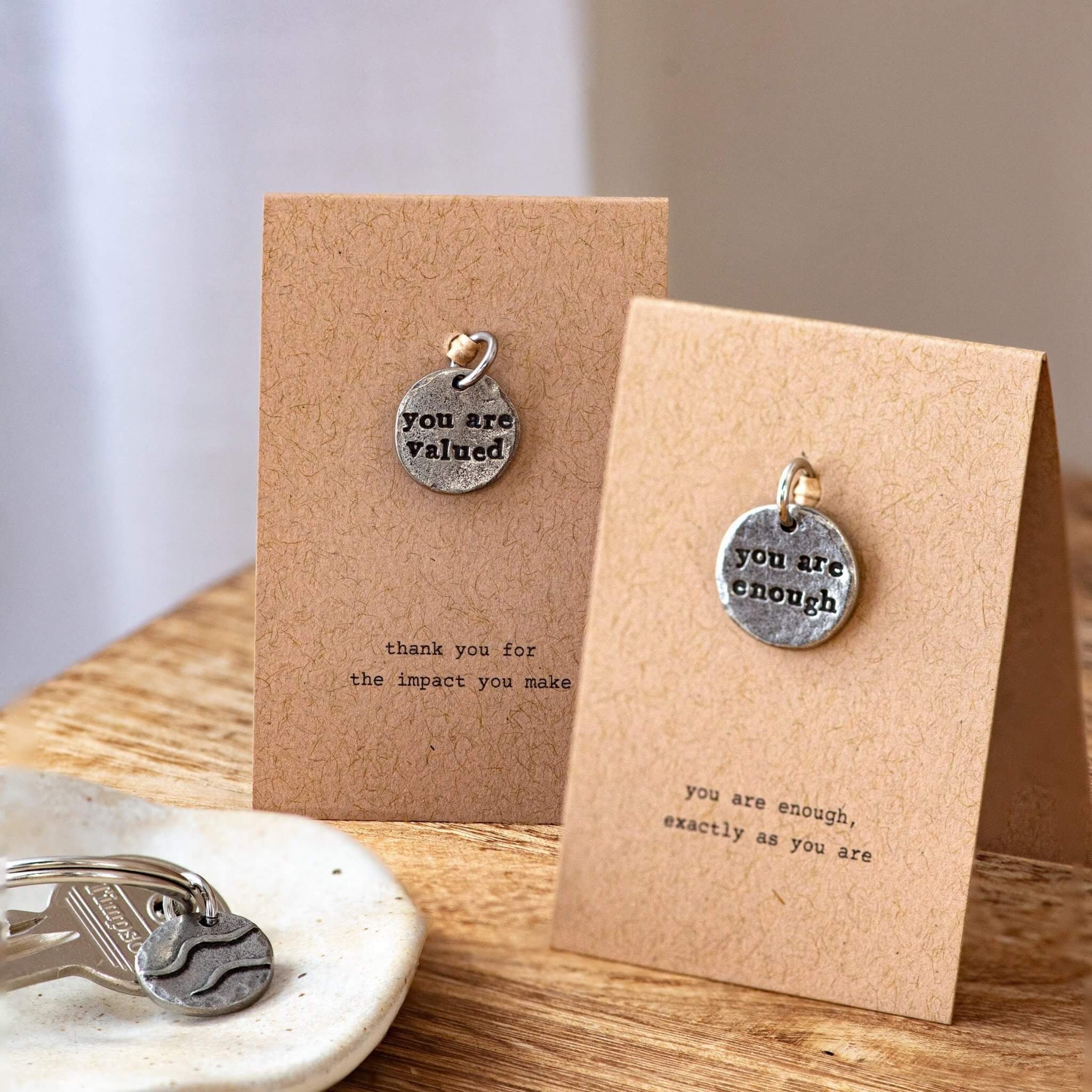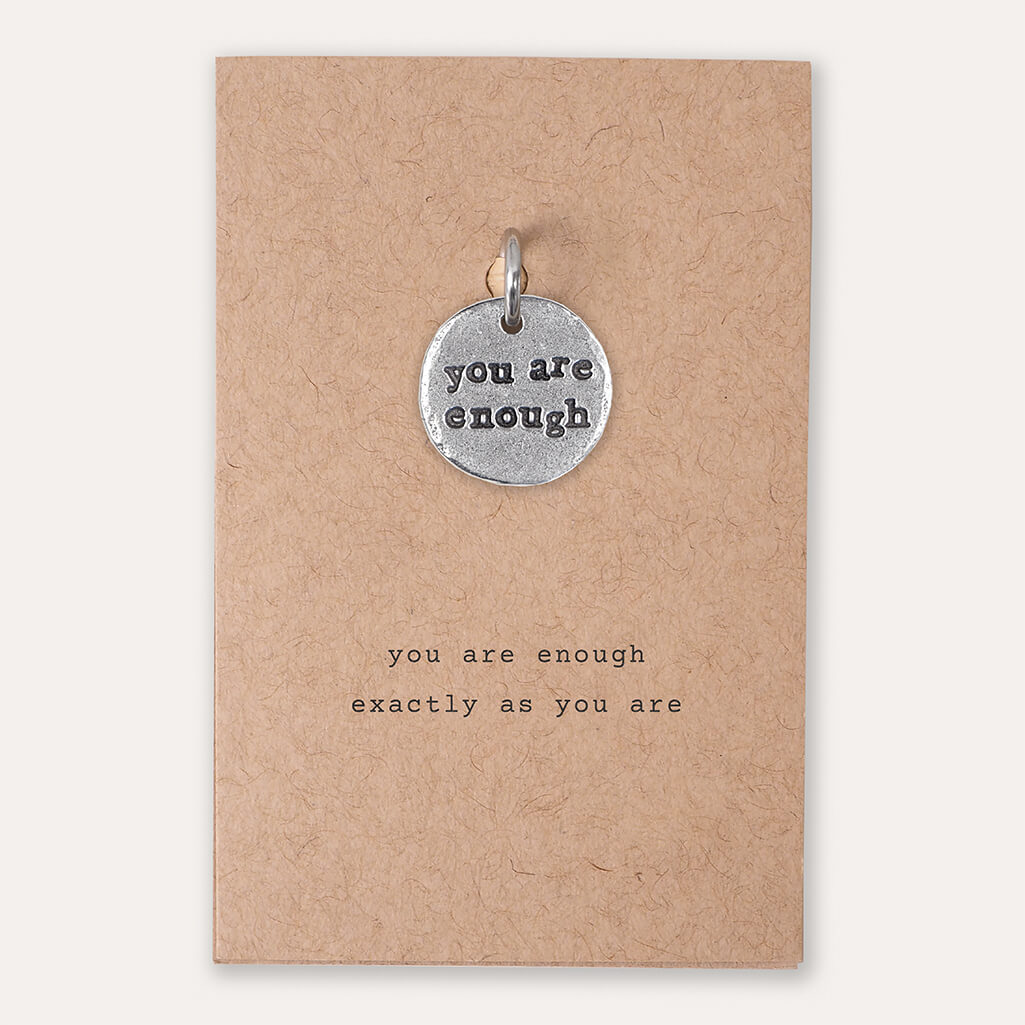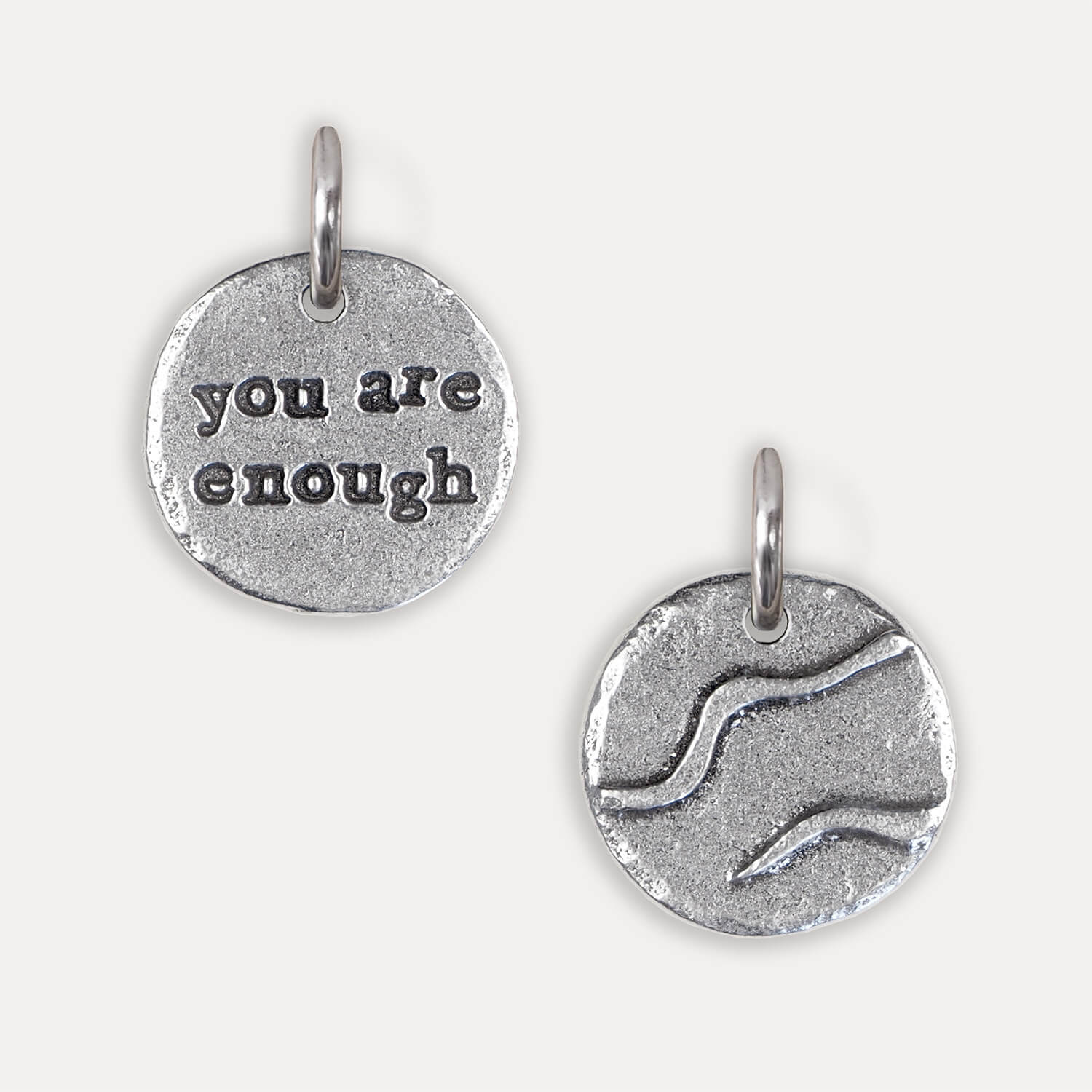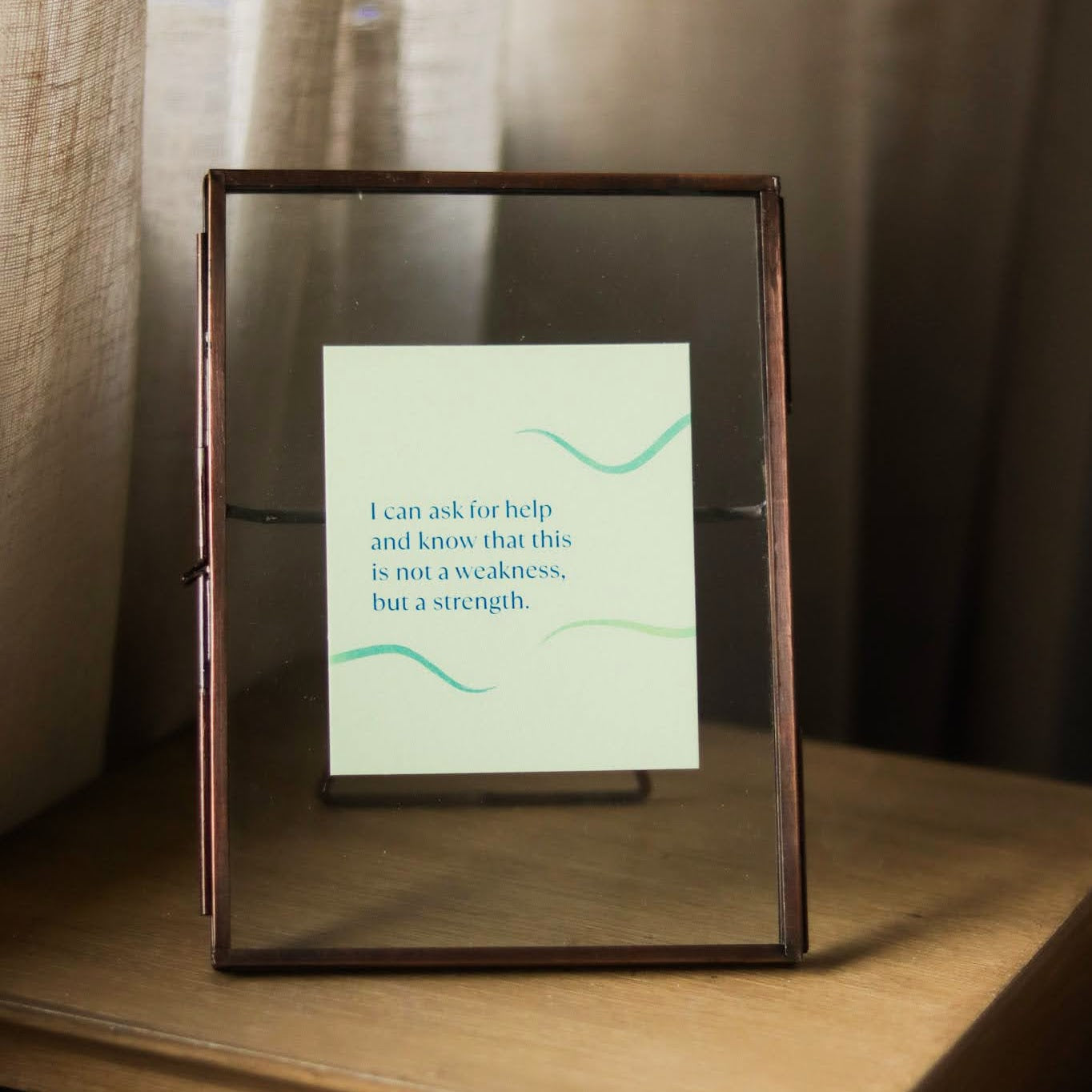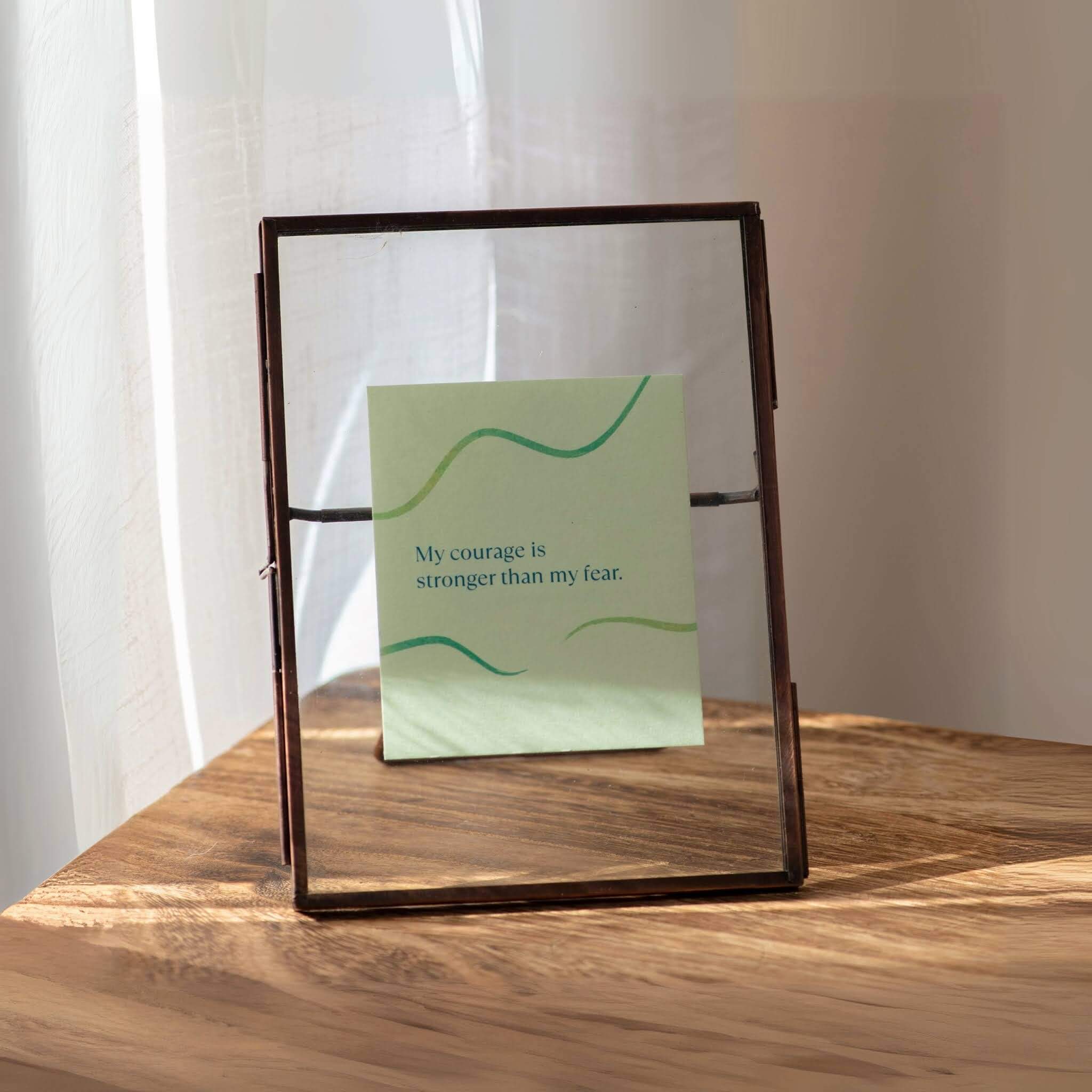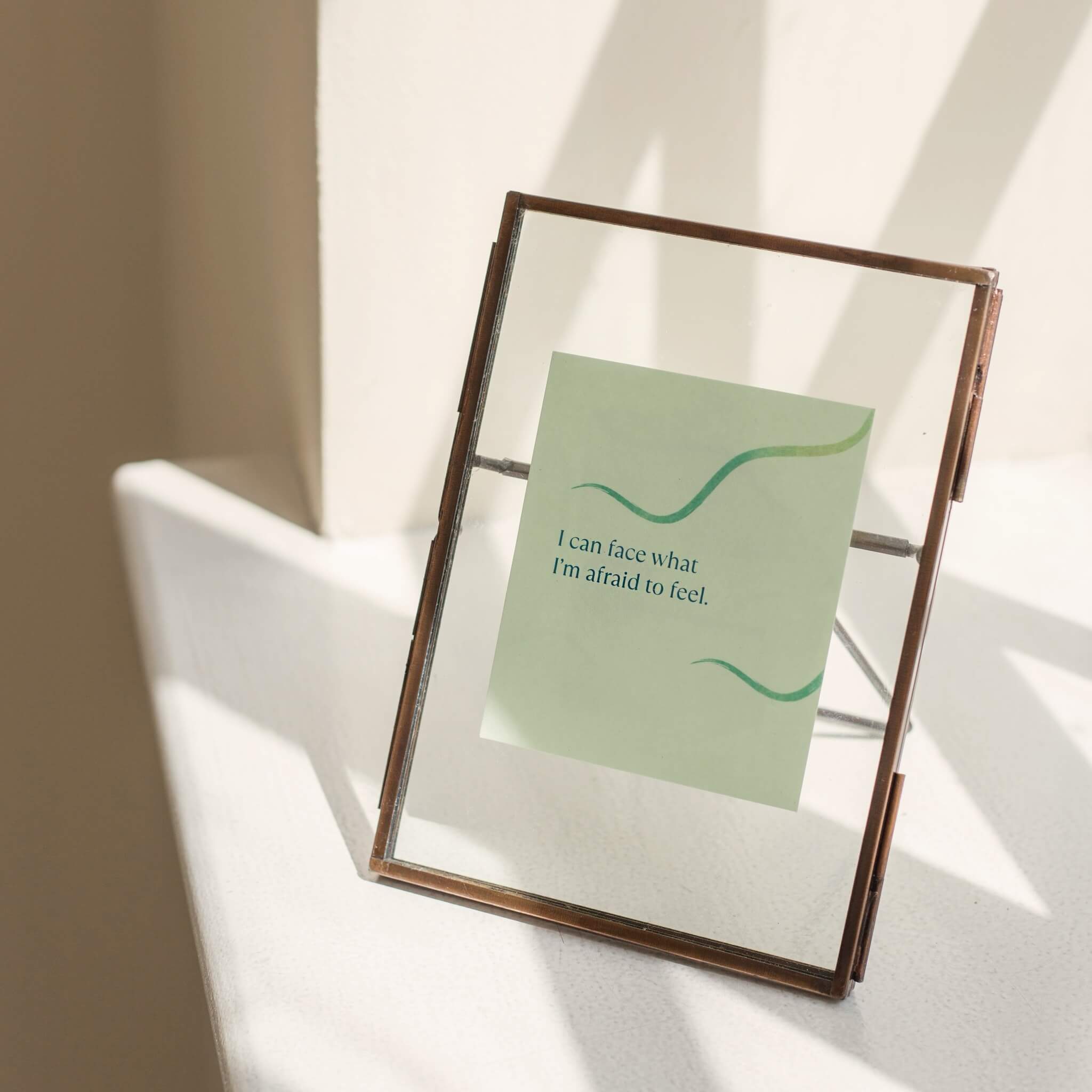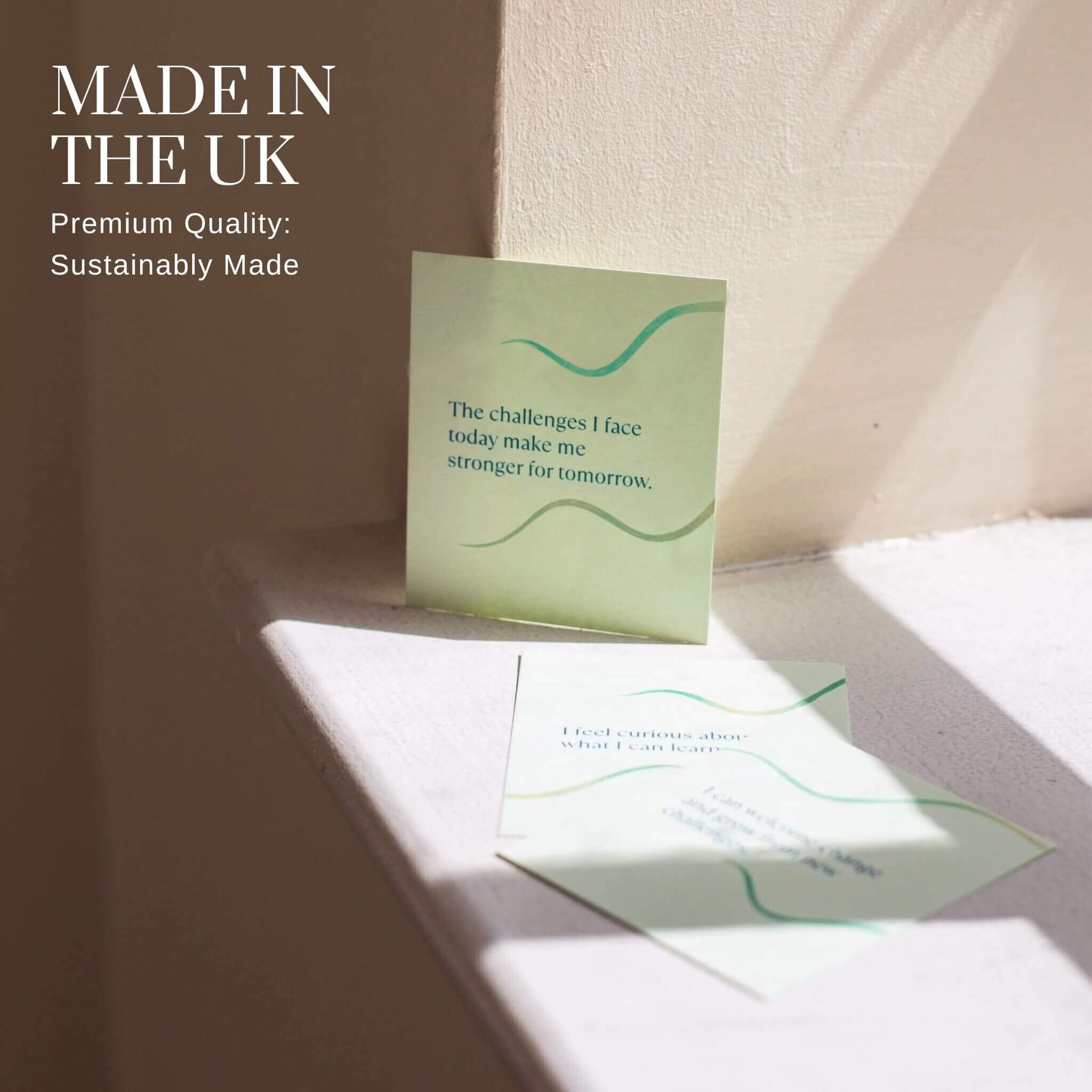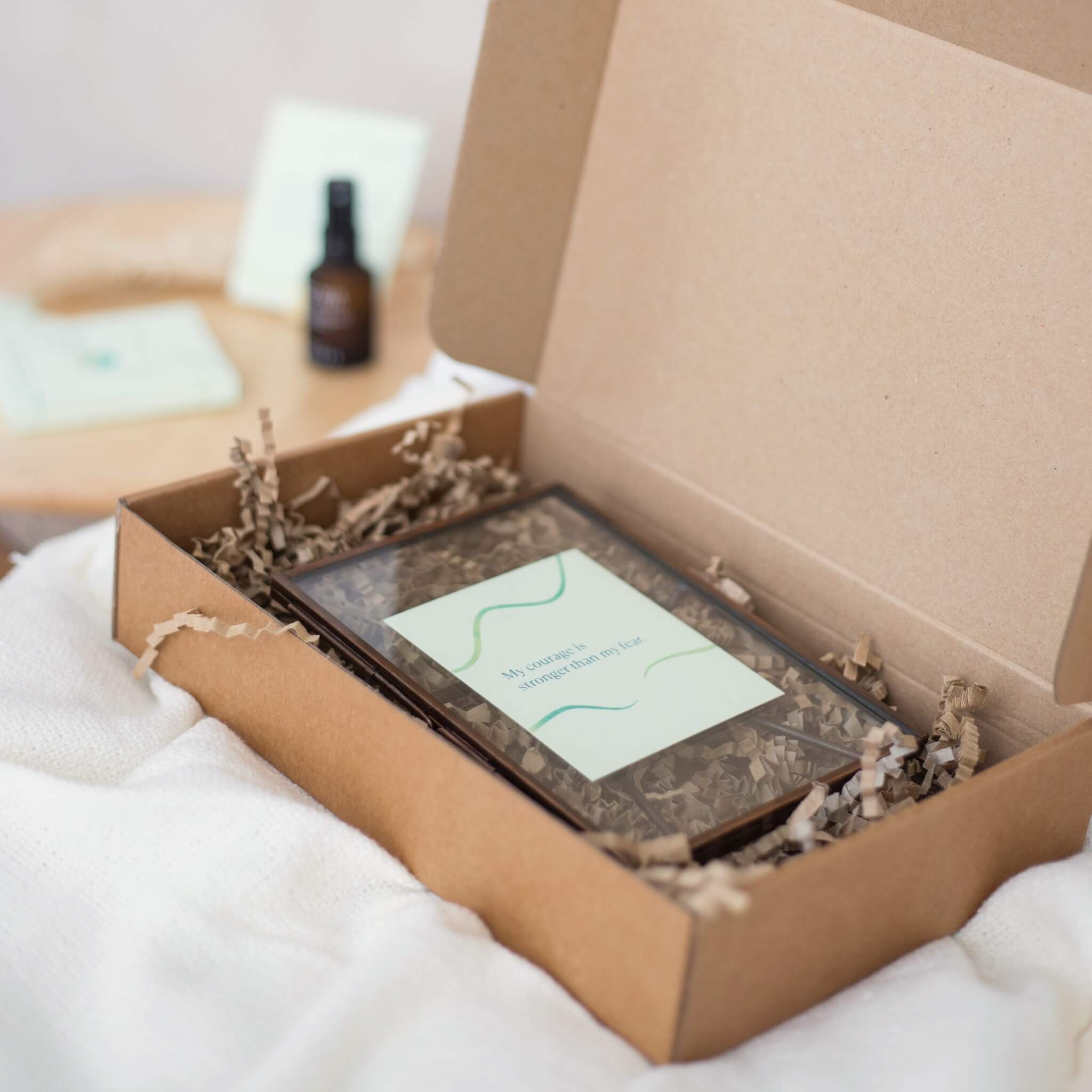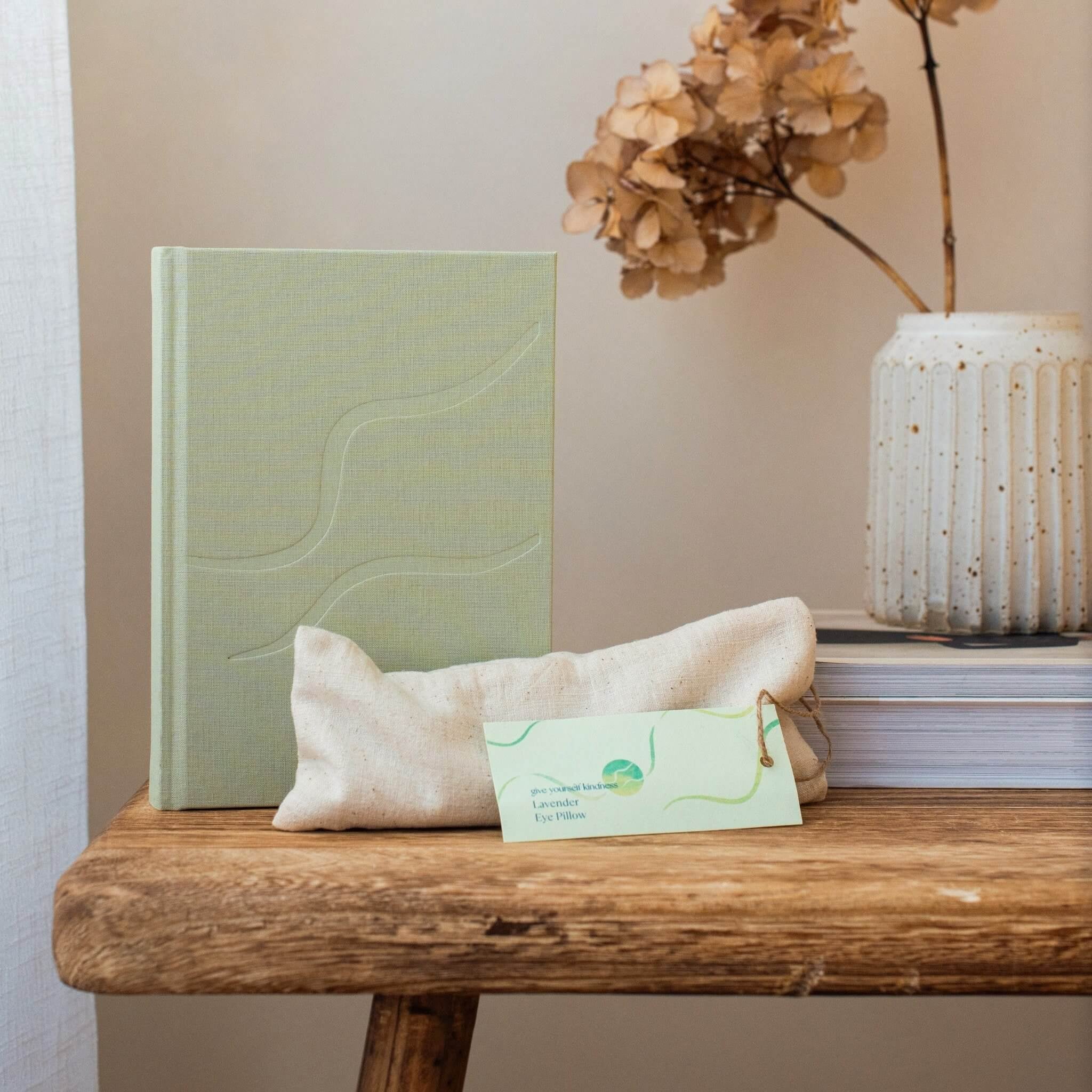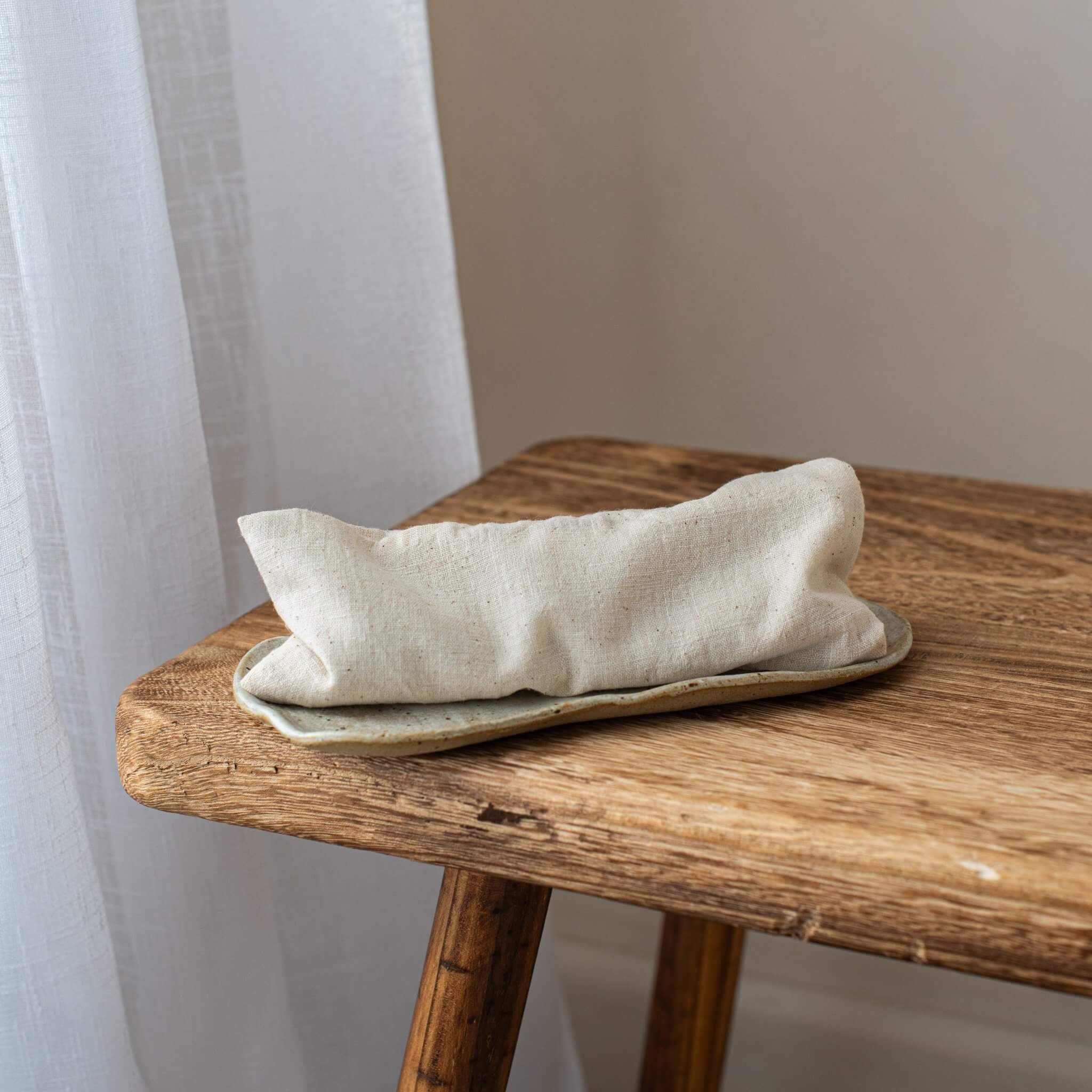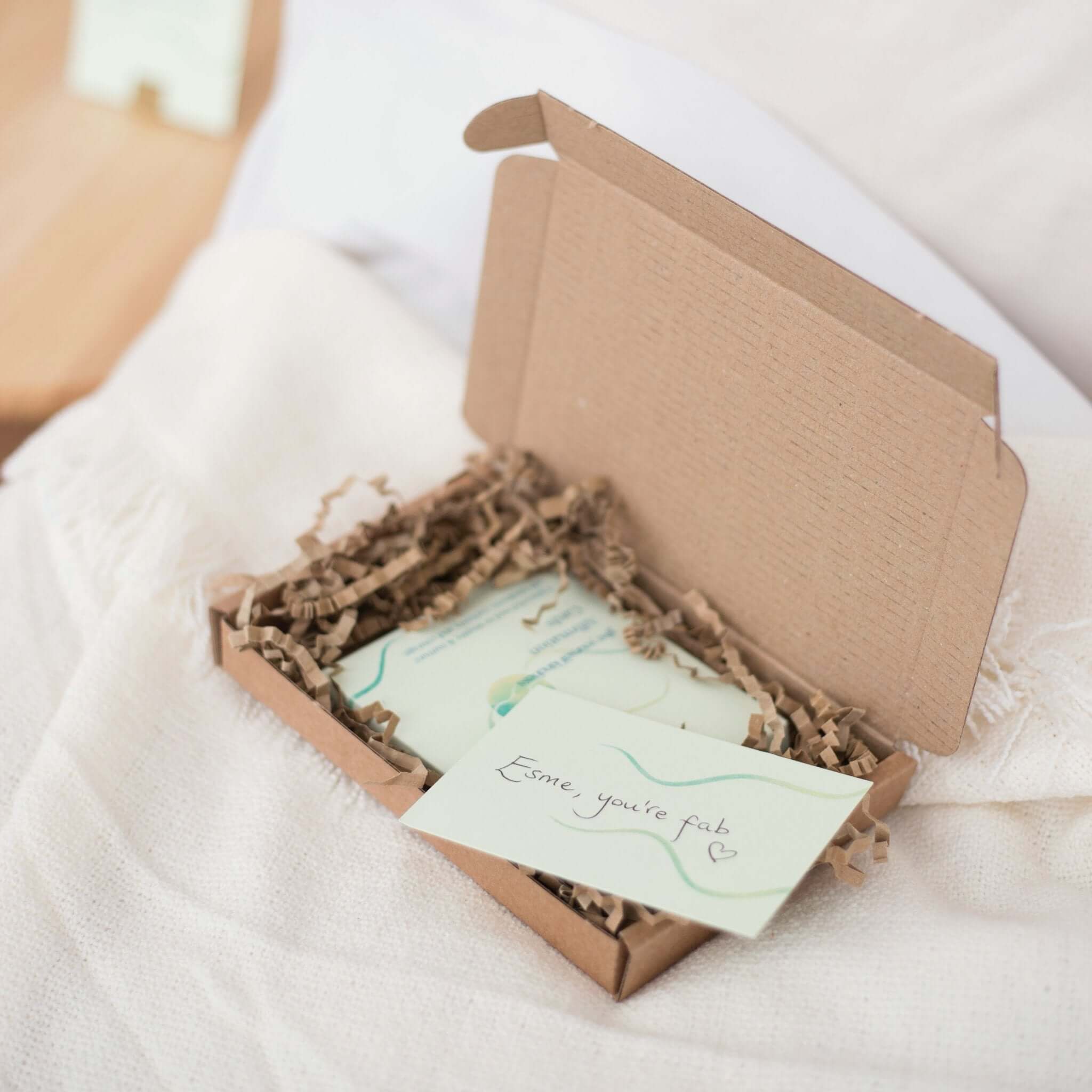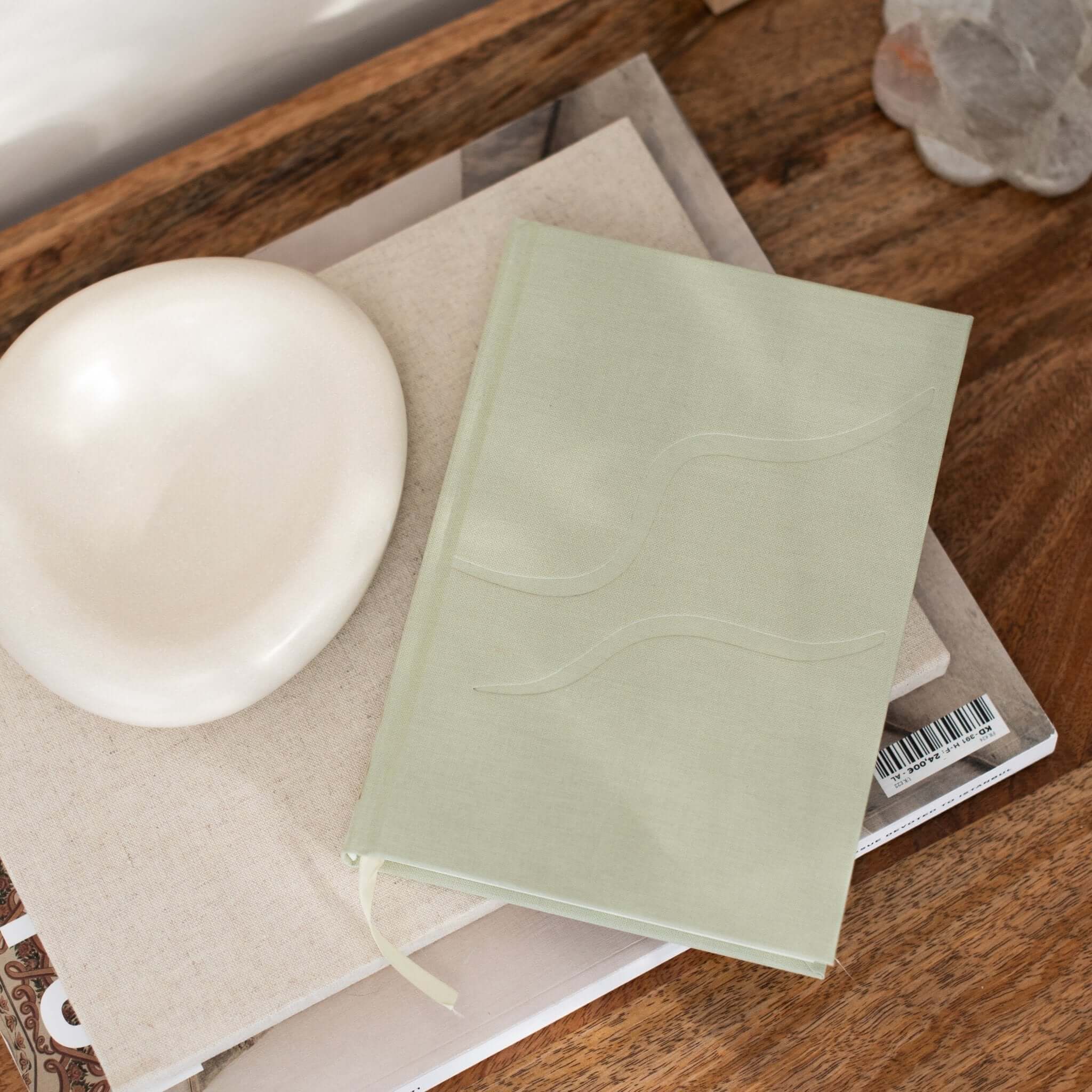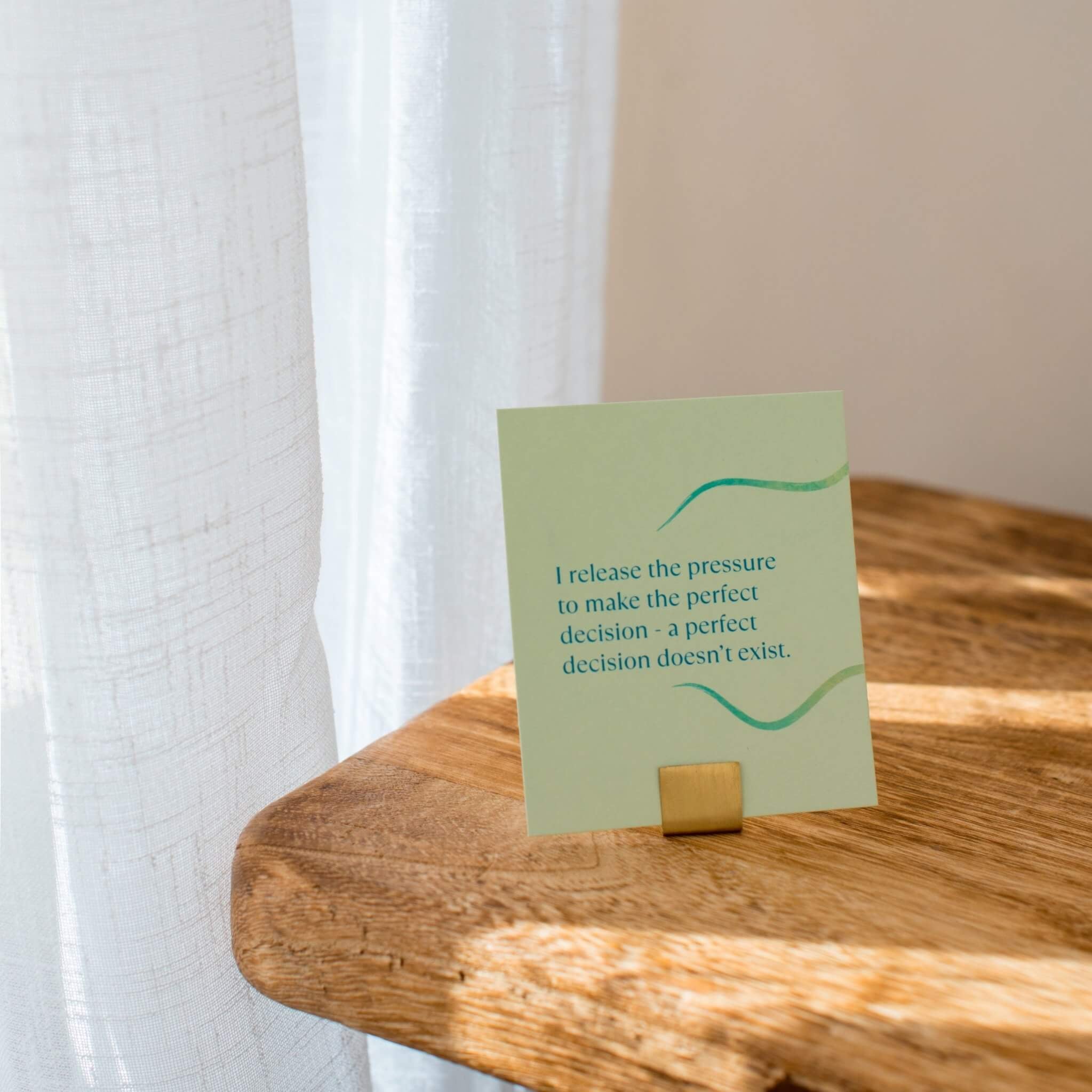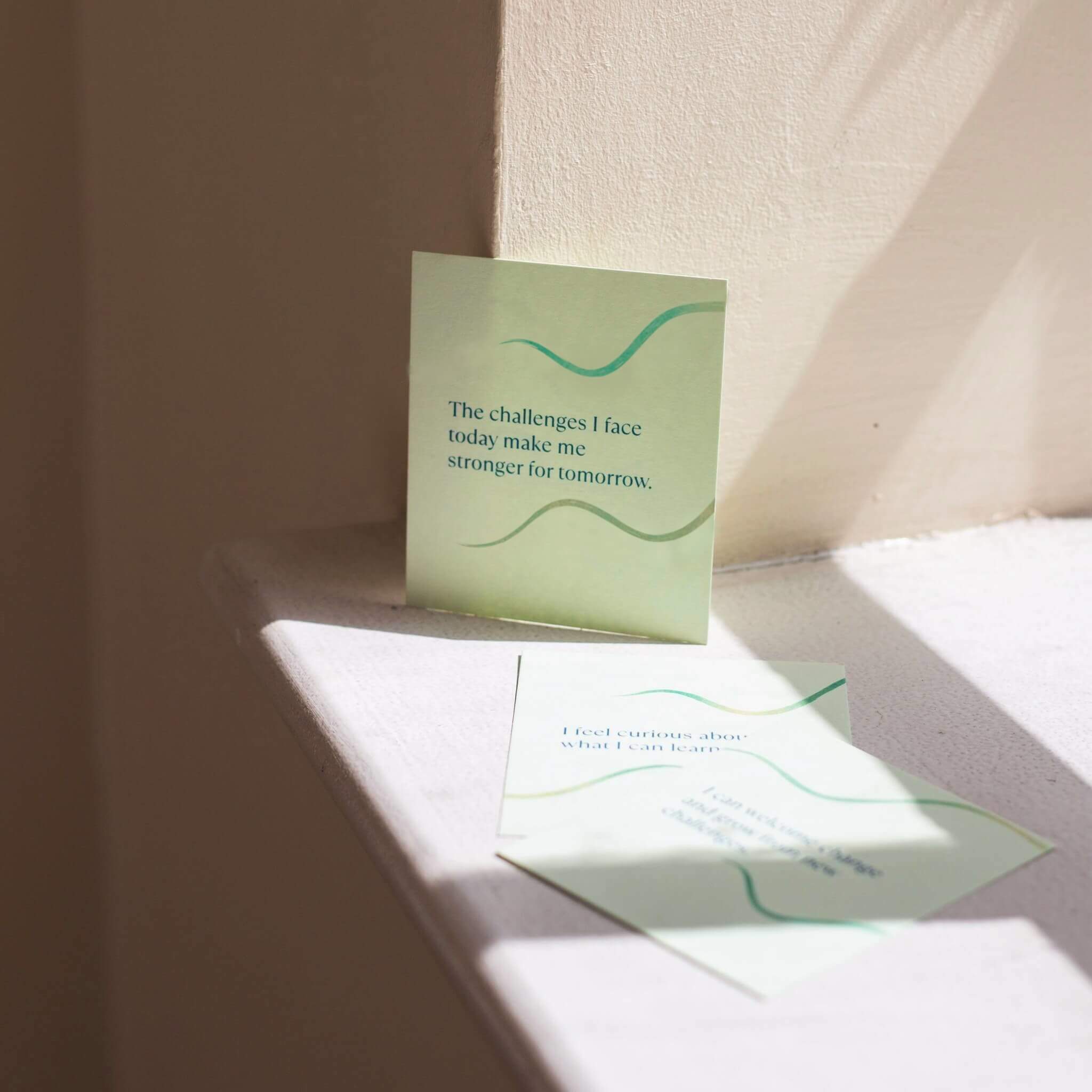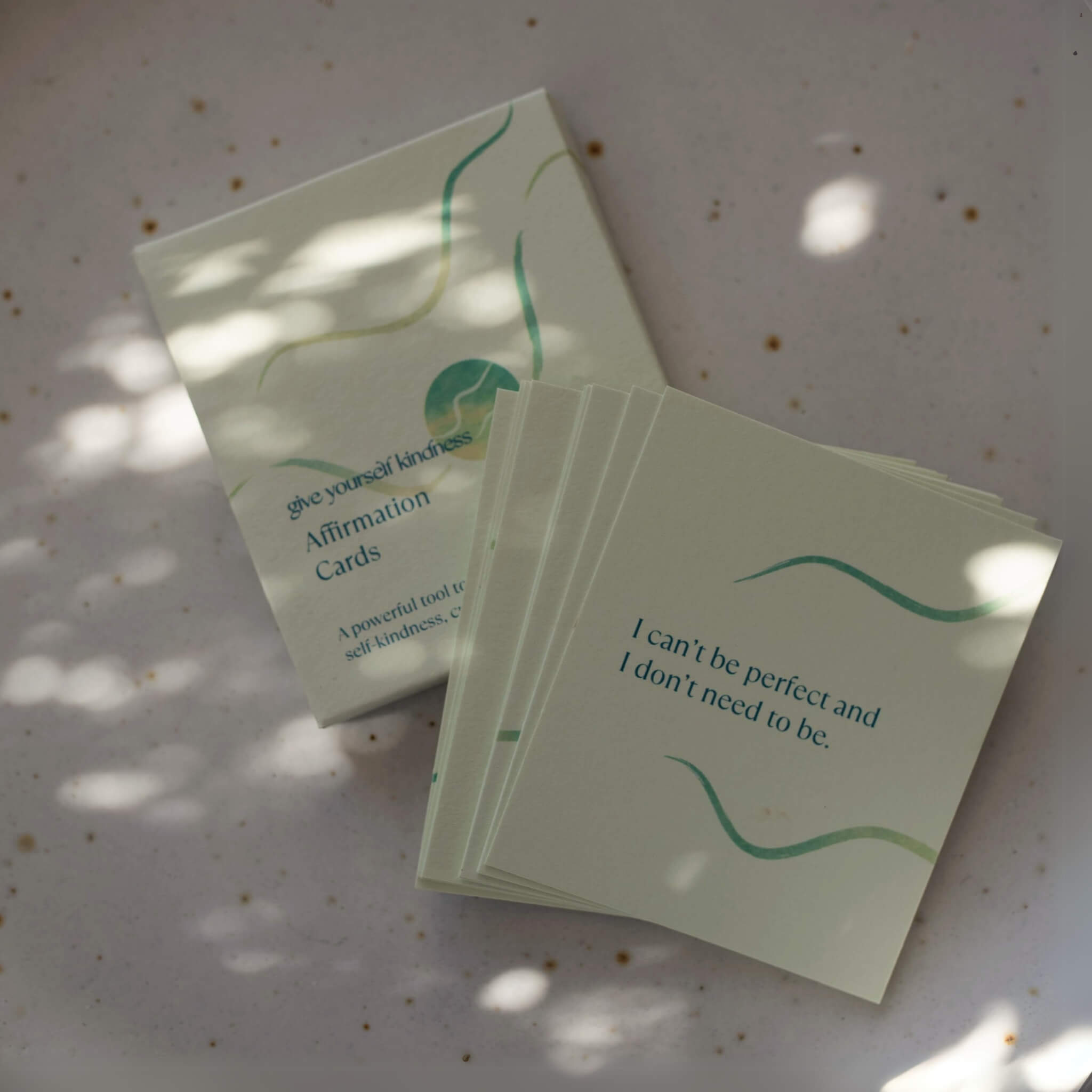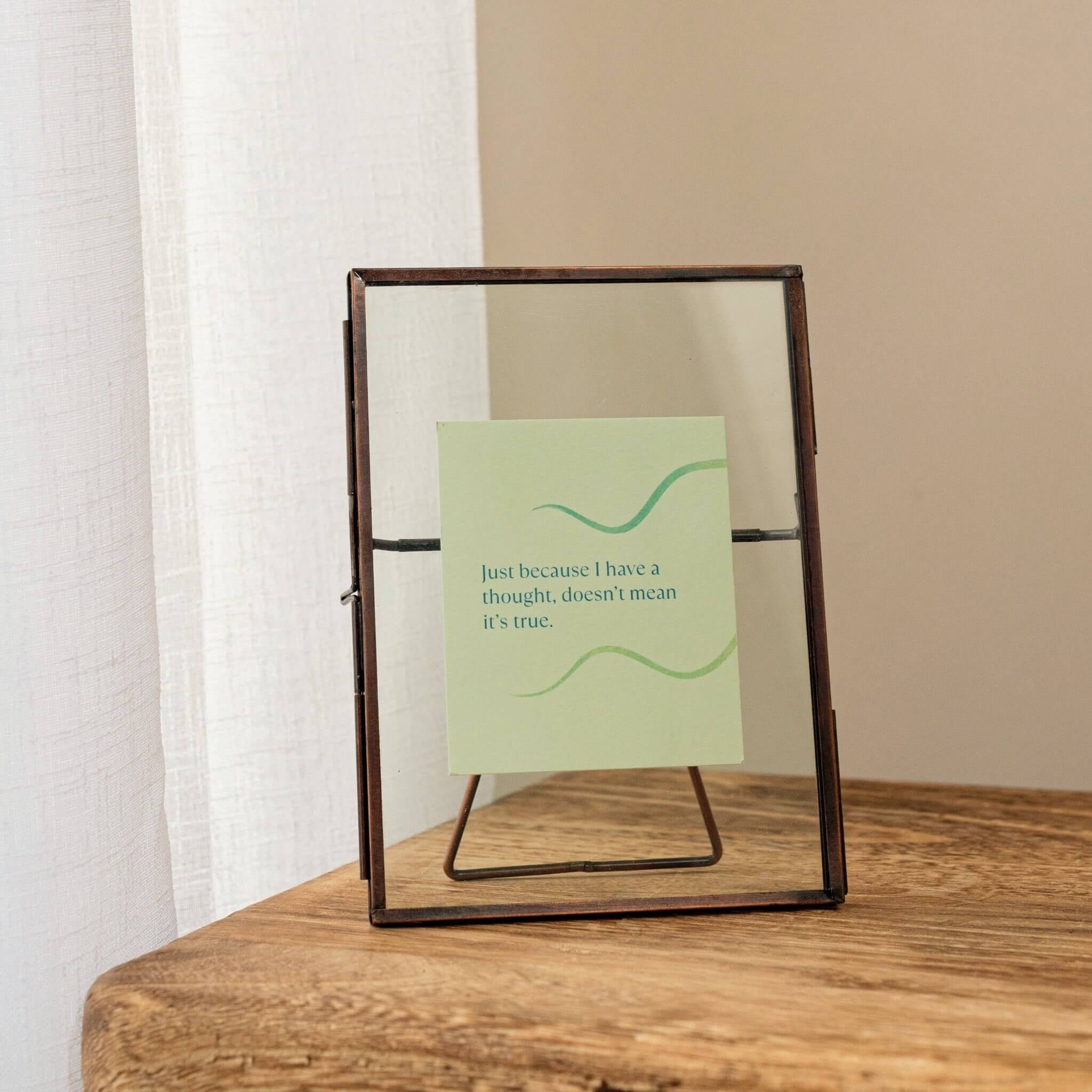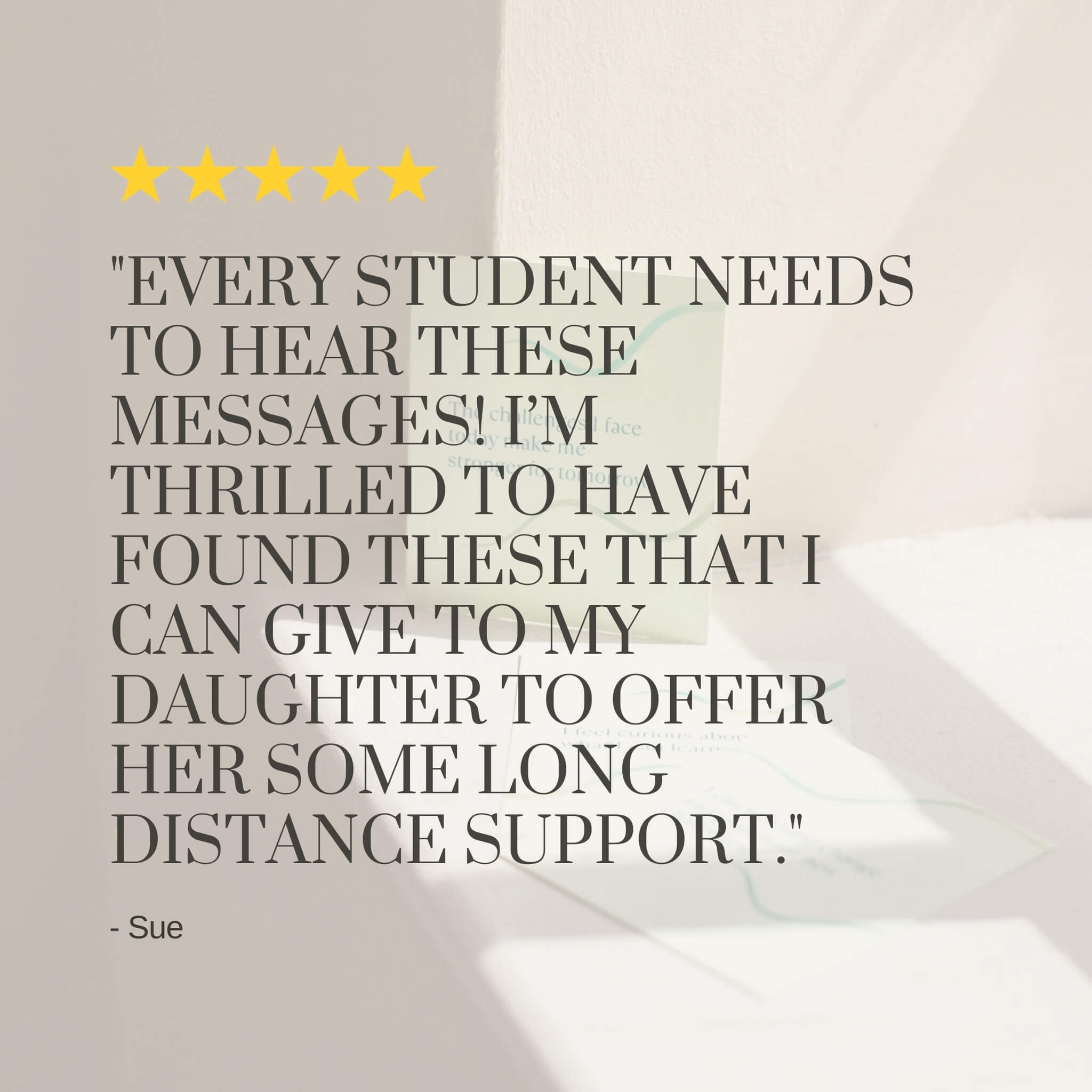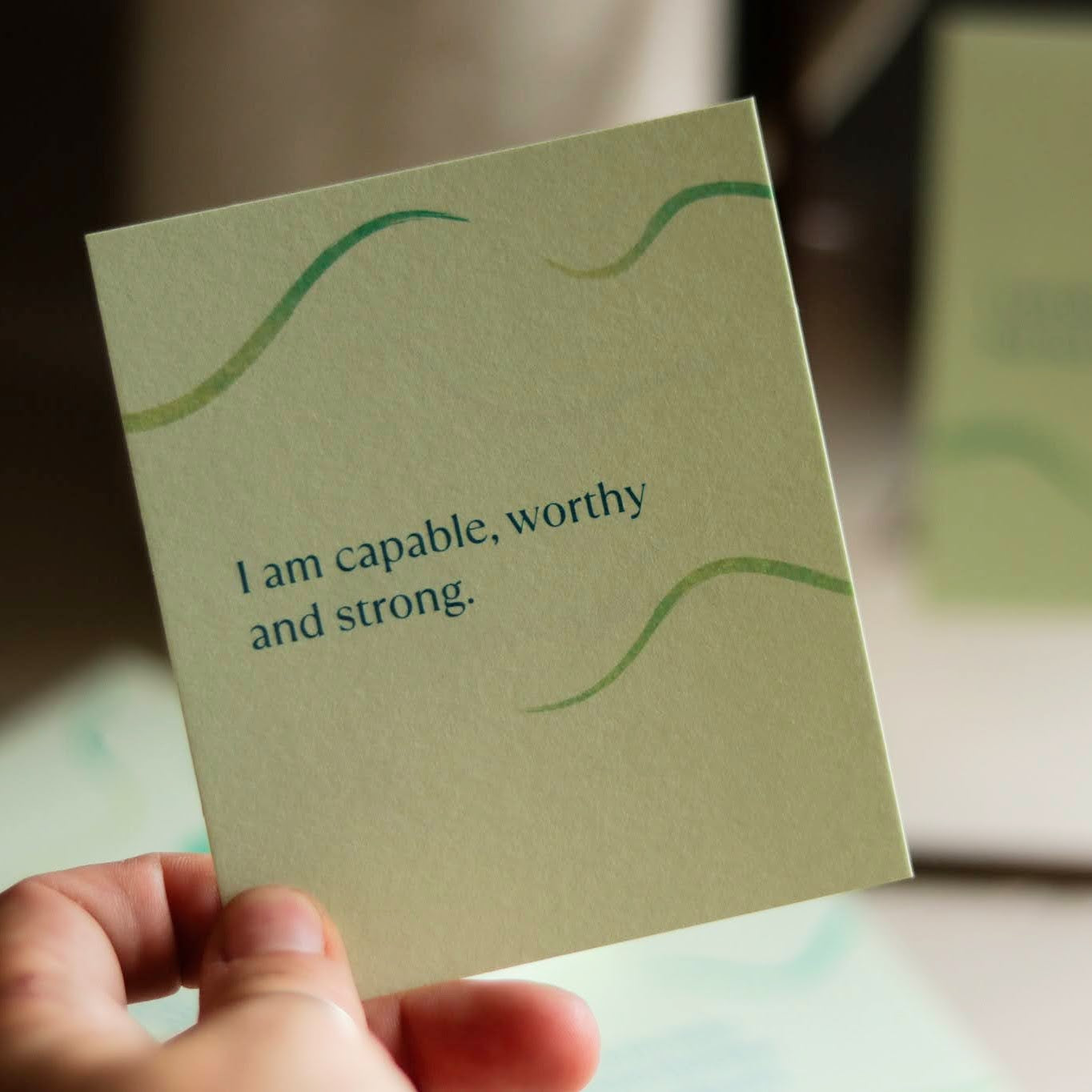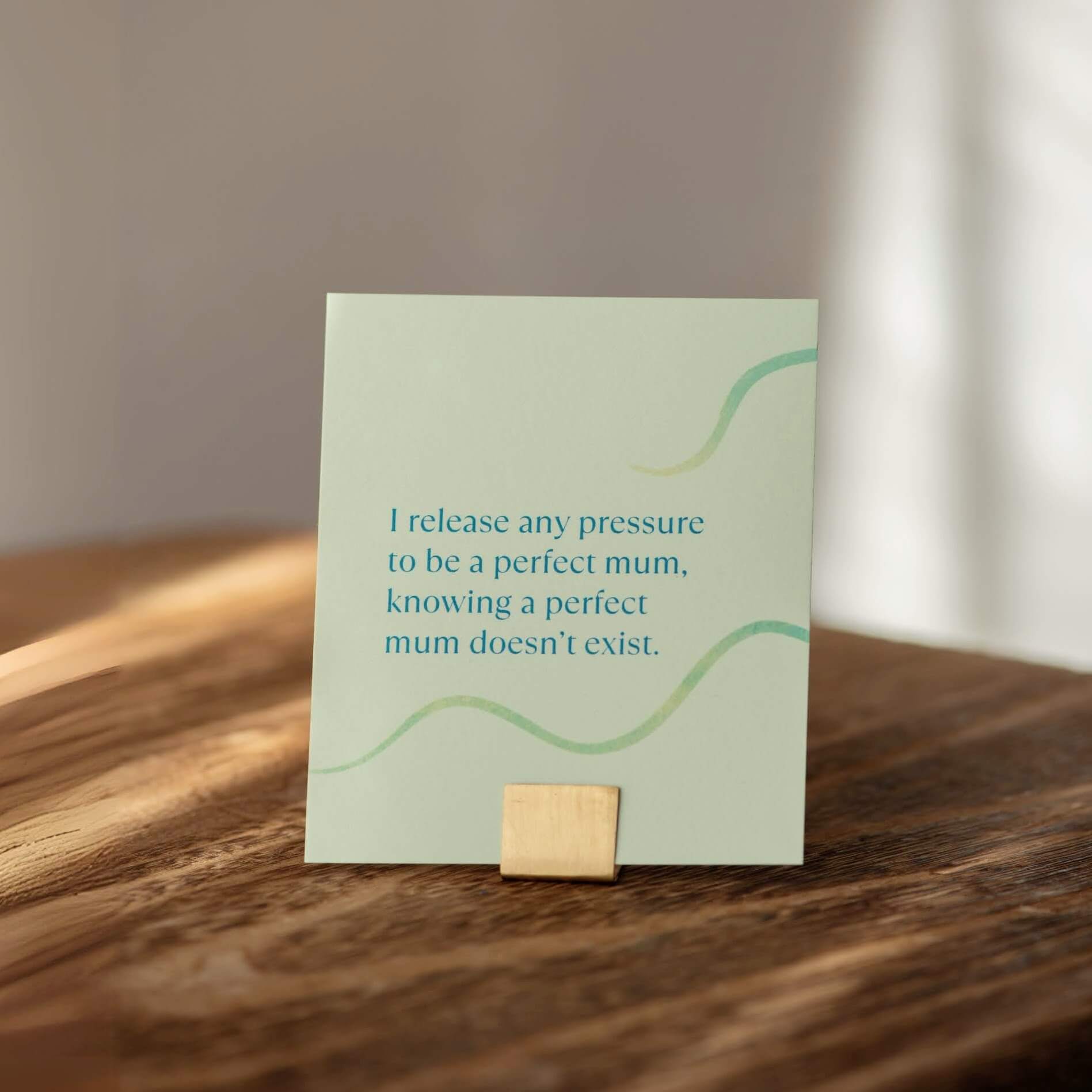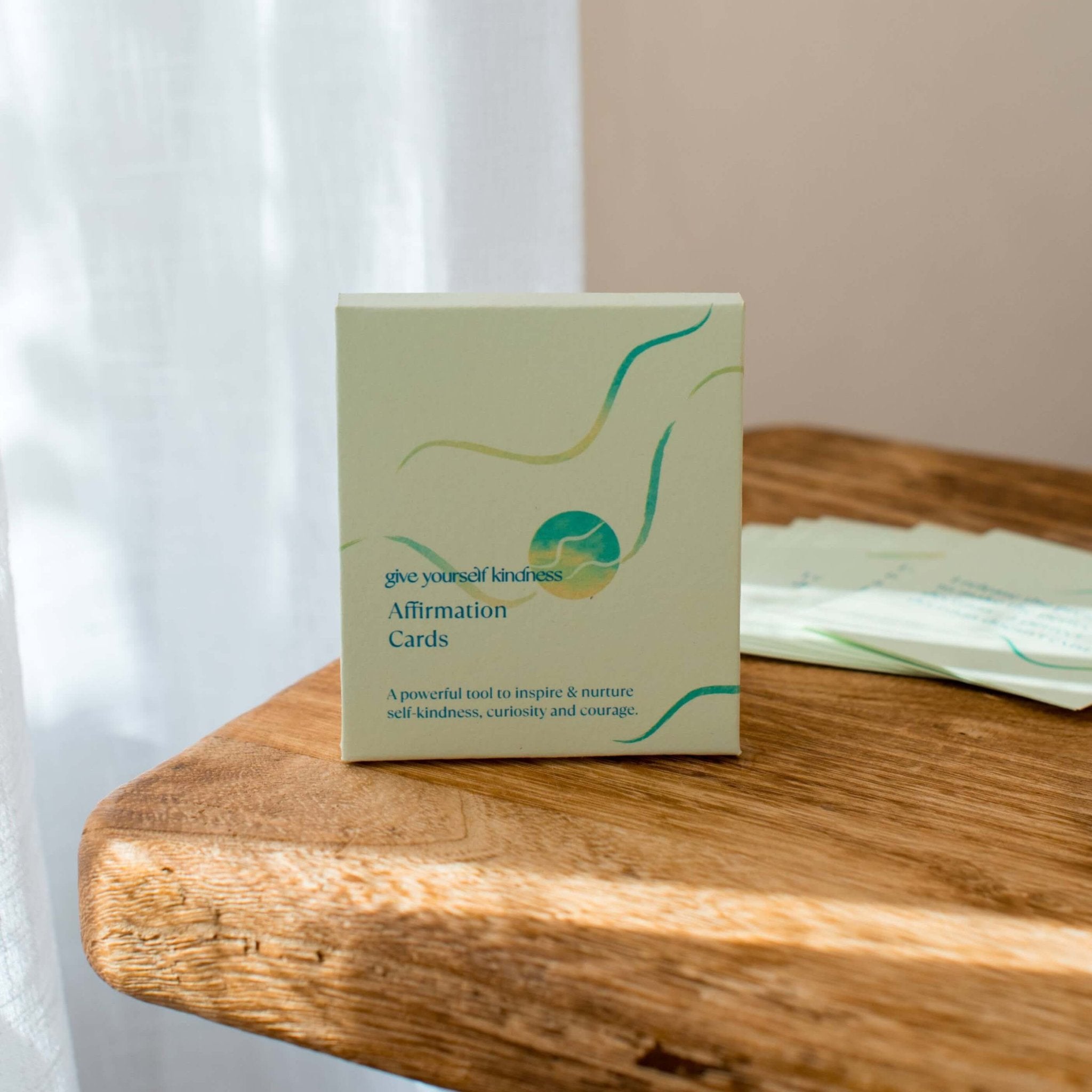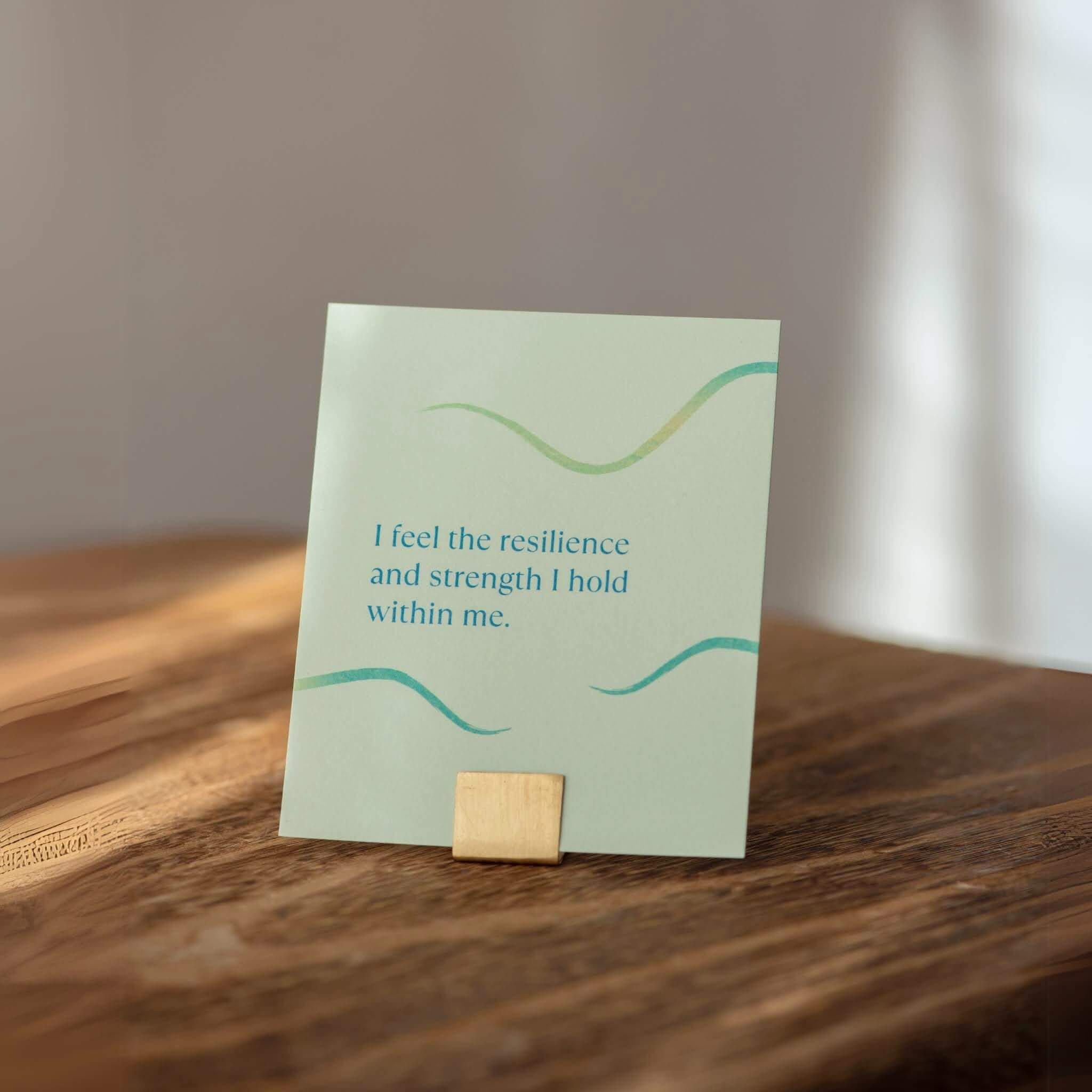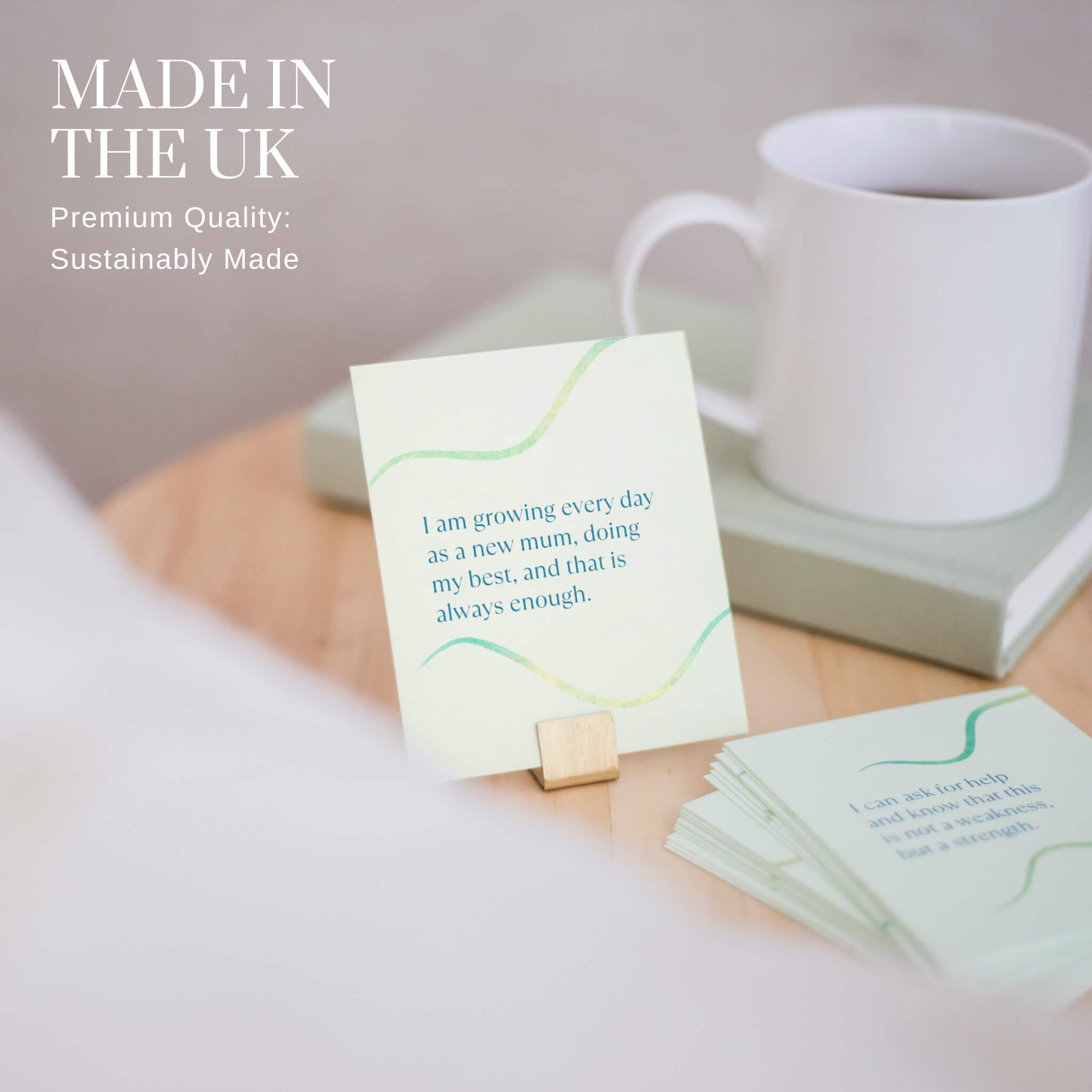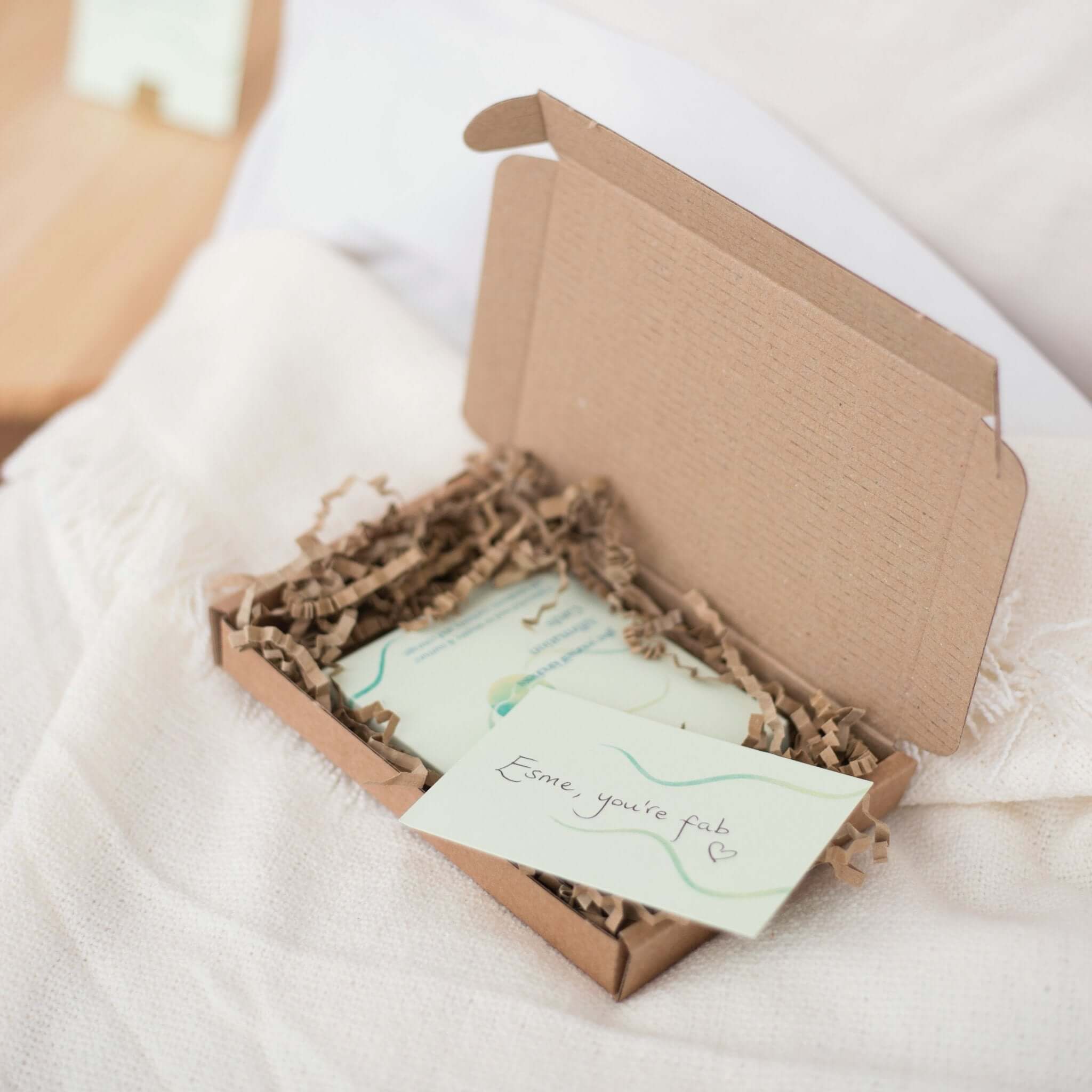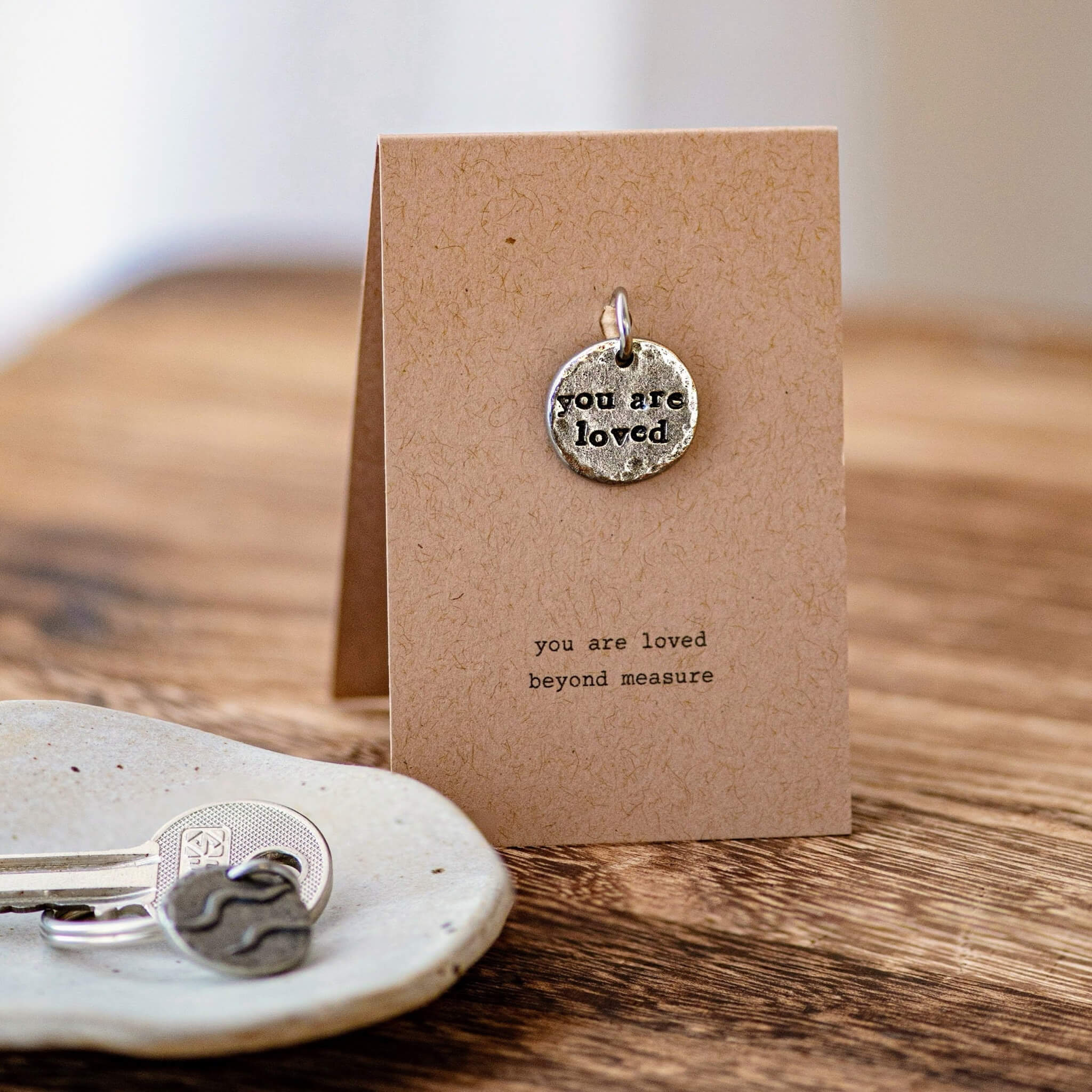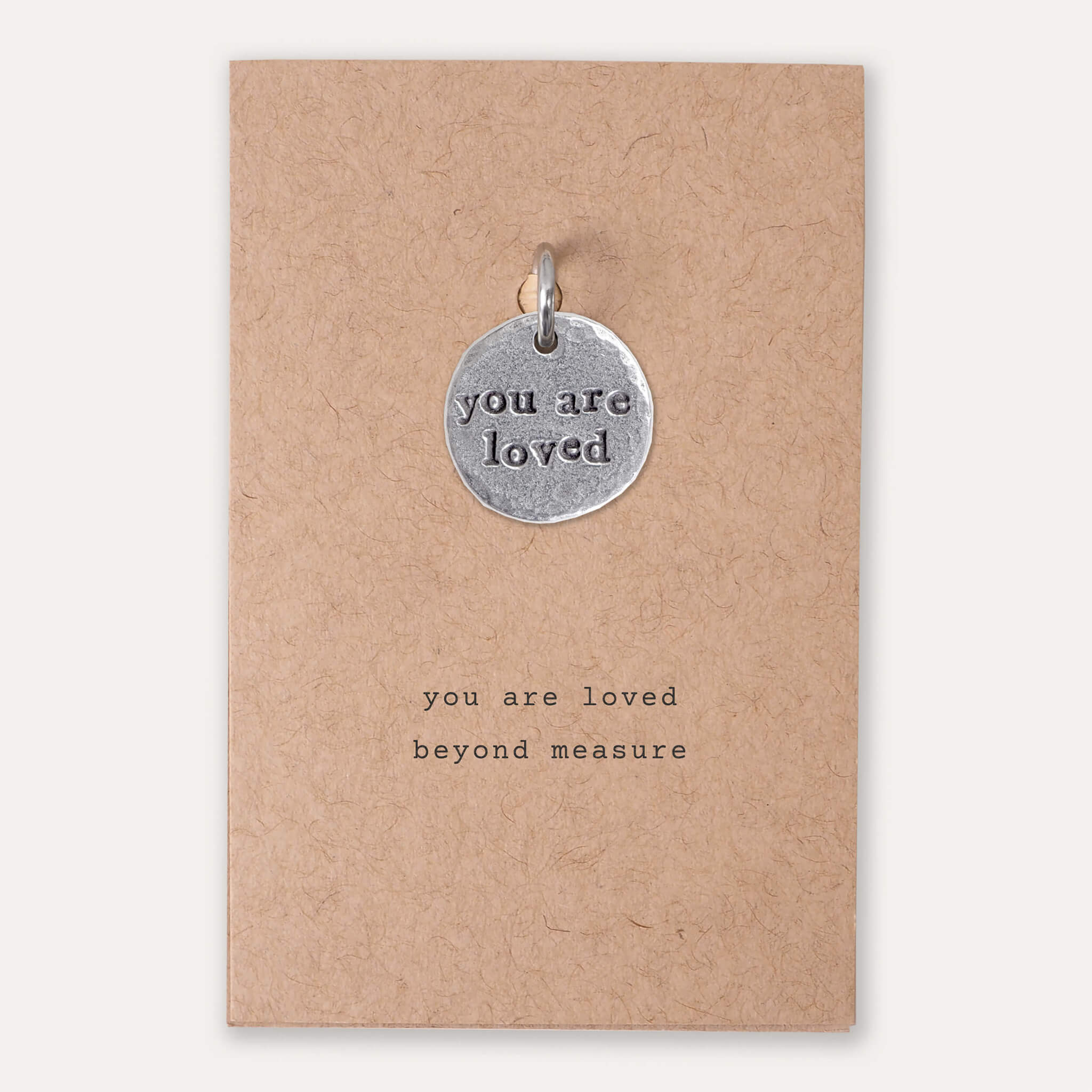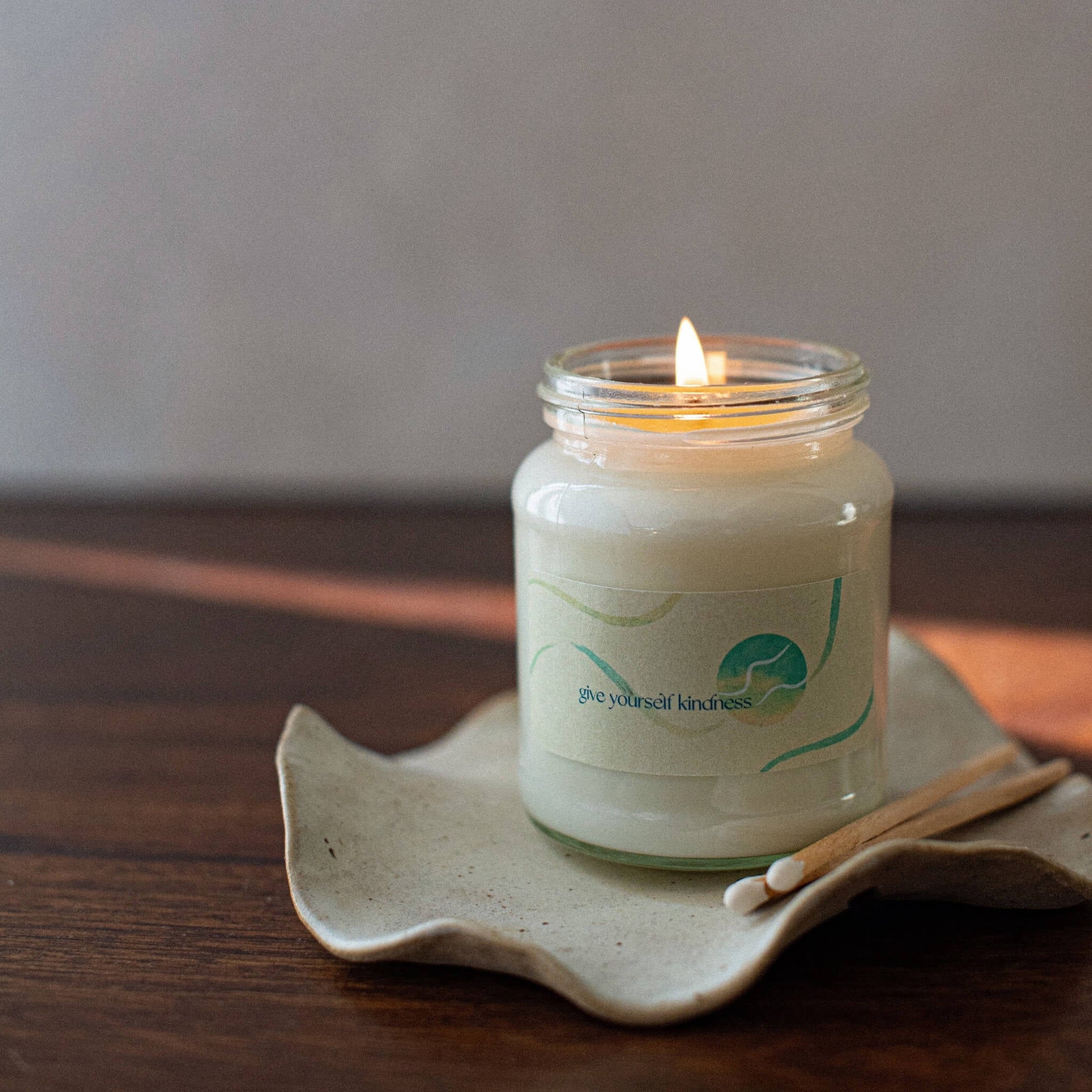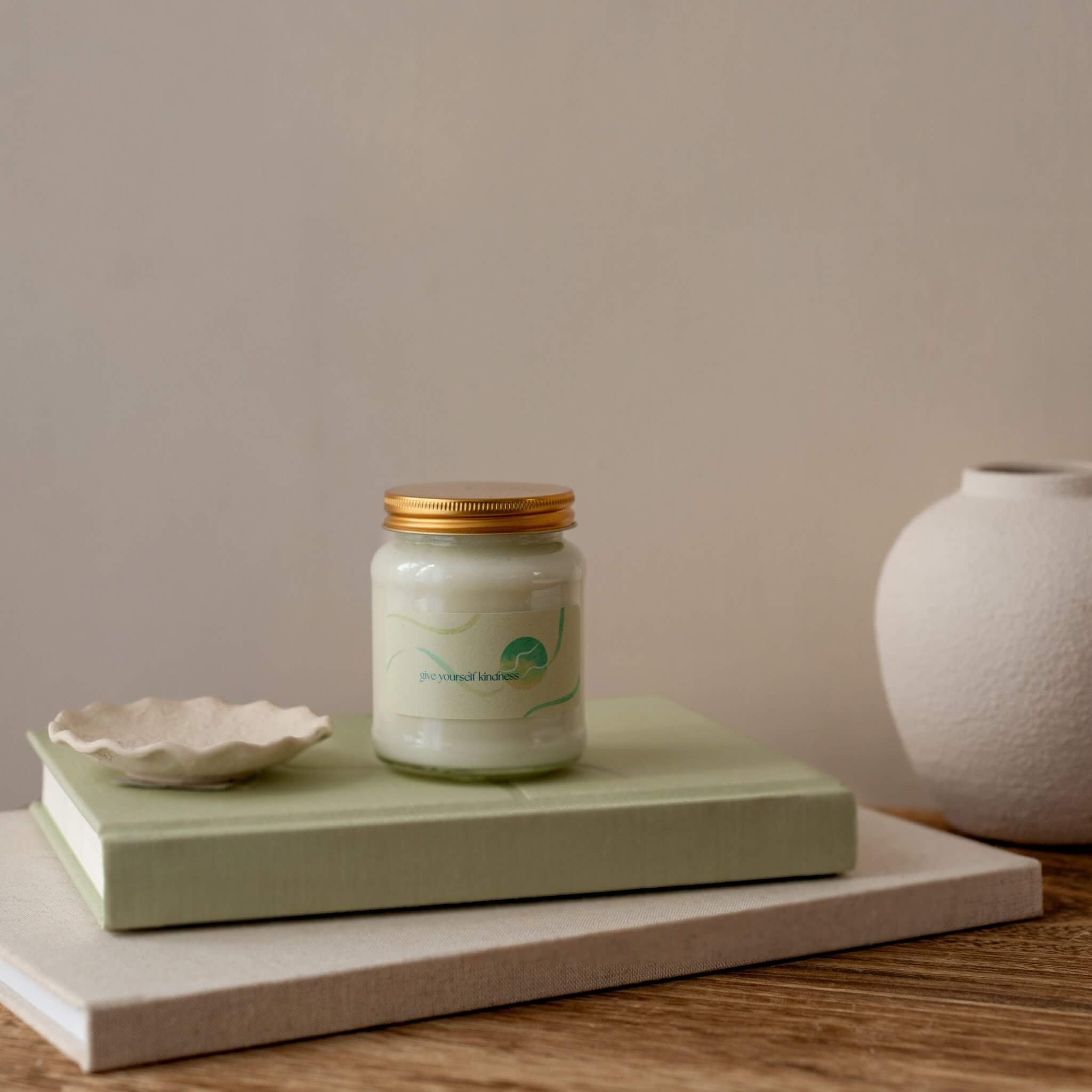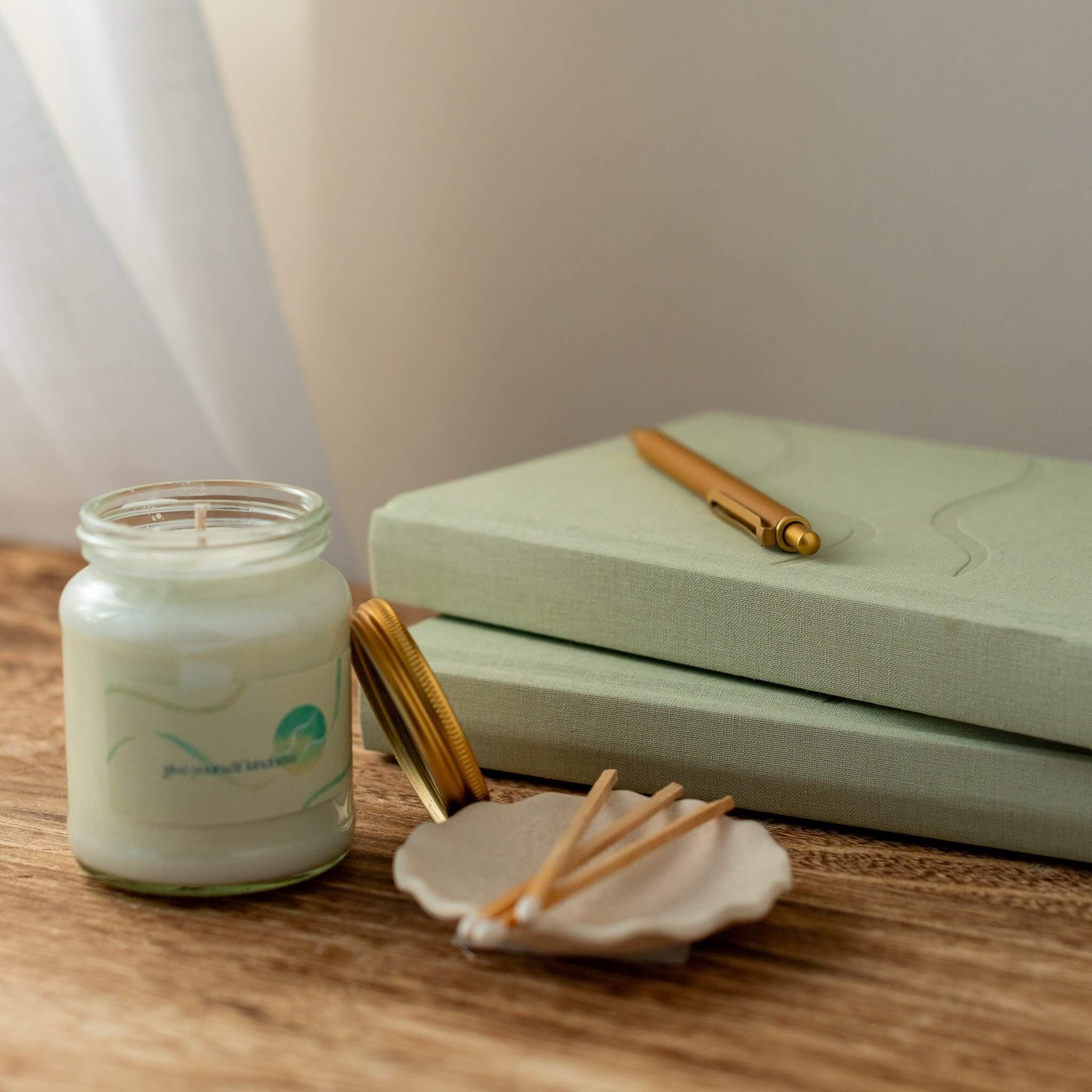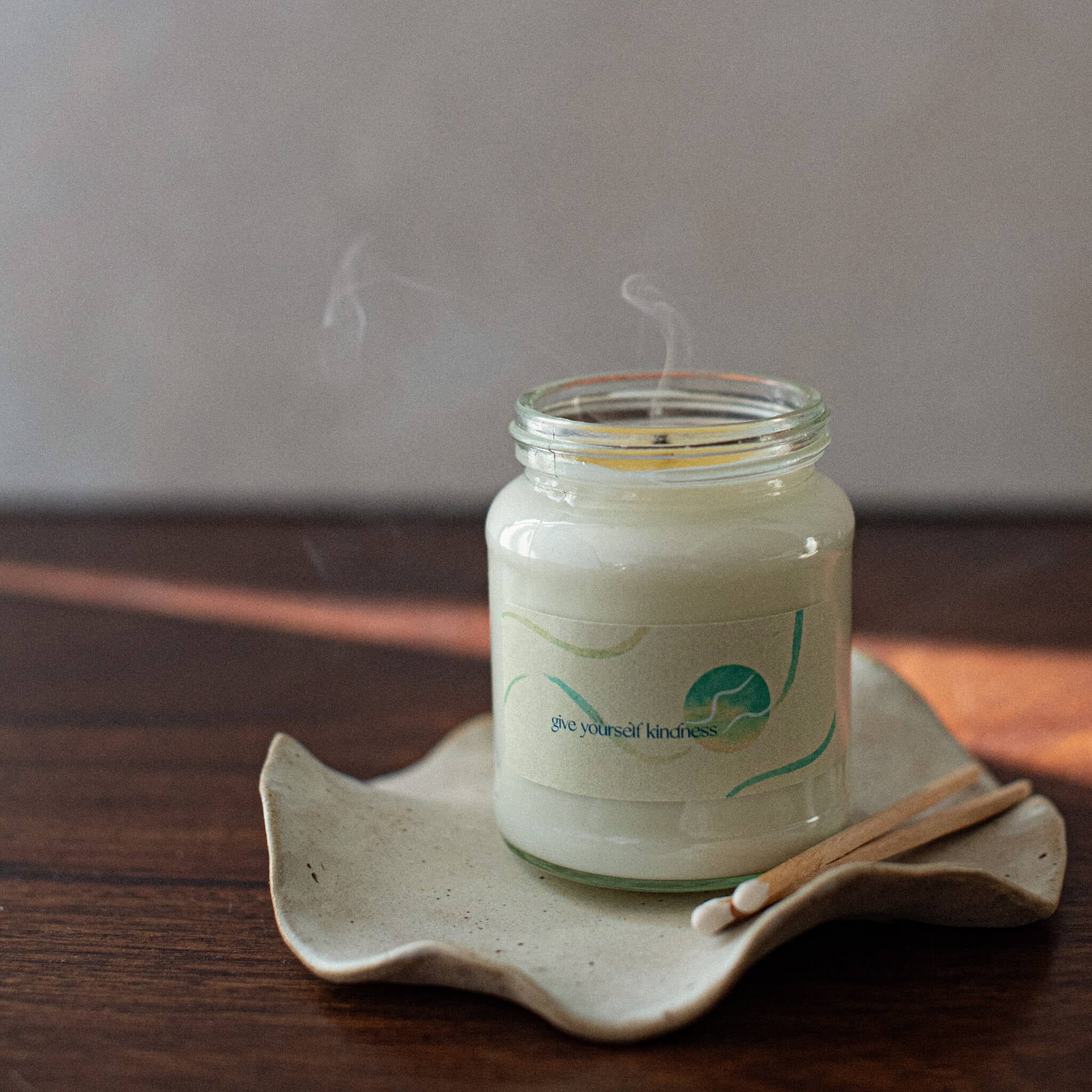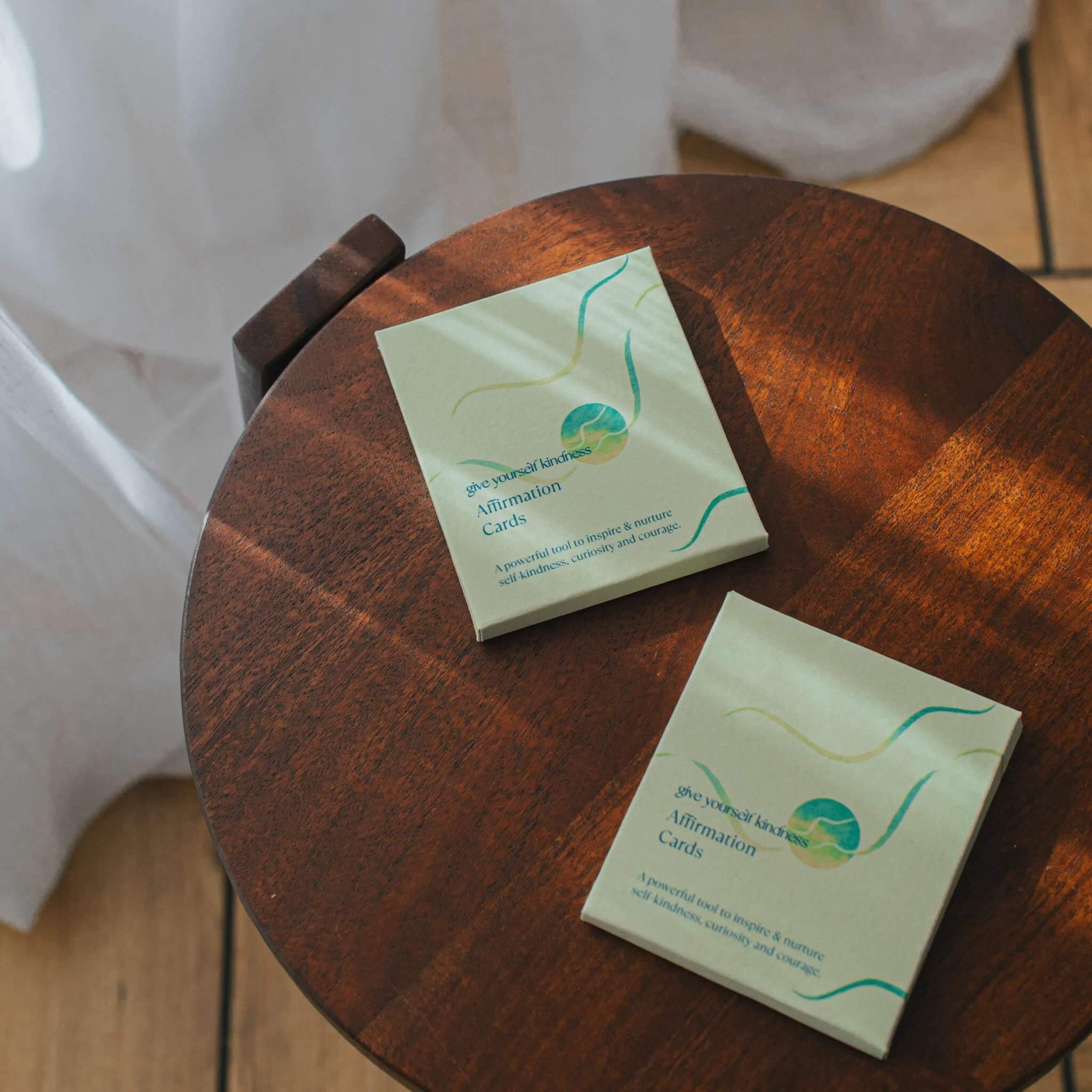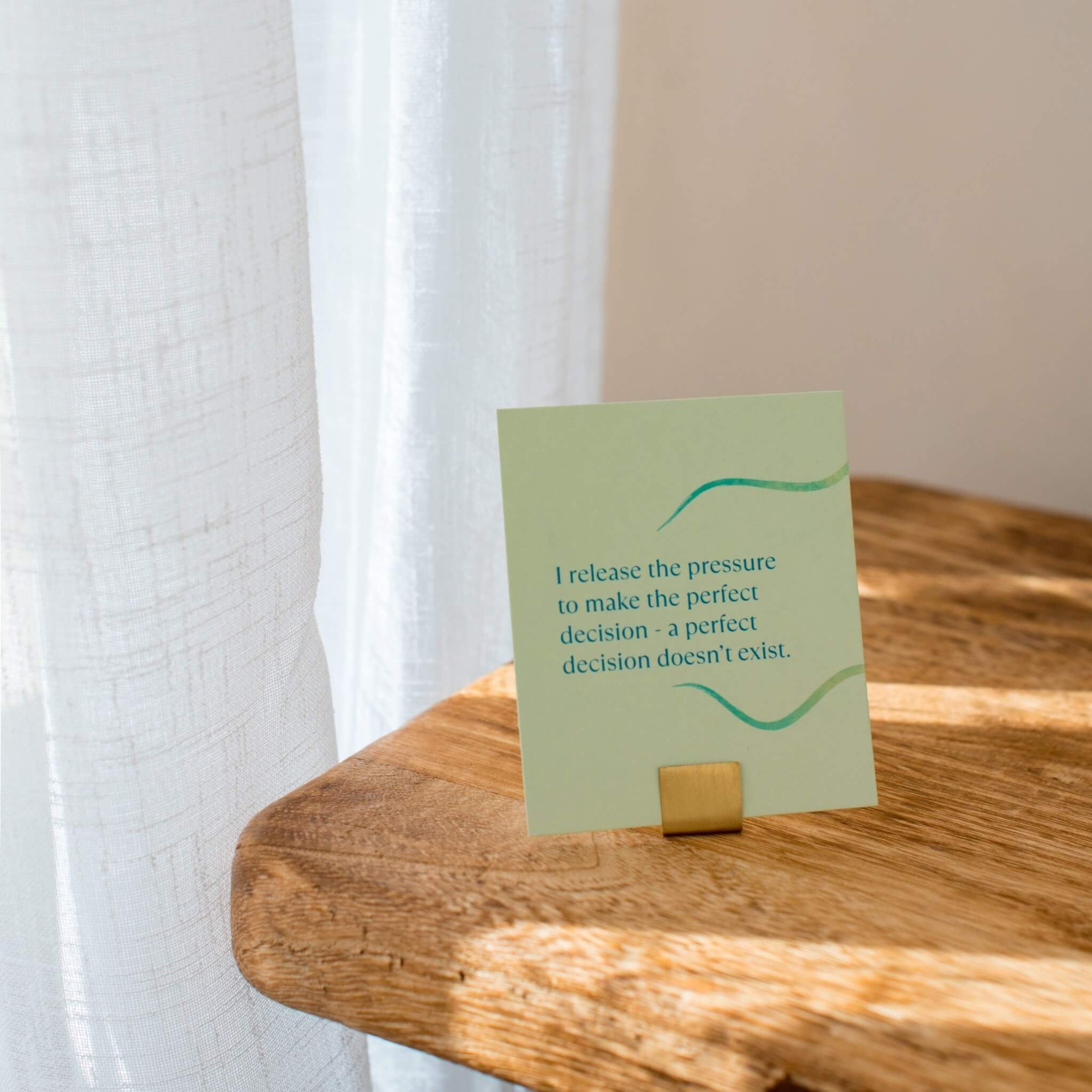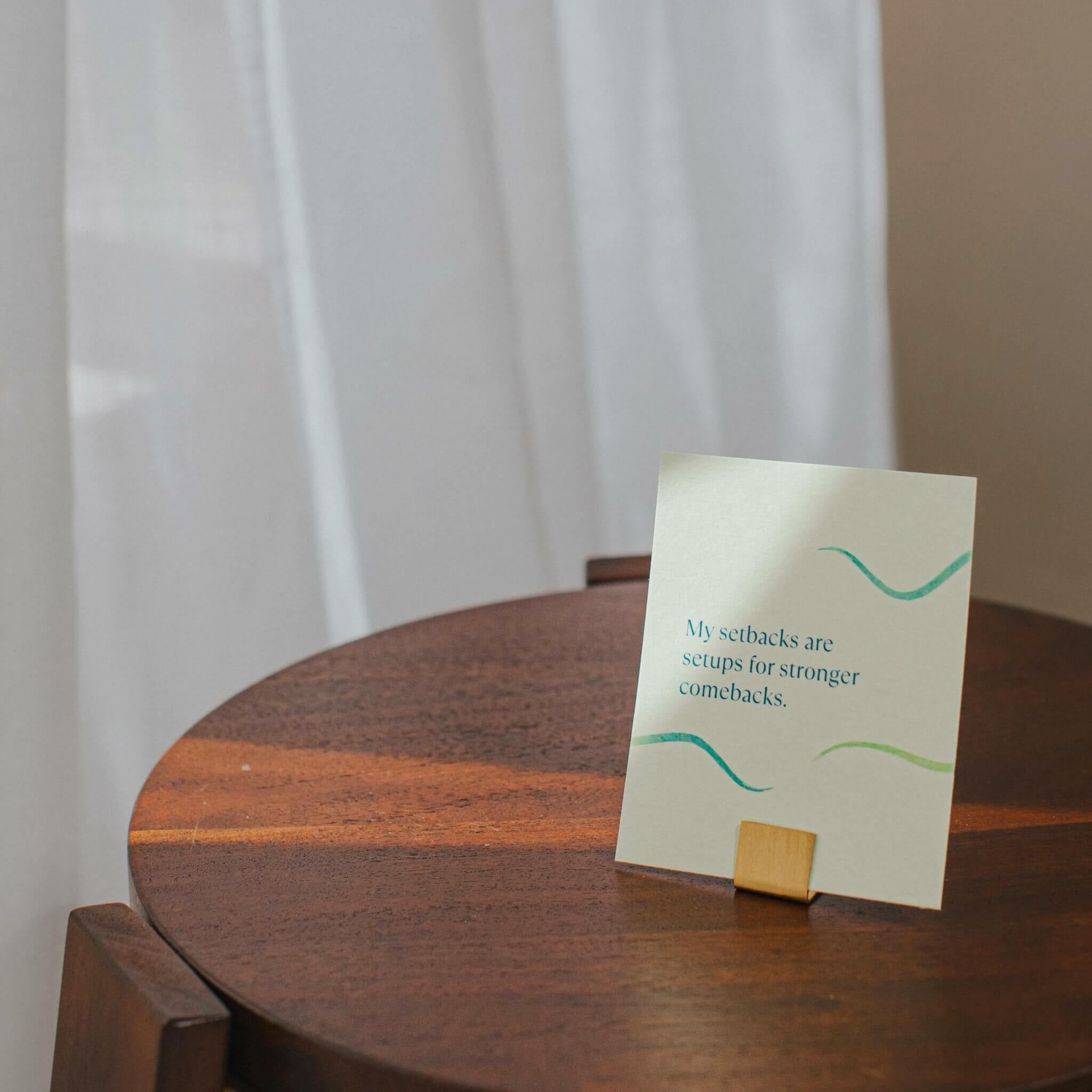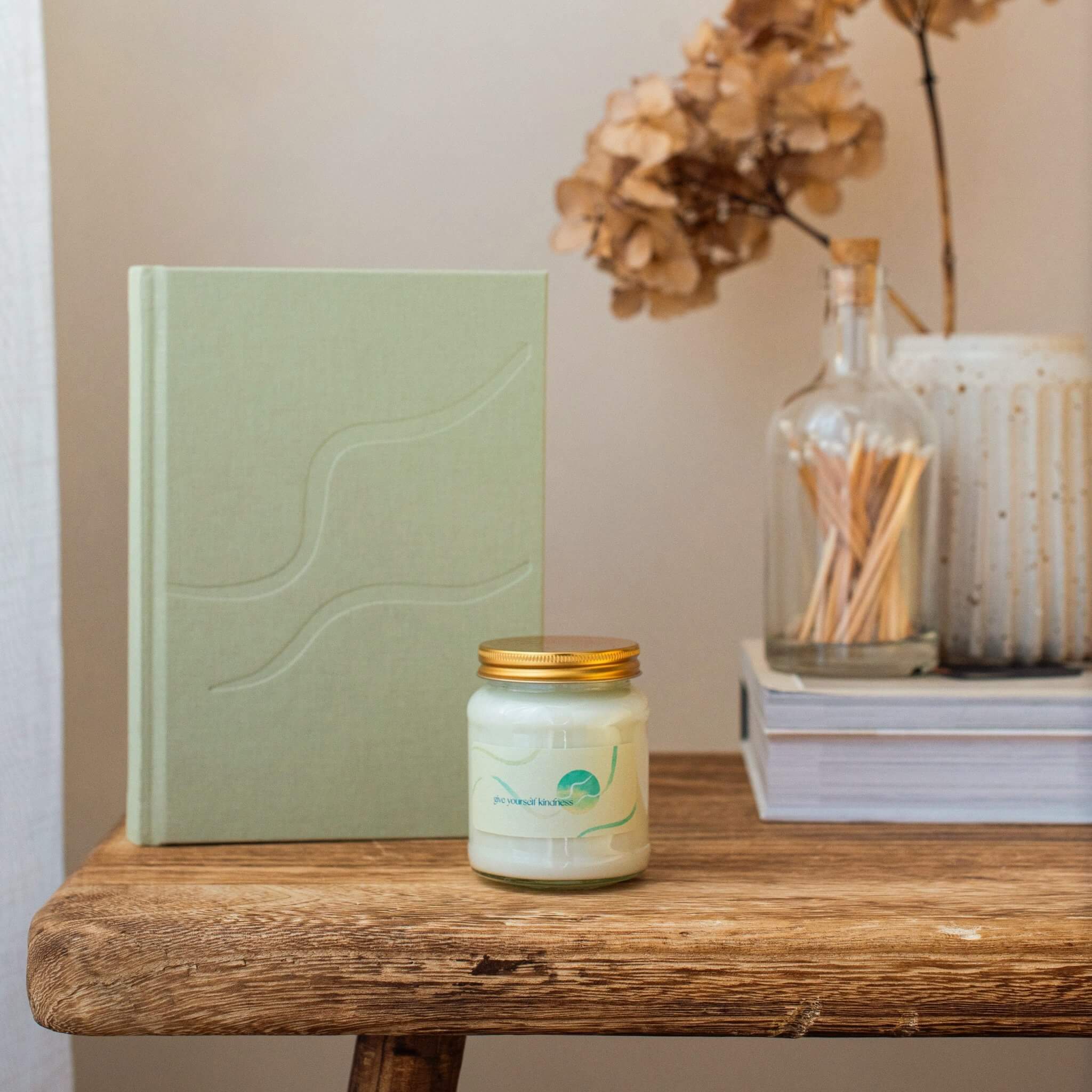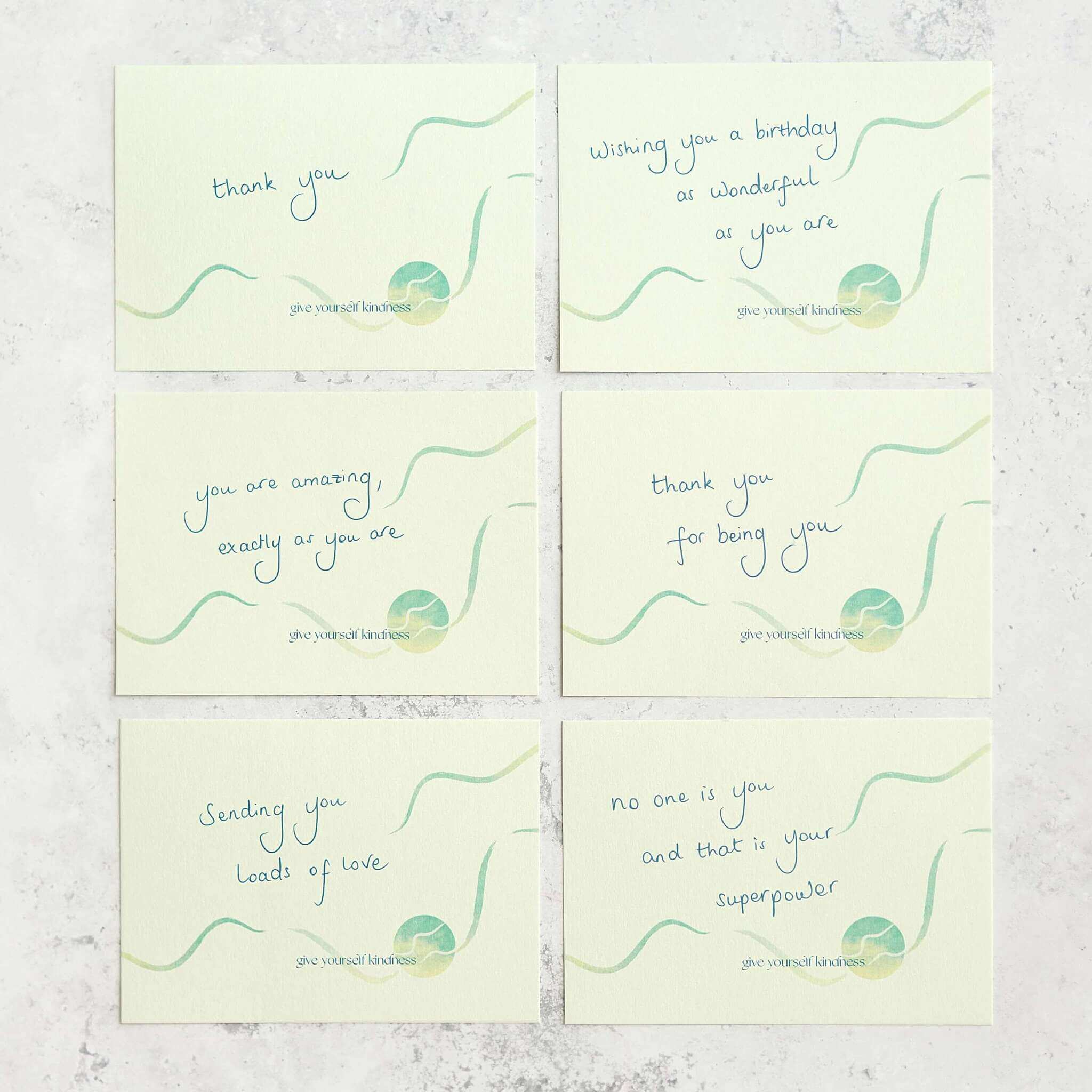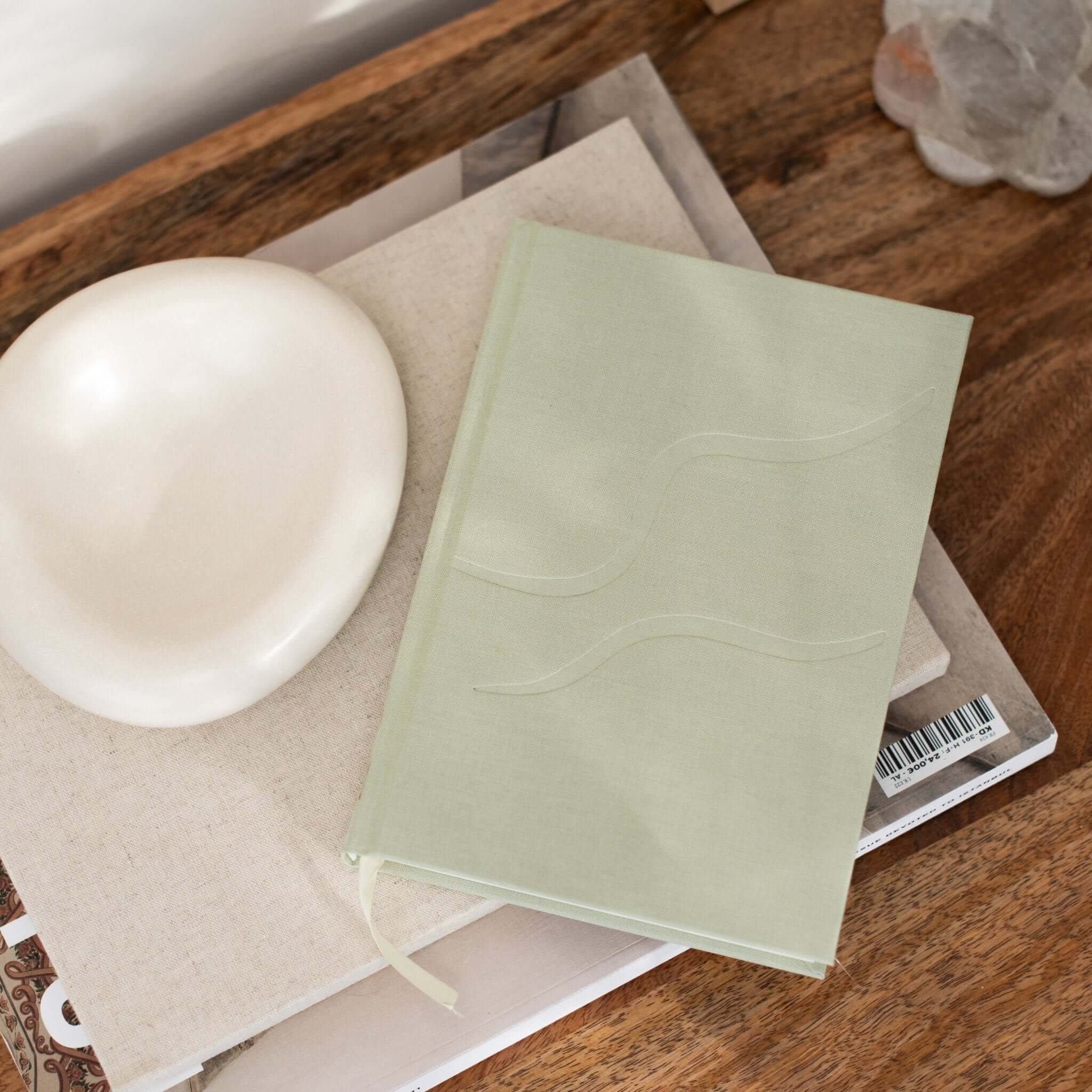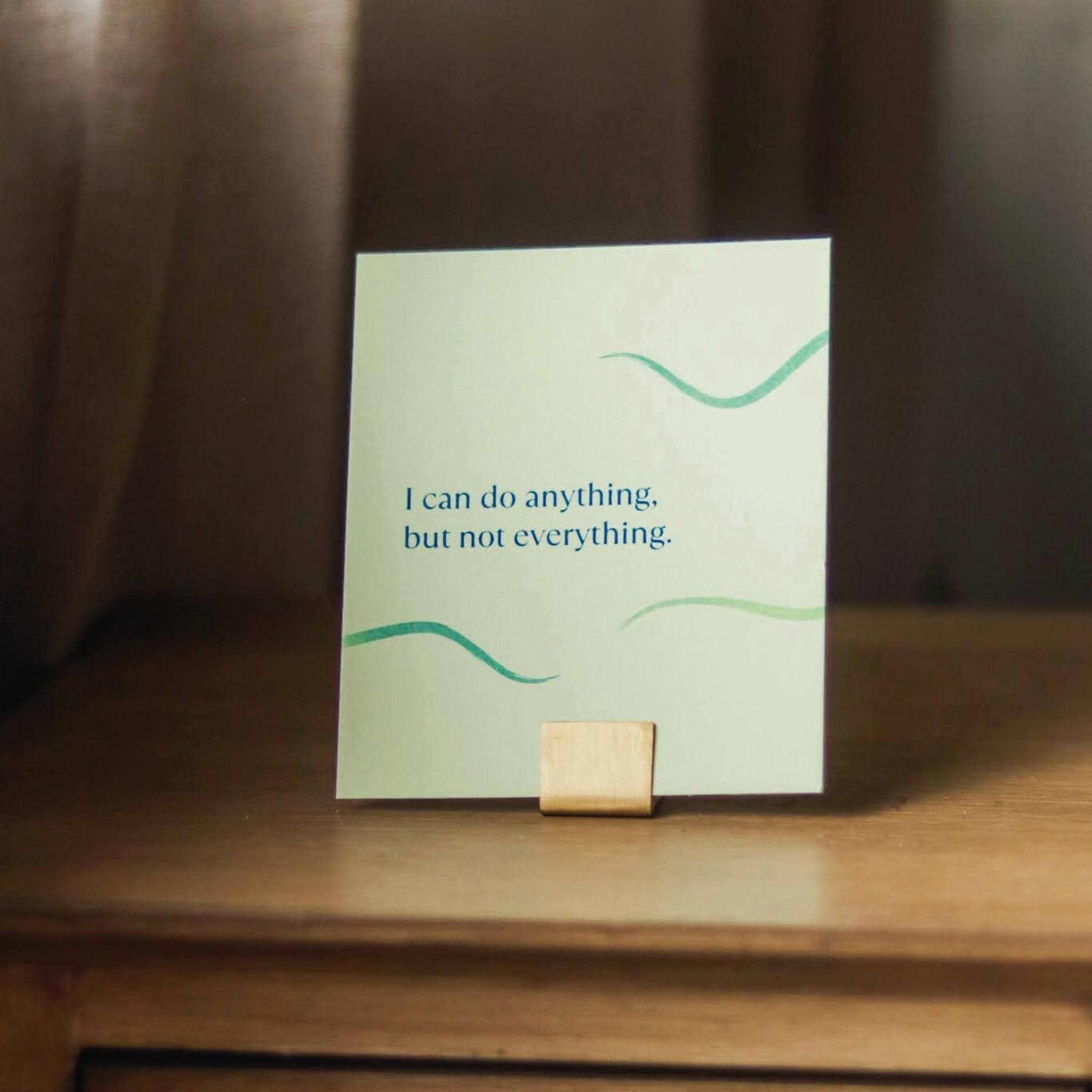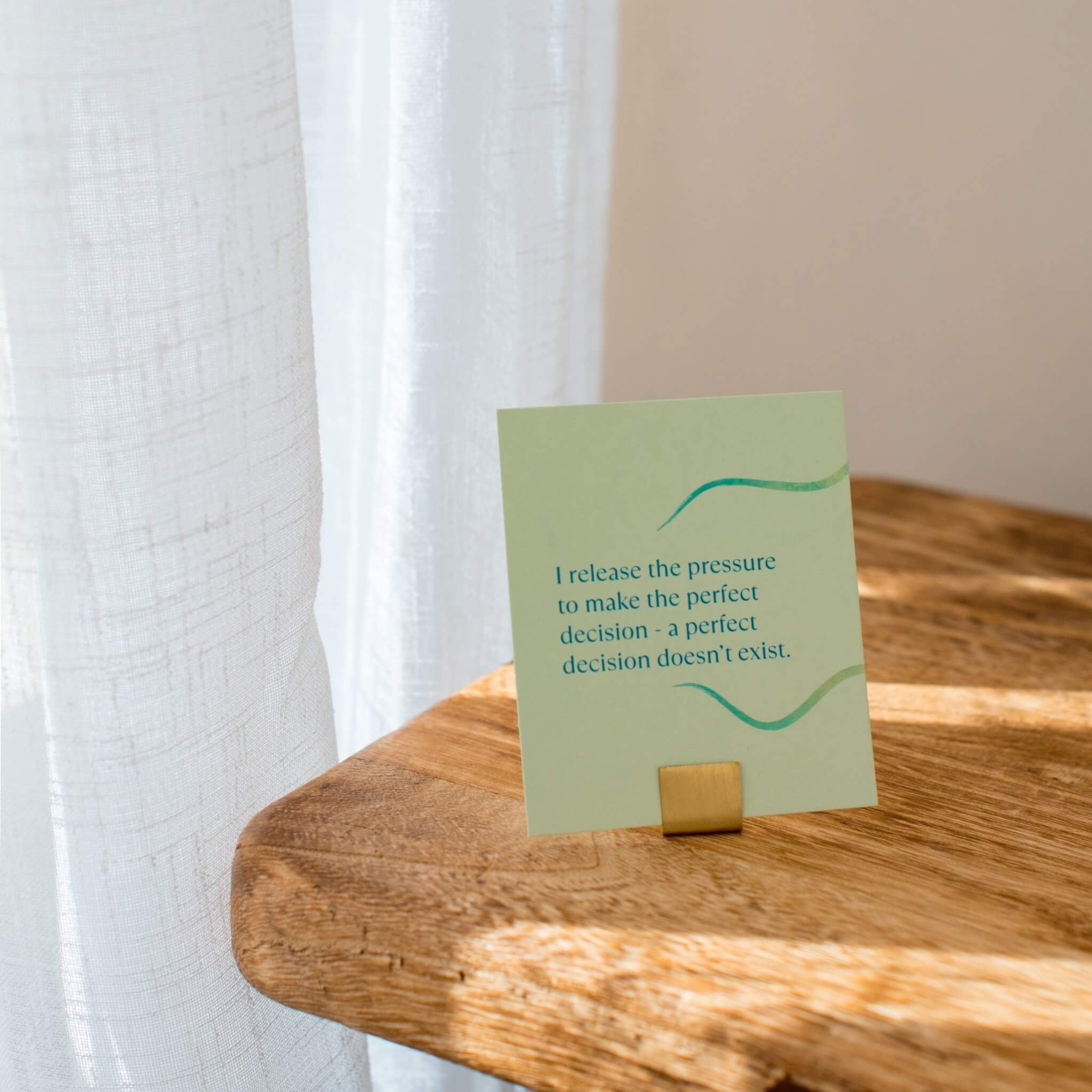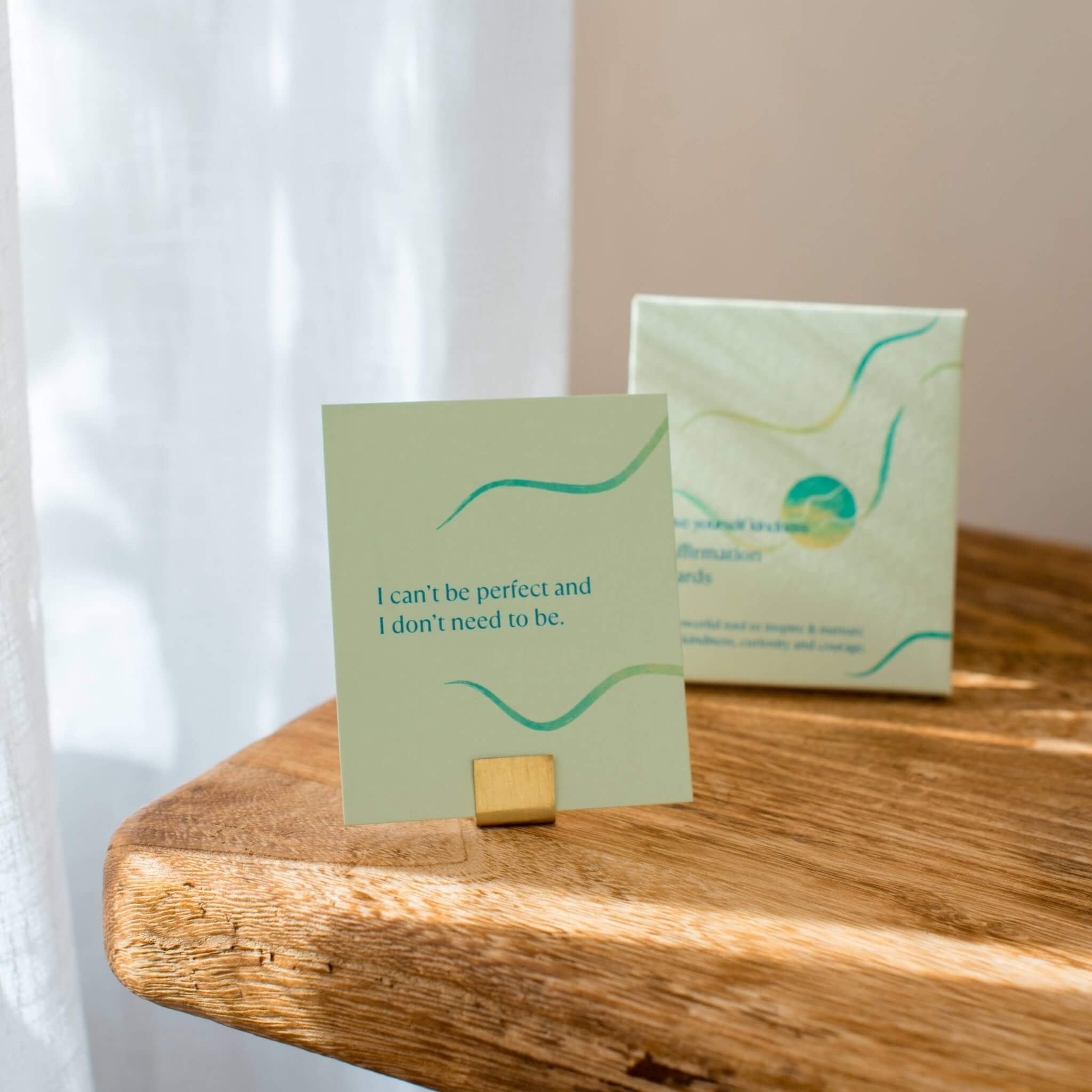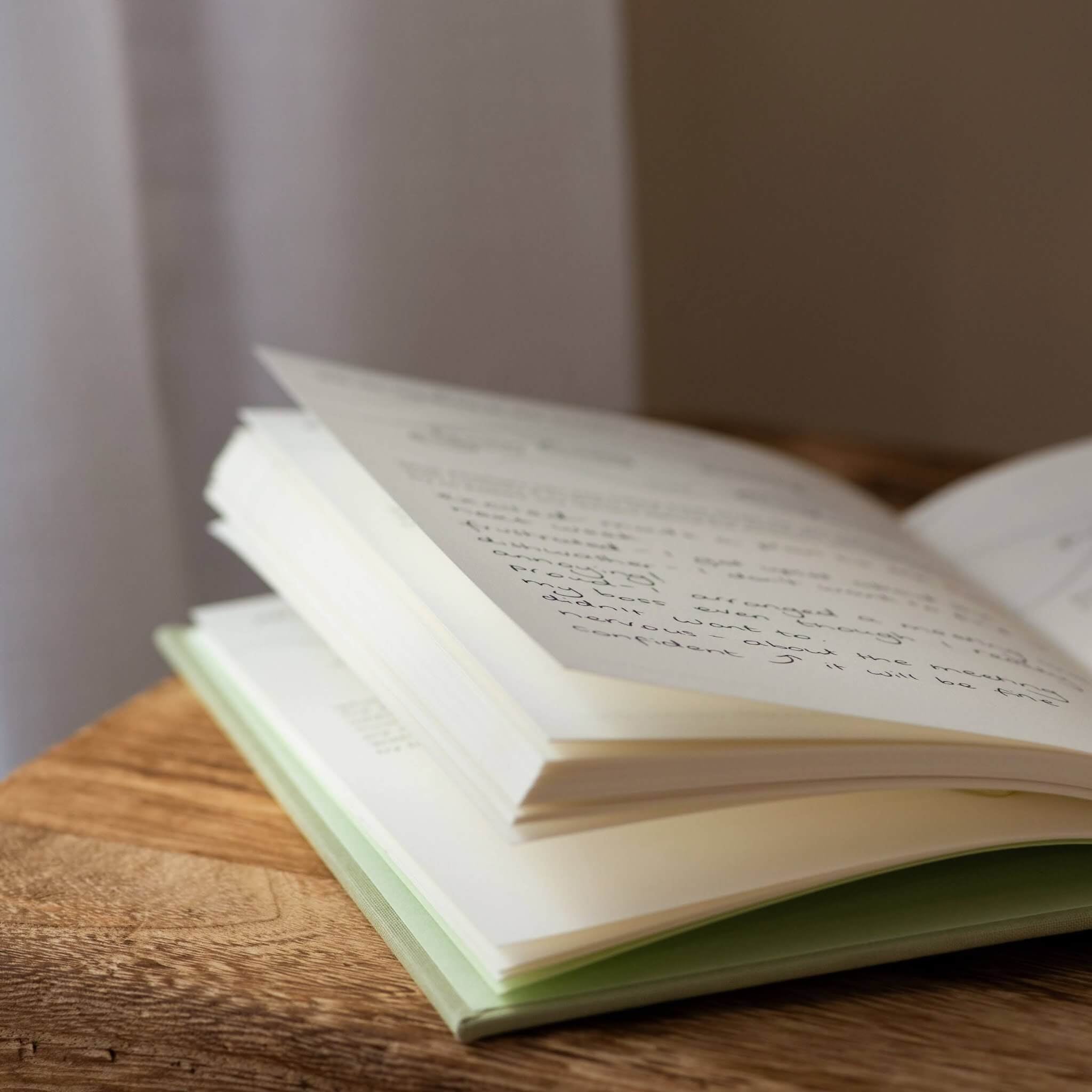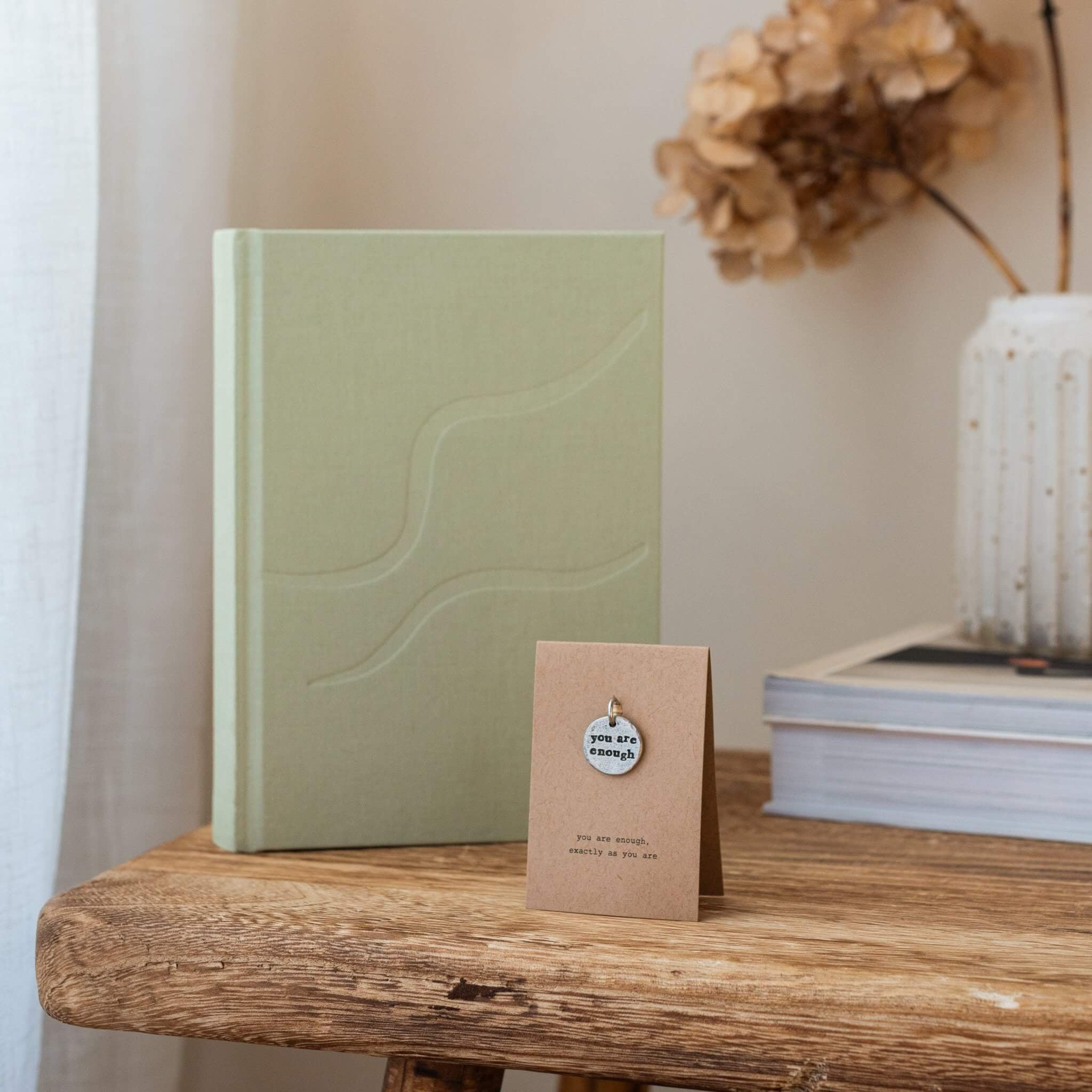written exclusively for Give Yourself Kindness by Dr Elaine Beaumont, a cognitive behavioural psychotherapist, compassion focused therapist and Europe-approved eye movement desensitisation and reprocessing practitioner. She is a lecturer at the University of Salford, where her research explores the impact Compassionate Mind Training and Compassion Focused Therapy has in educational, healthcare and clinical settings.
Cultivating compassion for wellbeing
Cultivating compassion and learning to be kinder to ourselves can have a positive impact on our physical and psychological wellbeing.[i]
'cultivating compassion has been found to lead to changes in the body and brain'
Learning to be kinder to ourselves by cultivating compassion has been found to lead to changes in the body and brain, and improvements in psychological health. [ii]
The antidote to shame and self-criticism
Professor Paul Gilbert the founder of Compassion Focused Therapy (CFT) suggests that cultivating compassion for our struggles may be the antidote to shame and self-criticism.[iii]
We may experience self-criticism or shame because we have had a panic attack in a public place, felt socially anxious and therefore cancelled plans with a friend, or lied about being ill because we wanted to avoid something.
Shame makes us worry excessively about what other people will think and triggers a threat system response alerting our mind and body to potential danger.
The origin of CFT
CFT is rooted in evolutionary, psychological science and utilises both Buddhist practices and Western psychological science. It draws on neuroscience, insights into emotion regulation and a range of psychotherapeutic models.[iv]
Techniques to cultivate compassion
We can cultivate compassion using a variety of techniques (e.g. compassionate attention, mindfulness, compassionate behaviour, compassionate thinking, compassionate emotion, and compassionate imagery), all of which aim to help us reduce self-criticism, boost self-compassion, compassion for others, and help us be open to receiving compassion from others.
When we feel anxious or are caught up in unhelpful thinking-feeling loops we can find ourselves in a thinking trap, which usually means that we ruminate and excessively worry.
For some people, this can lead to self-critical judgement and a critical inner voice. This can mean we are caught up in our threat system.
Using compassionate imagery
Compassionate imagery aims to help us slow down and connect with our soothing system in order to give ourselves a break from the threat system.
'slow down and connect with our soothing system'
Research suggests that thinking about a holiday we have booked and are looking forward to, imagining the places we’re going to see and the food and culture we’re going to experience can actually boost wellbeing even though we’re not actually there. [v]
Sports personalities use their imagination to help psych themselves up – they may also imagine themselves winning a match or receiving a gold medal.
In addition to using our imagination to psych ourselves up, we can also use our imagination to calm us down. Our imagination can take us to many places in our ‘mind’s eye’.
We can imagine sitting on a peaceful, relaxing beach, scoring a goal for our favourite football team (in the last minute of extra time!), being on holiday relaxing in a hammock or sitting in our favourite room in front of a log fire.
Our compassionate mind is committed to us and has compassionate qualities of wisdom and strength.
Here’s an imagery exercise that aims to help us feel calm, peaceful and soothed:
Creating an image of my calm, peaceful and soothing place
When you feel ready, spend some time bringing to mind an image of a place that you feel is soothing or calming in some way. This may be somewhere you have been before or somewhere completely ‘made up’.
Try not to get frustrated or worried if no image comes to mind for a while, or if you find that several different images come to mind.
'try not to get frustrated or worried if no image comes to mind'
Mindfully try and stay with the intention to allow an image to come to mind that feels calming or soothing in some way.
When an image has come to mind, spend a few moments being with it.
To start with, mindfully pay attention to what you can see in this image. This might be colours, shapes, or objects.
Next, notice if there are any sounds that are present in this image of your calming or soothing place. If there are, gently pay attention to these, noticing the different qualities they may have, and how they leave you feeling.
Now, notice whether there are any soothing or comforting smells that are present here in your image.
Next, notice any physical sensations you can feel or things you come into physical contact with or touch, such as the warmth of the sun against your skin or the feel of the grass, or sand beneath your feet.
Maybe you can consider whether you are in your calm or soothing place on your own, or whether someone or something else (like an animal), is there with you.
As this is your own calm or soothing place, imagine that it has an awareness of you. It welcomes you there and is happy to see you; it wants you to feel calm, relaxed and peaceful. Notice how it feels to know that this place wants you to feel supported, safe and at ease.
'it welcomes you there and is happy to see you'
Given that this is a place in which you can feel at ease, calm, peaceful or relaxed it may be useful to consider what you would like to do whilst being here.
Maybe you wish to remain still, content with just ‘being’ in the moment, in this place. Or you might like to explore the place in a more active way, by moving around in this place, walking, swimming, or playing a game.
It is your own unique place, you can use it in a way that helps you to feel at ease, as well as engaged and interested, with the freedom to explore.
Involving all our senses
There’s often an emphasis on the visual aspect of imagination, however, imagery involves other senses too, such as sound, taste, smell and touch and some people find it really helpful to focus on these senses in more detail.
'we’re not hiding from our anxieties'
We’re not hiding from our anxieties when we engage in these types of practices, we’re just trying to use our compassionate mind to slow us down, helping us to connect with our parasympathetic nervous system and cultivate self-compassion.

Dr Elaine Beaumont is a cognitive behavioural psychotherapist, compassion focused therapist and Europe-approved eye movement desensitisation and reprocessing practitioner. She is a lecturer at the University of Salford, where her research explores the impact Compassionate Mind Training and Compassion Focused Therapy has in educational, healthcare and clinical settings. Elaine provides a variety of workshops regarding mental health, compassion and wellbeing for organisations, and her research has been presented worldwide.
http://beaumontpsychotherapy.co.uk/
Elaine is co-author of the bestselling books:
The Kindness Workbook: Compassionate and Creative Ways to Boost Your Wellbeing
The Compassionate Mind Workbook: A step-by-step guide to developing your compassionate self, which has helped tens of thousands of people to learn how to develop greater compassion for themselves and others.
Elaine is co-author of The Self-Compassion App
If you look at the links below and scroll down to downloadable resources you will find free worksheets, and audio files:
The Compassionate Mind Workbook
[i] Gilbert, P. (2010). The Compassionate Mind: A New Approach to Life's Challenges. London: Constable.
[ii] Kirby, J. N., Tellegen, C. L., & Steindl, S. R. (2017). A Meta-Analysis of Compassion-Based Interventions: Current State of Knowledge and Future Directions. Behavior Therapy, 48(6), 778-792.
[iii] Gilbert, P., & Procter, S. (2006). Compassionate mind training with people who have high shame and self-criticism. In P. Gilbert (Ed.), Compassion: Conceptualisations, Research and Use in Psychotherapy (pp. 353-367). Routledge.
[iv] Irons, C., & Beaumont, E. (2017). The Compassionate Mind Workbook. A step-by-step guide to developing your Compassionate Self. London: Little, Brown Book Group
[v] Fredrickson, B. L. (2013). Positive emotions broaden and build. Advances in Mind-Body Medicine, 27(3), 4-10.



